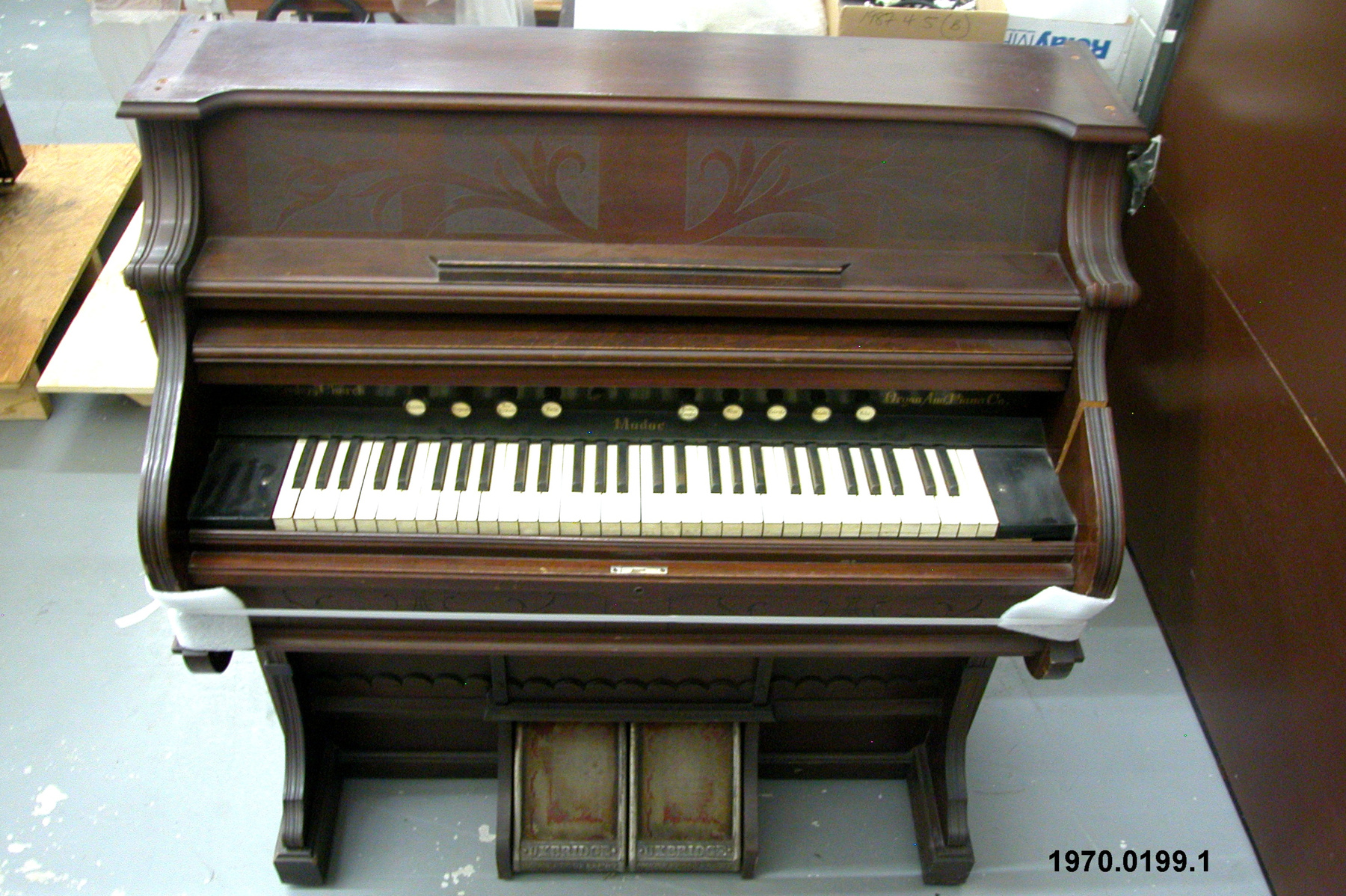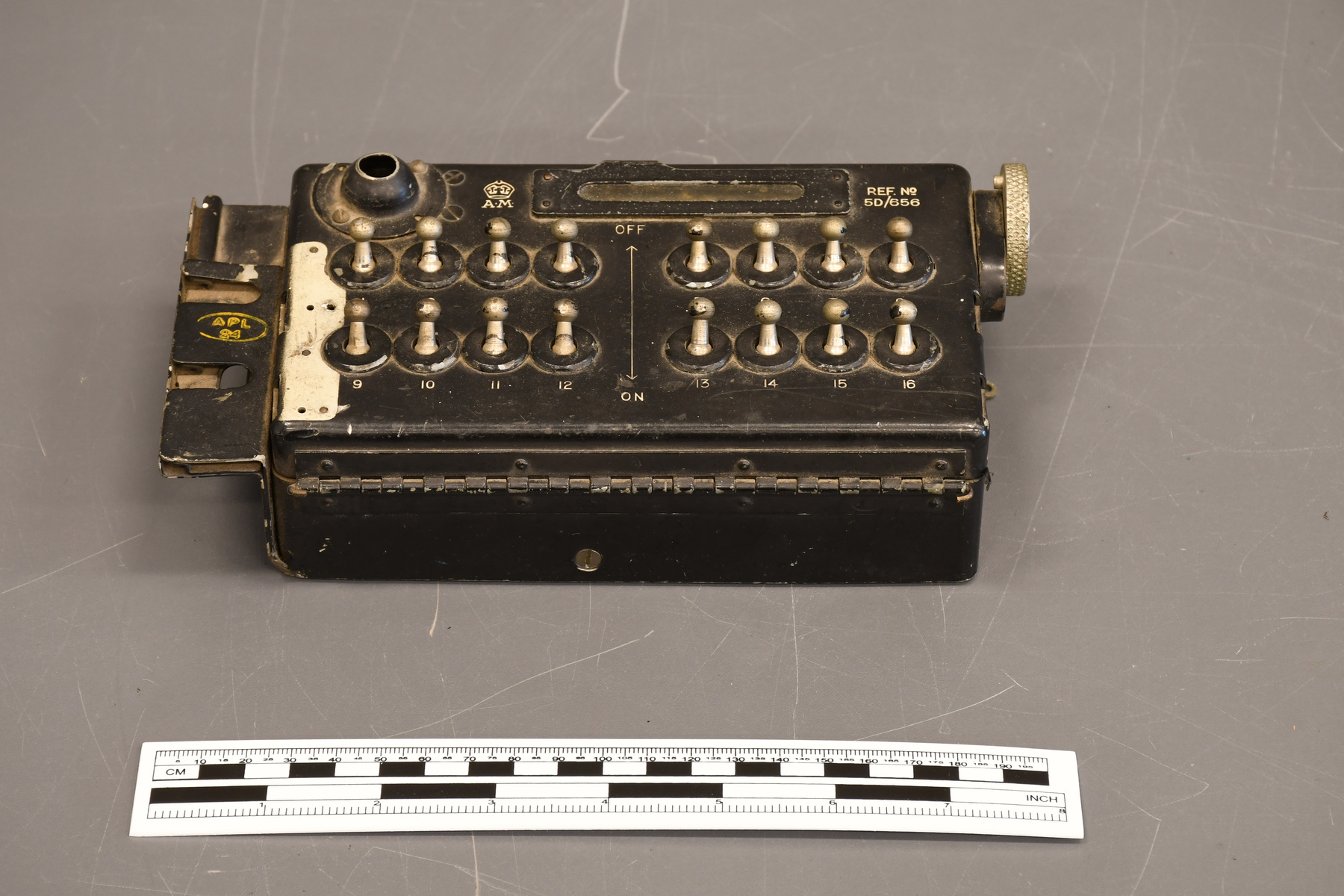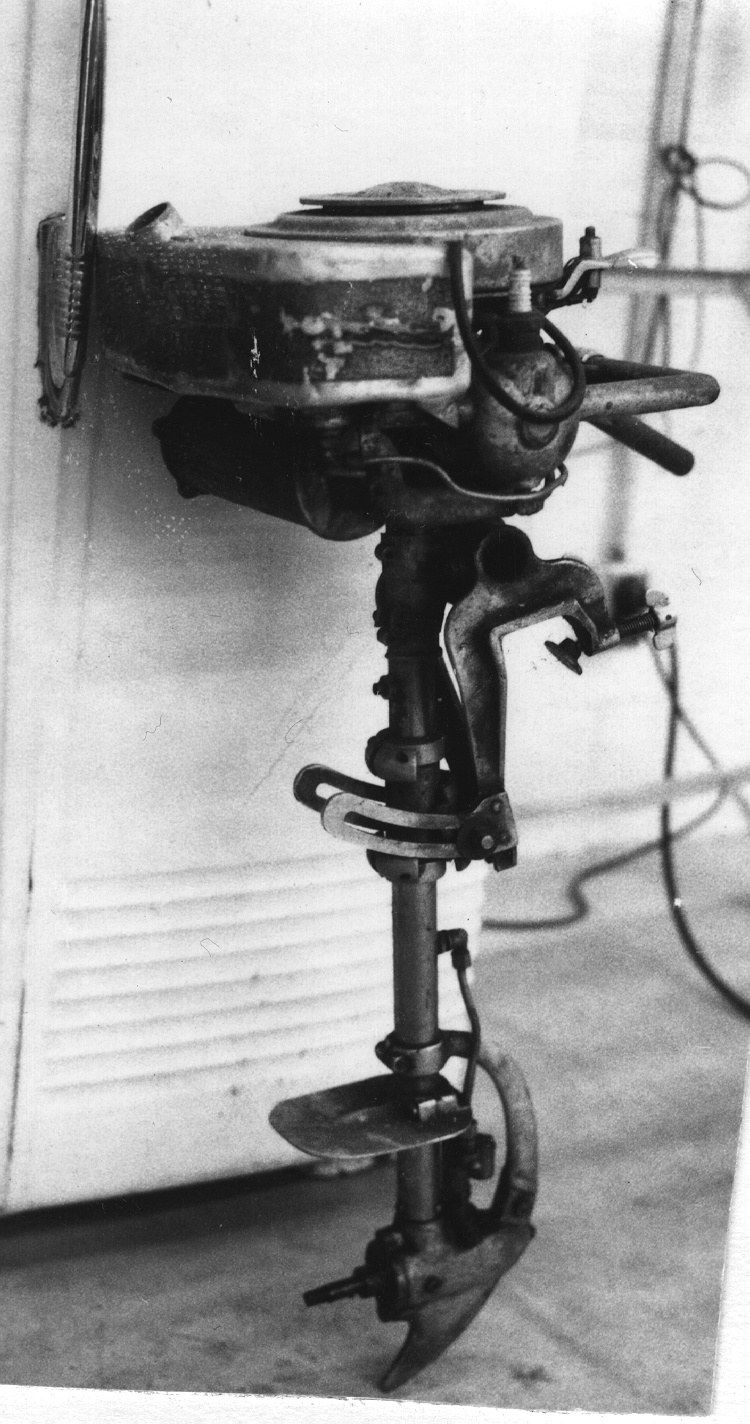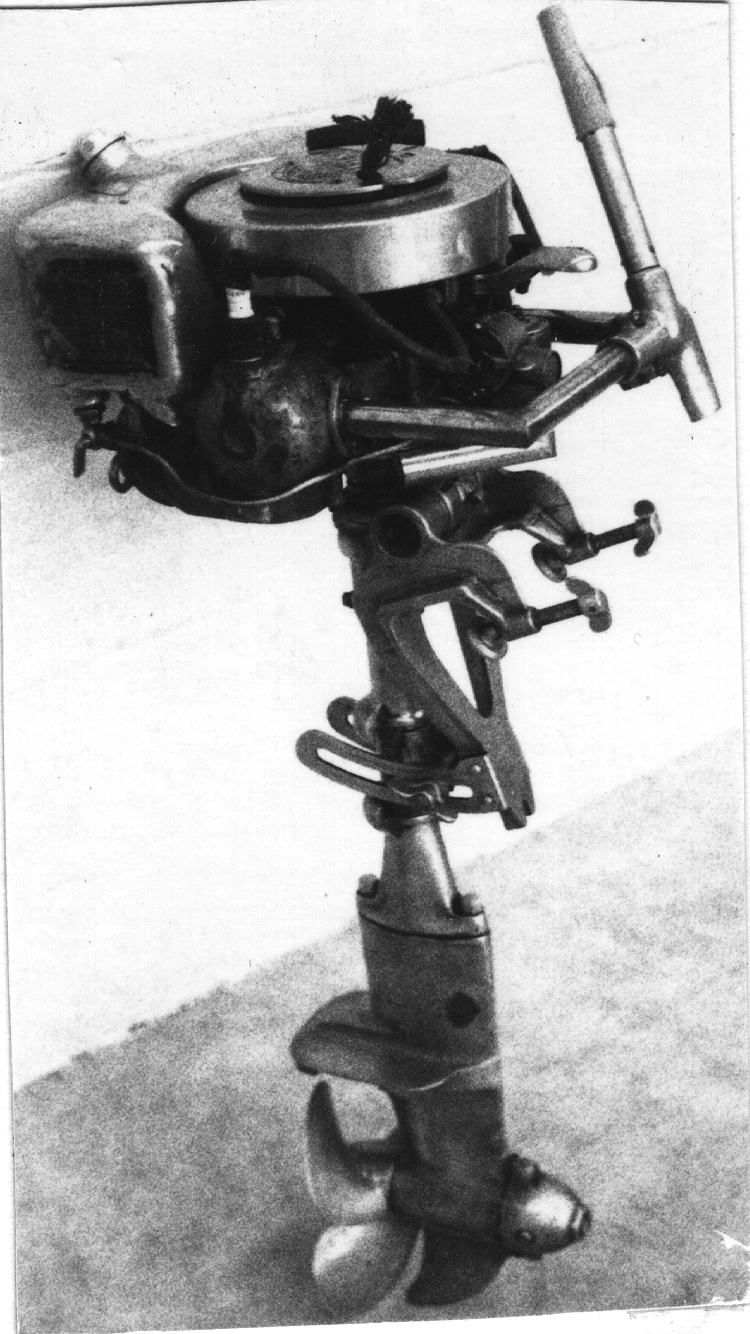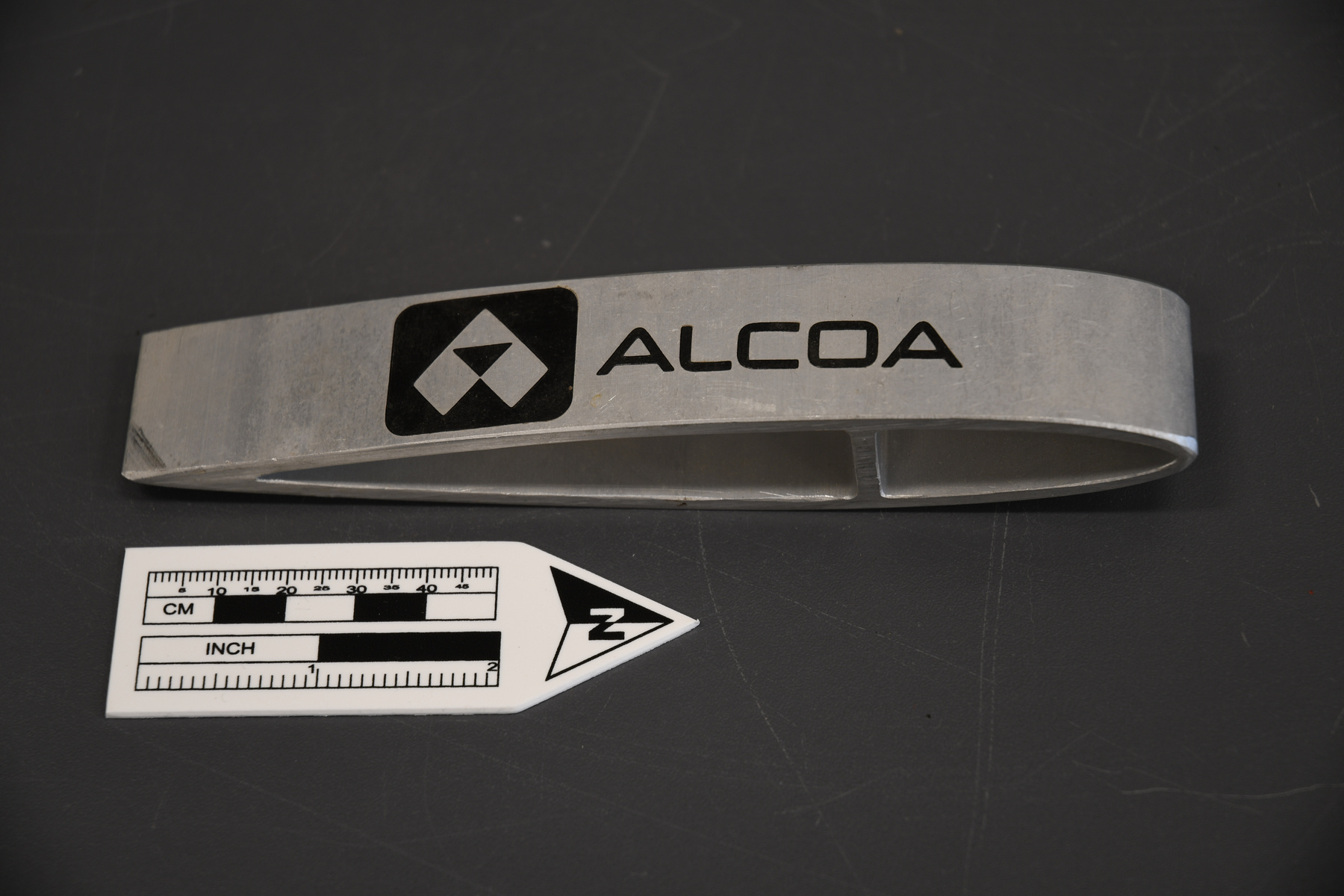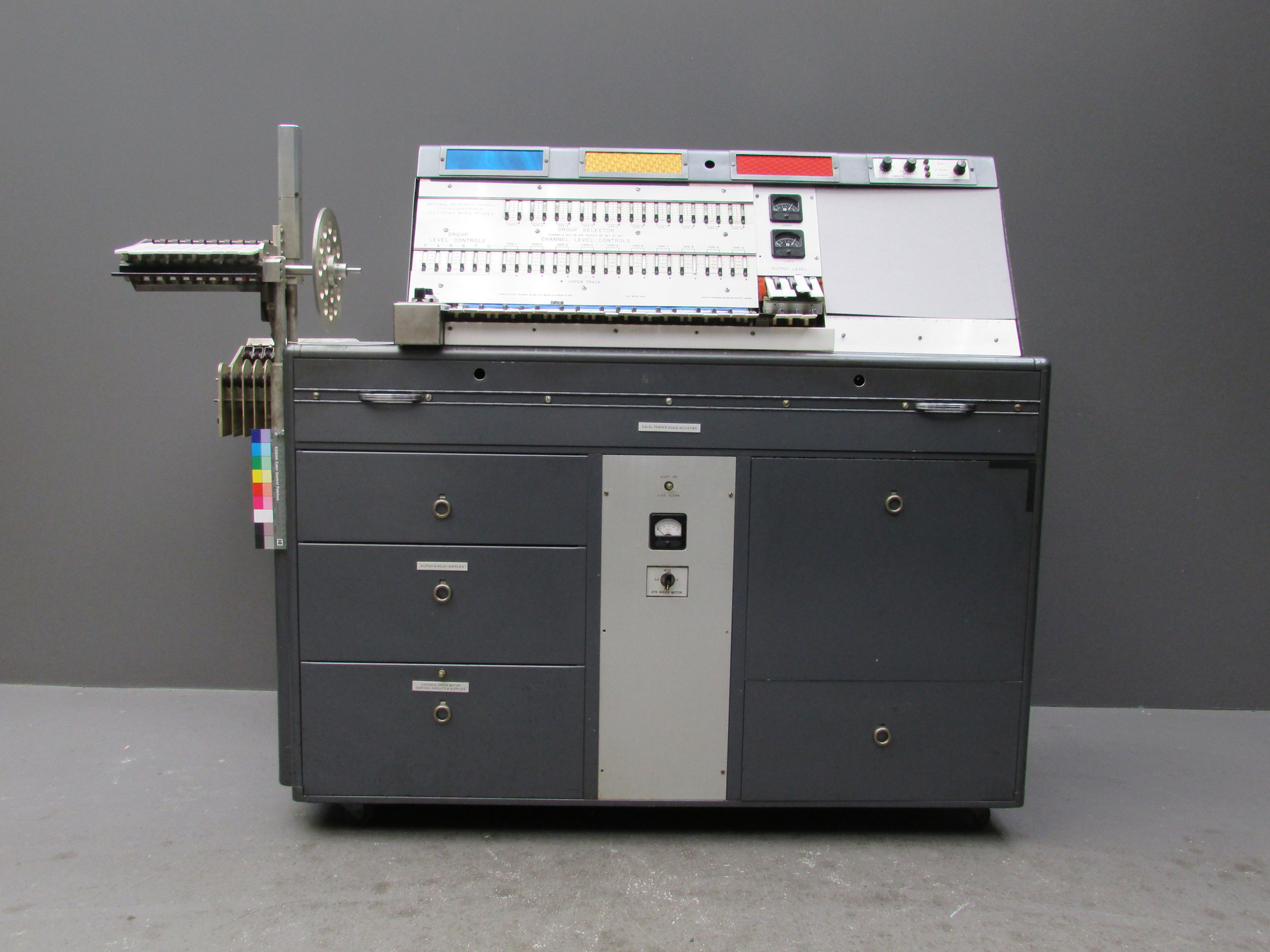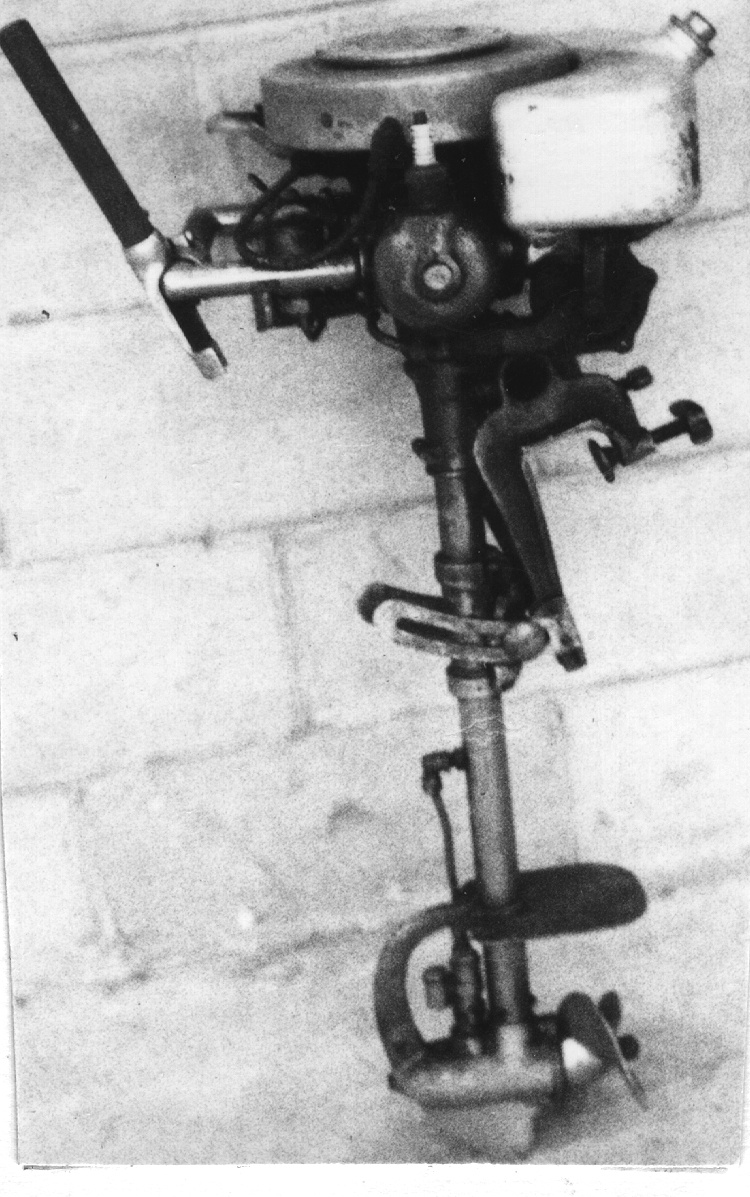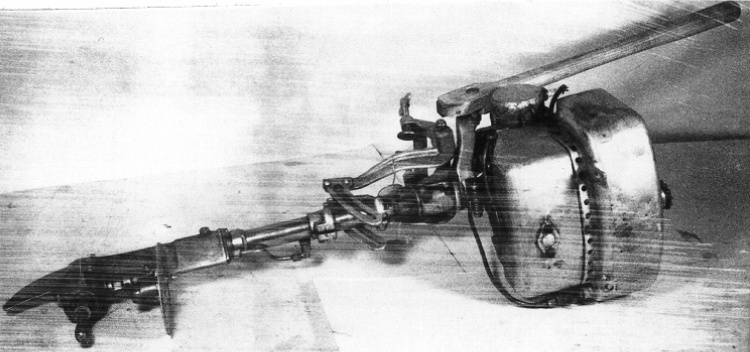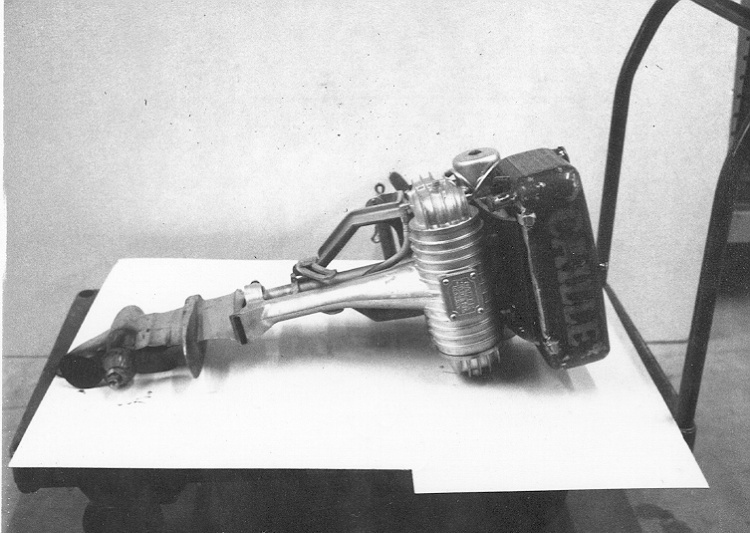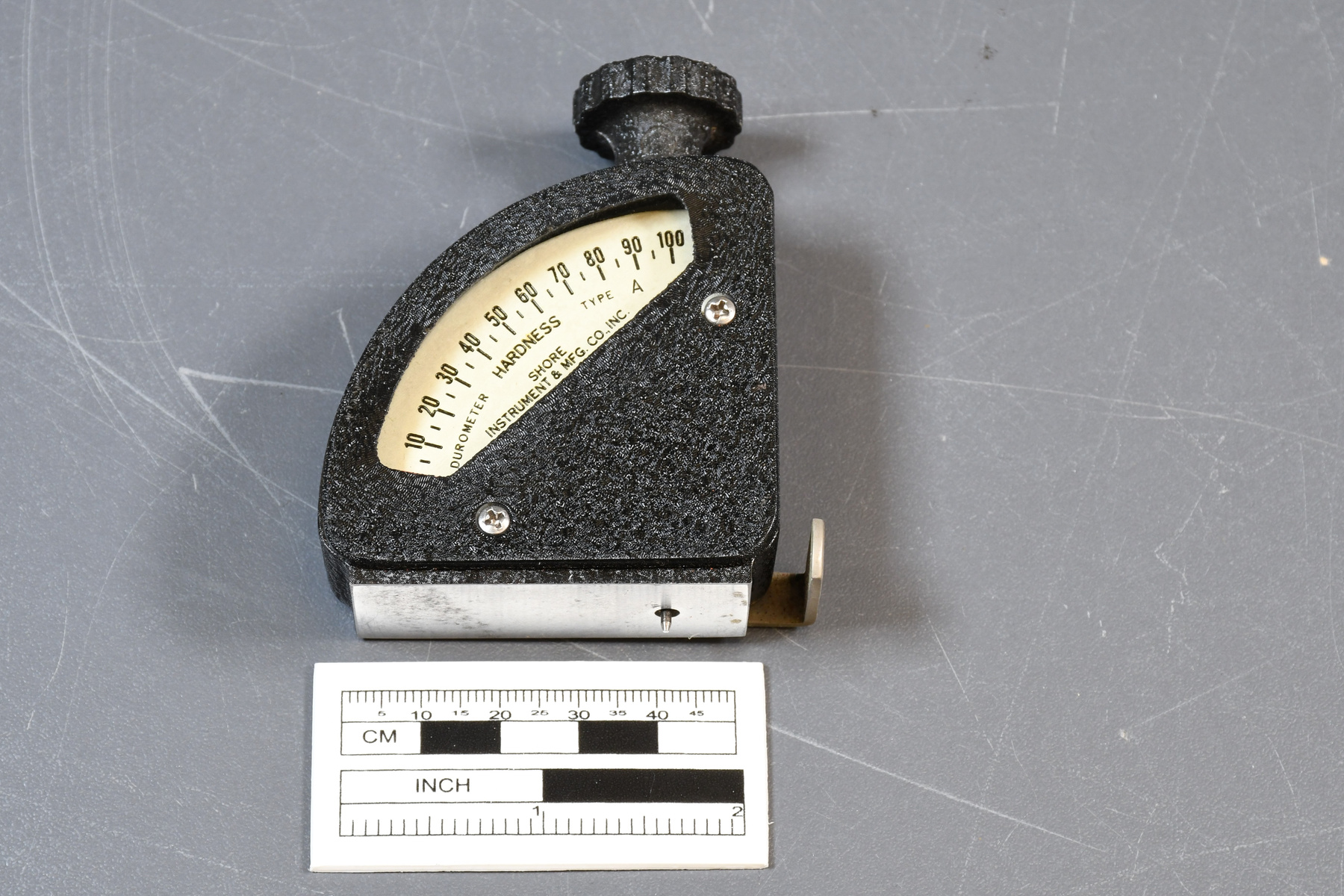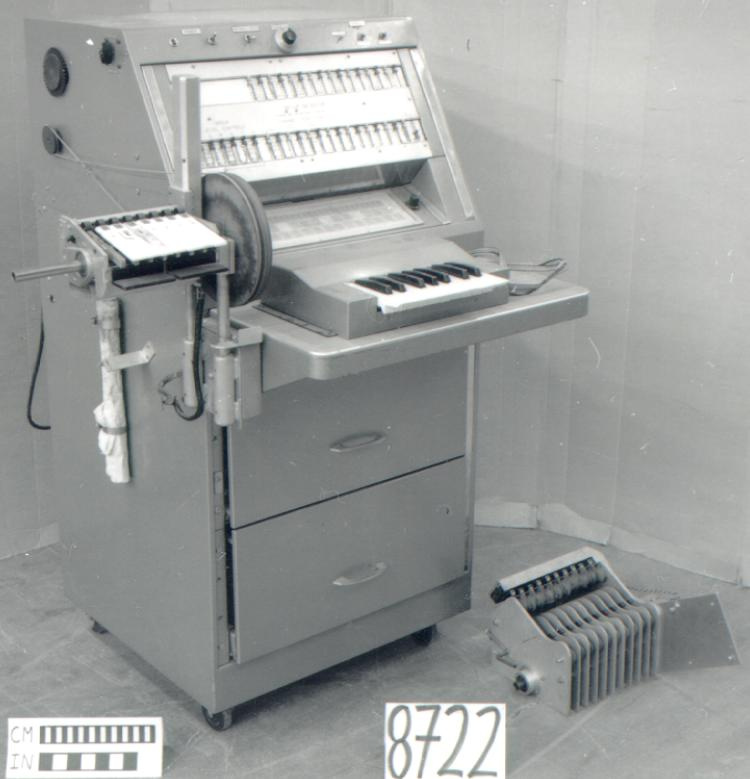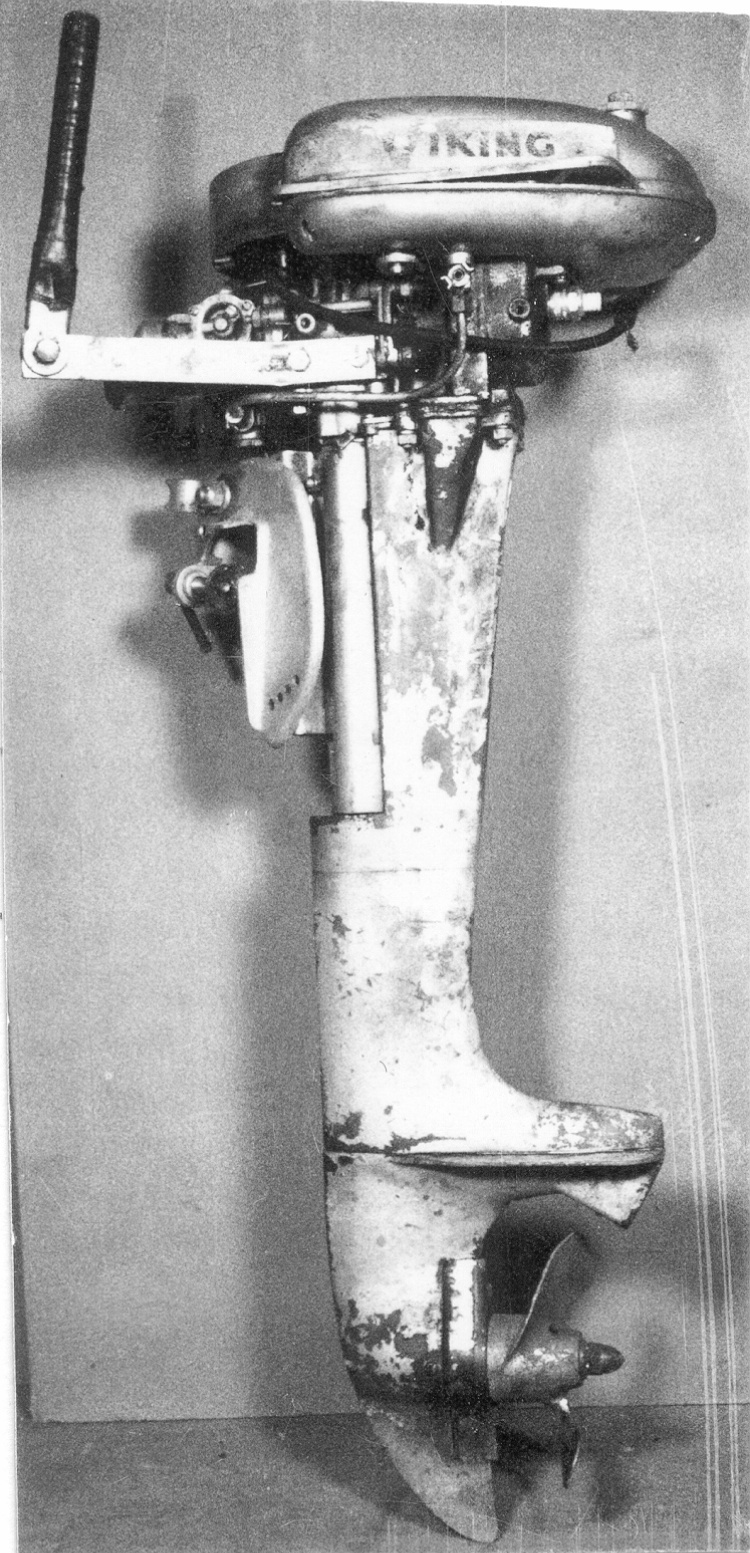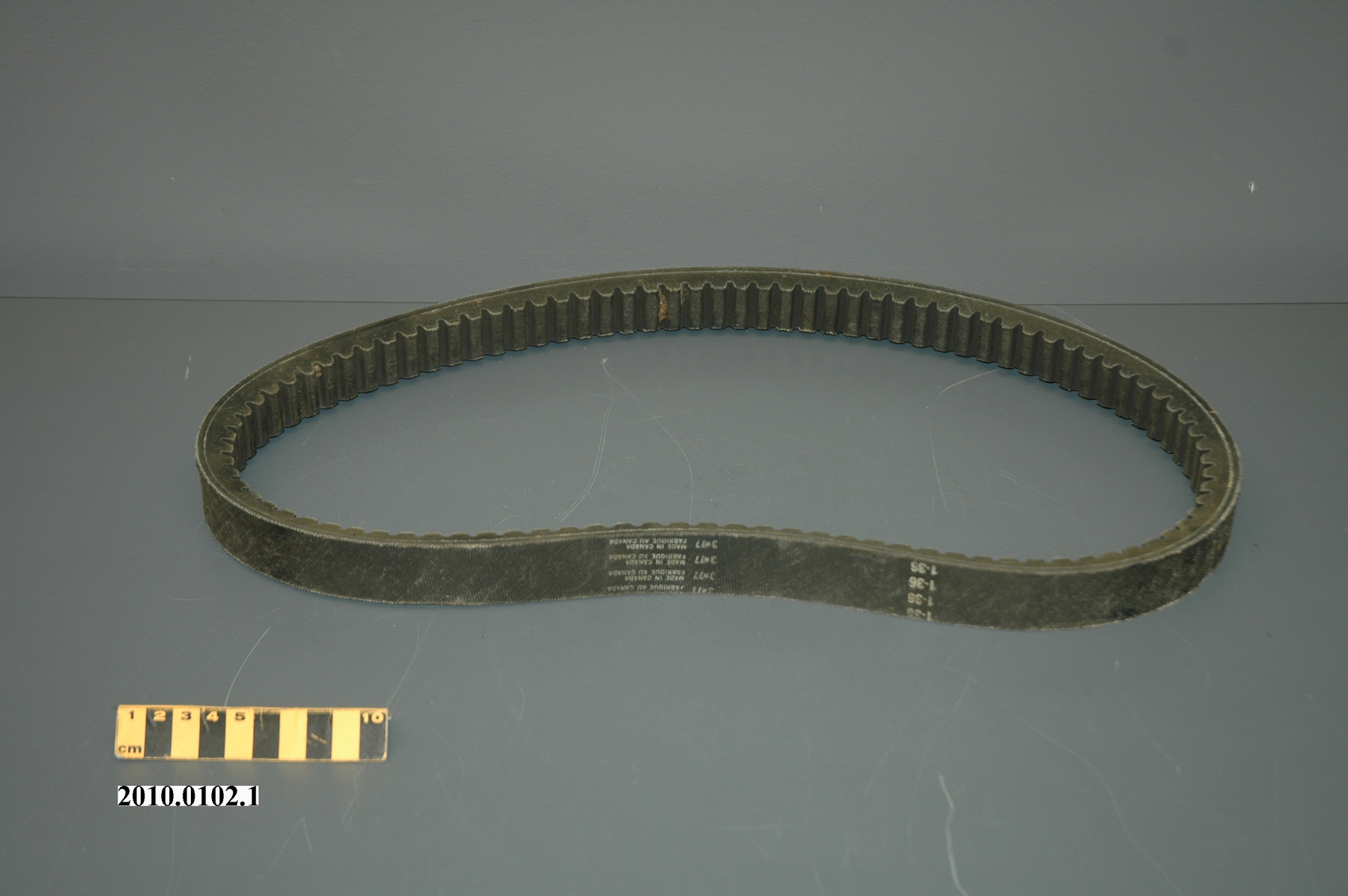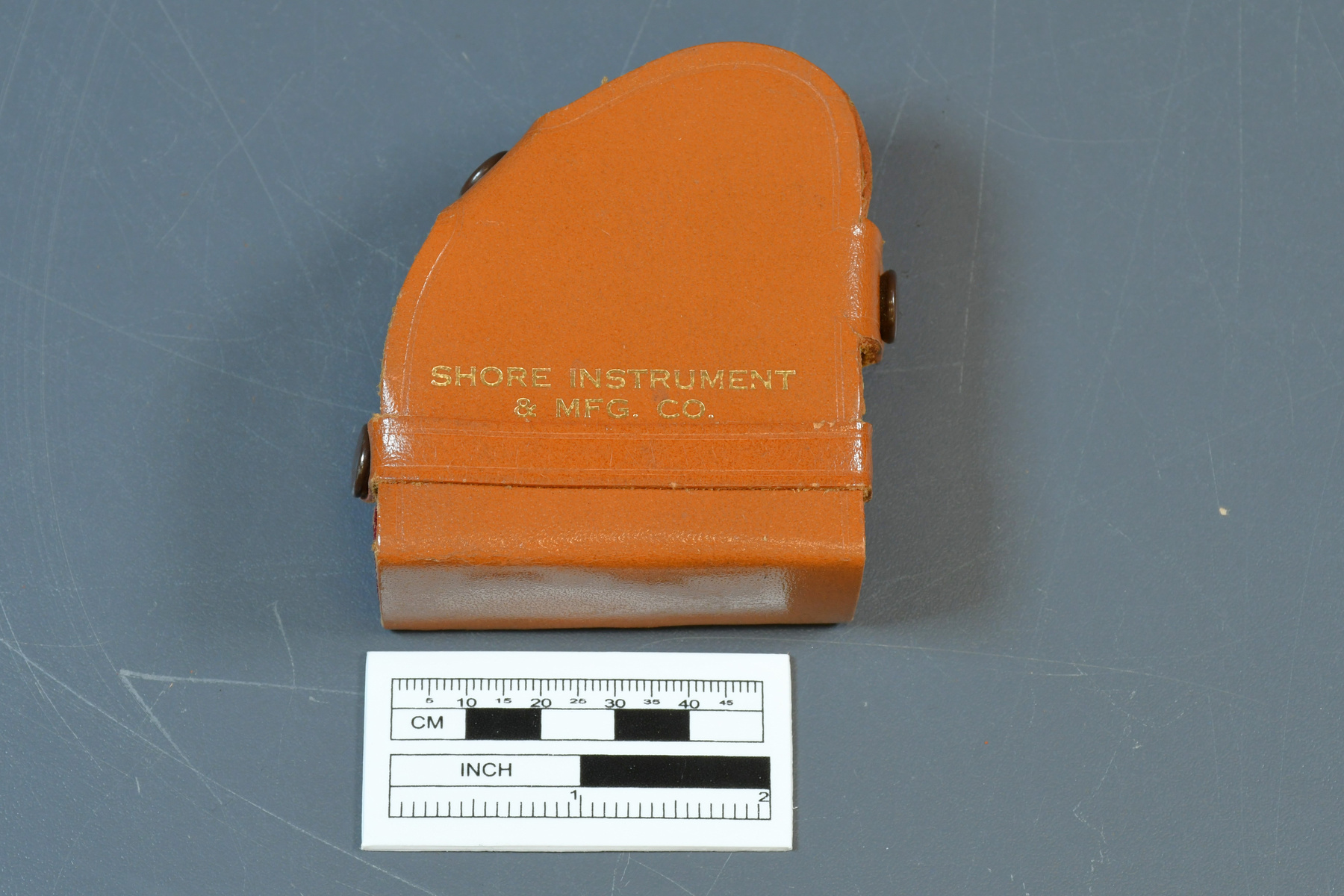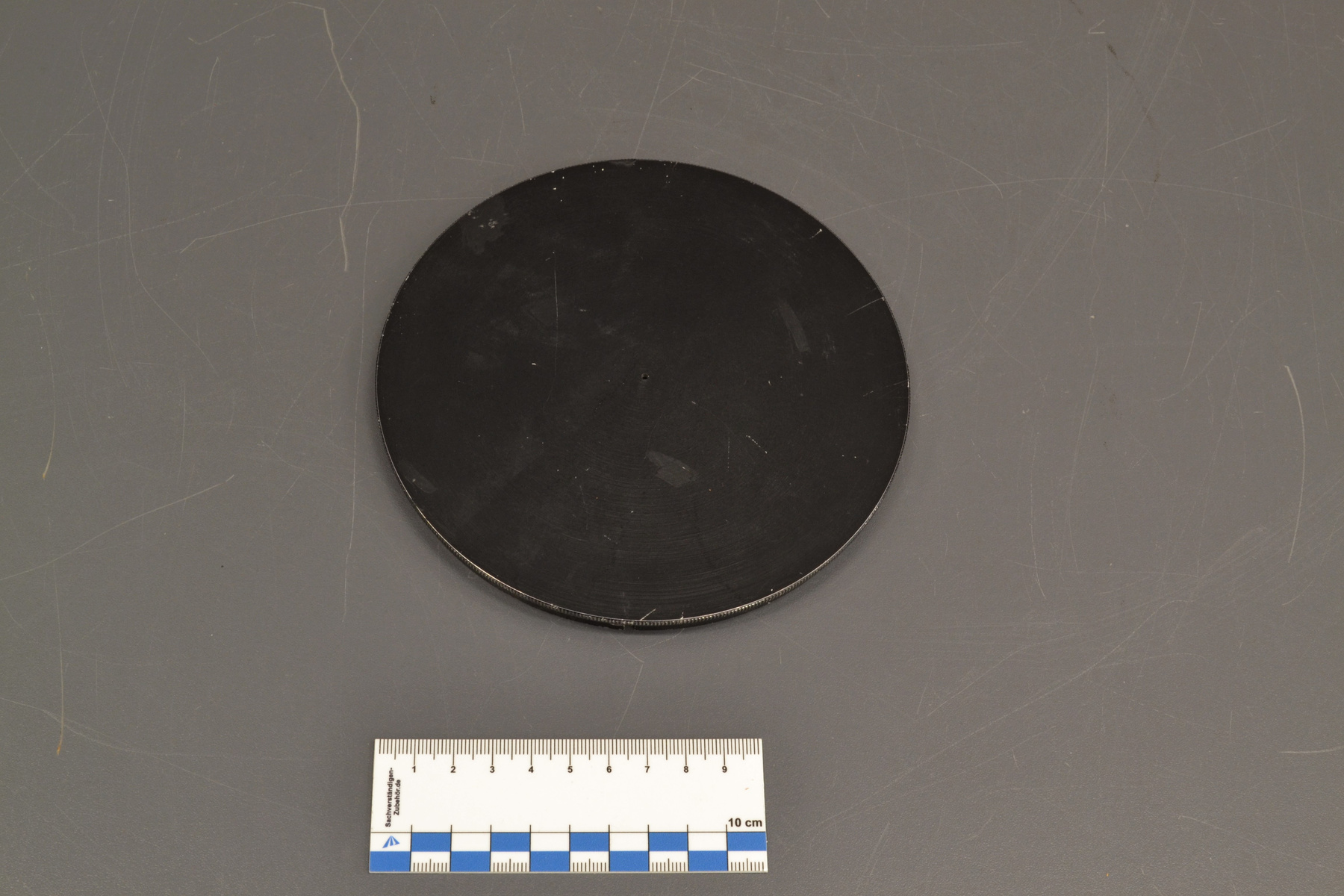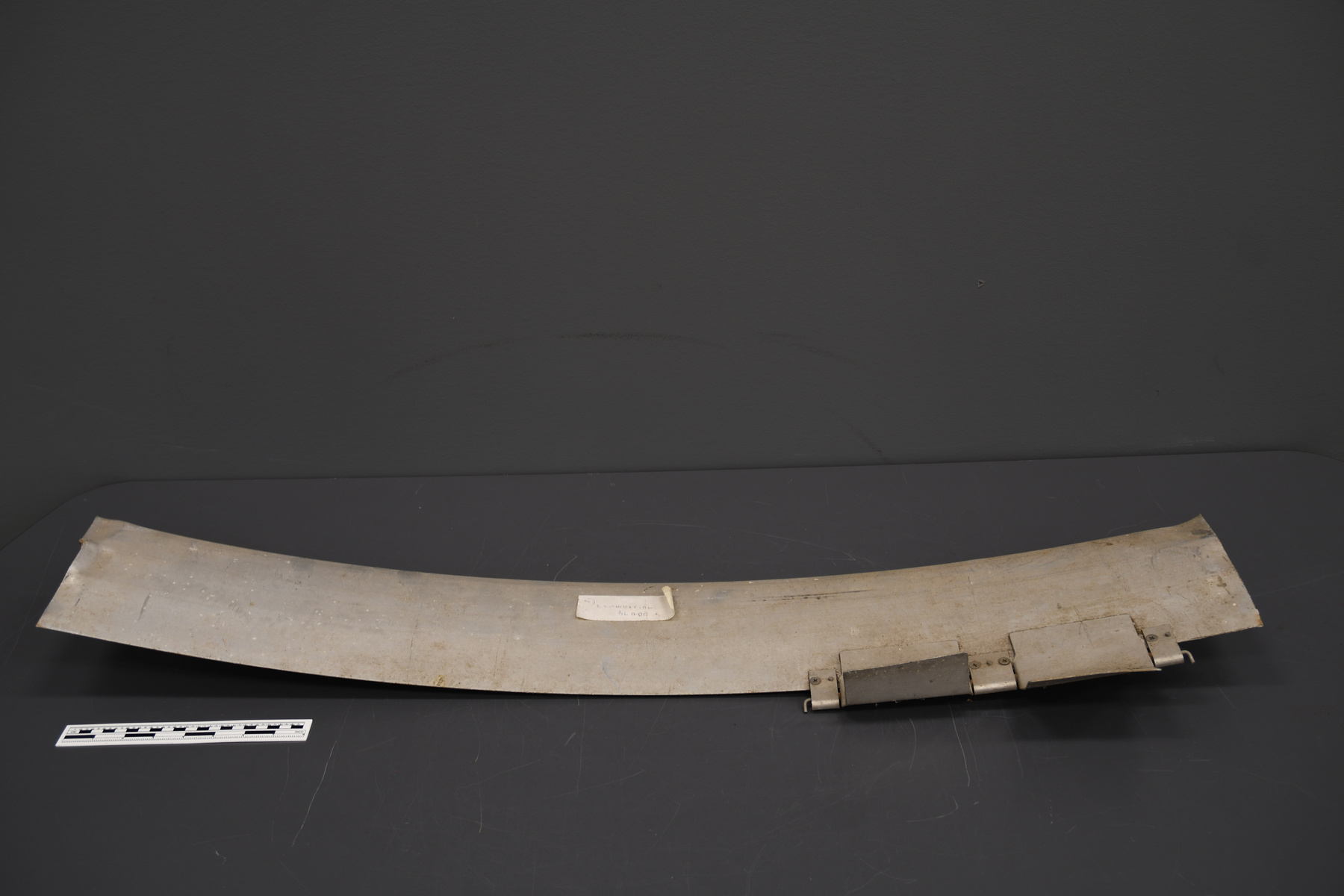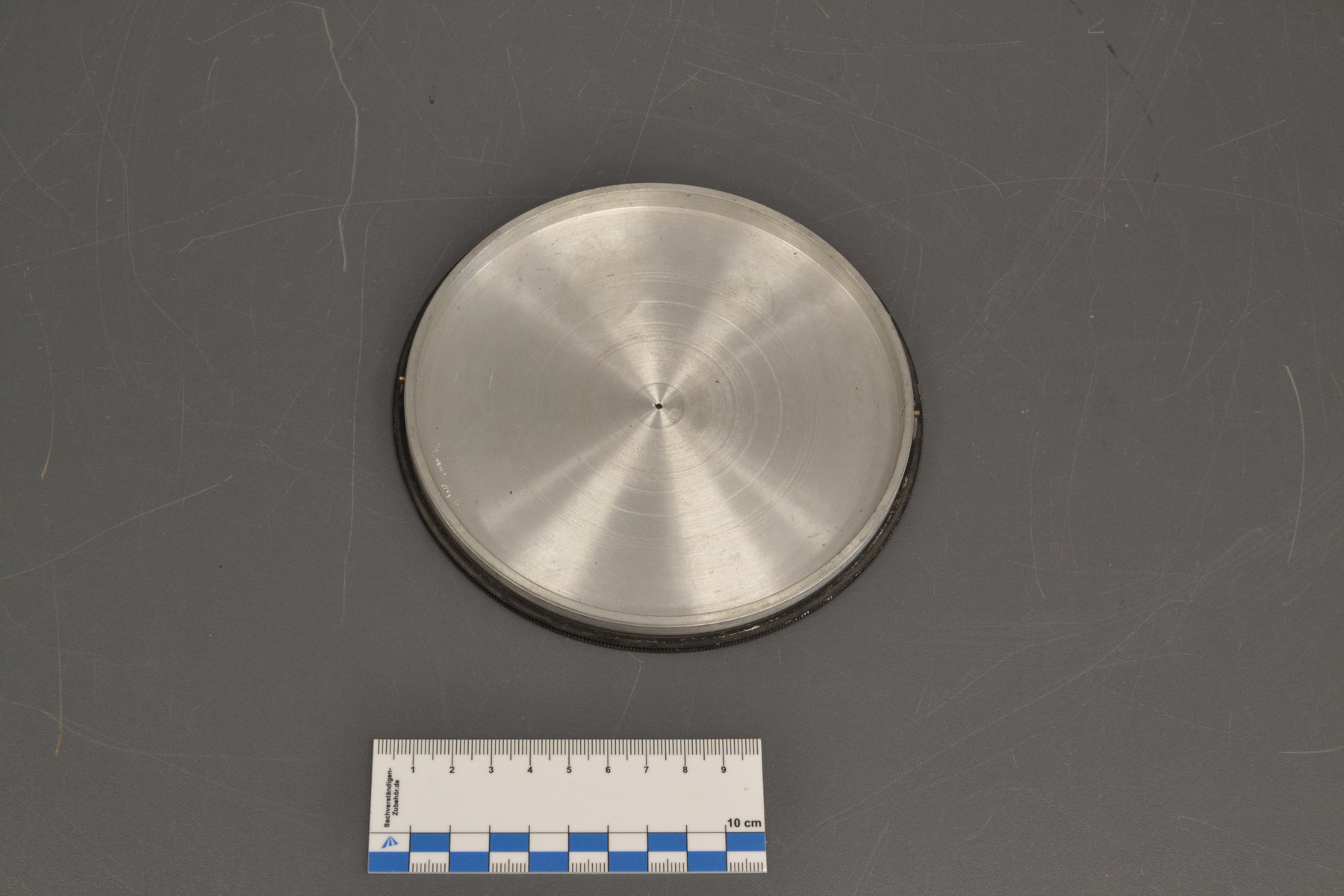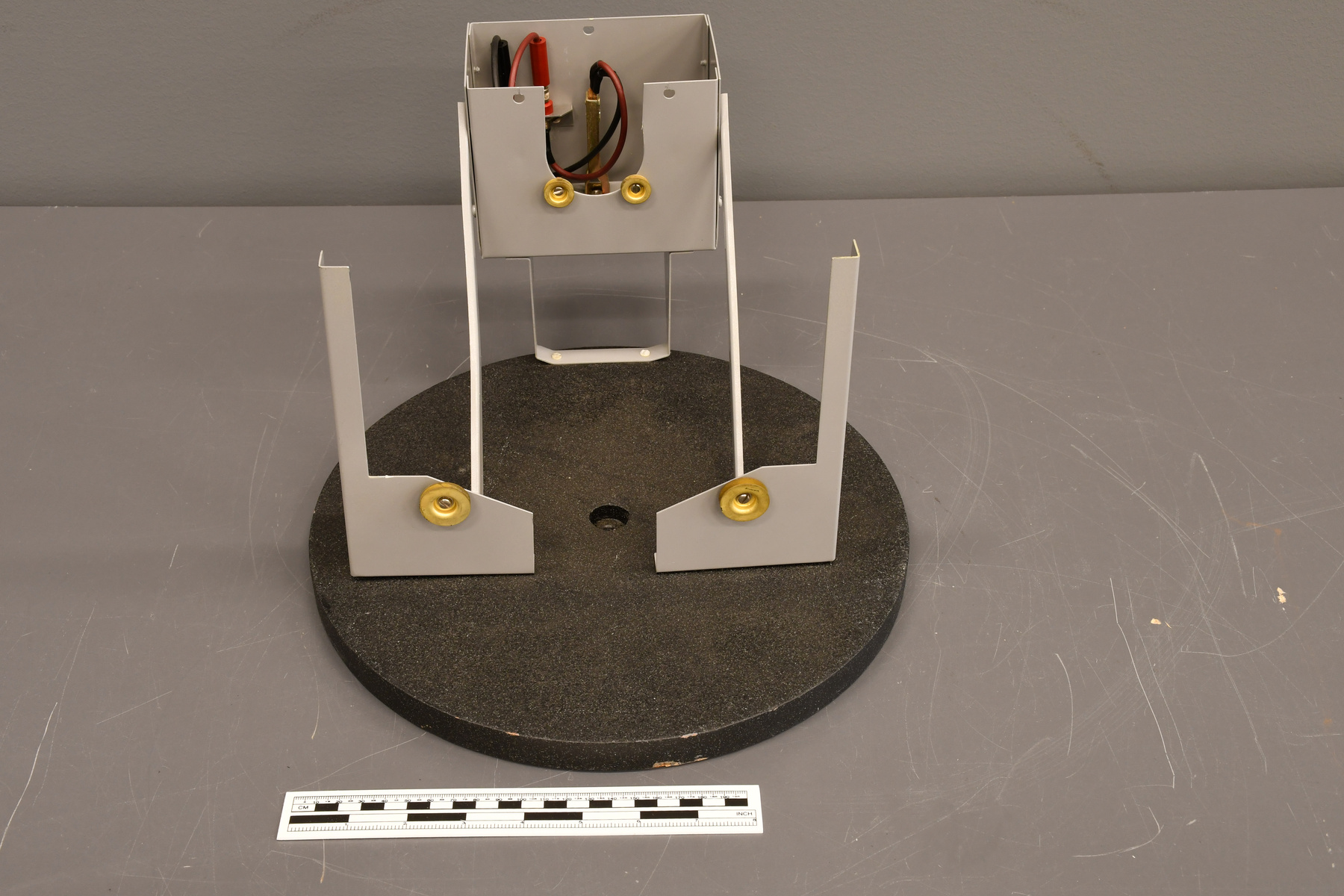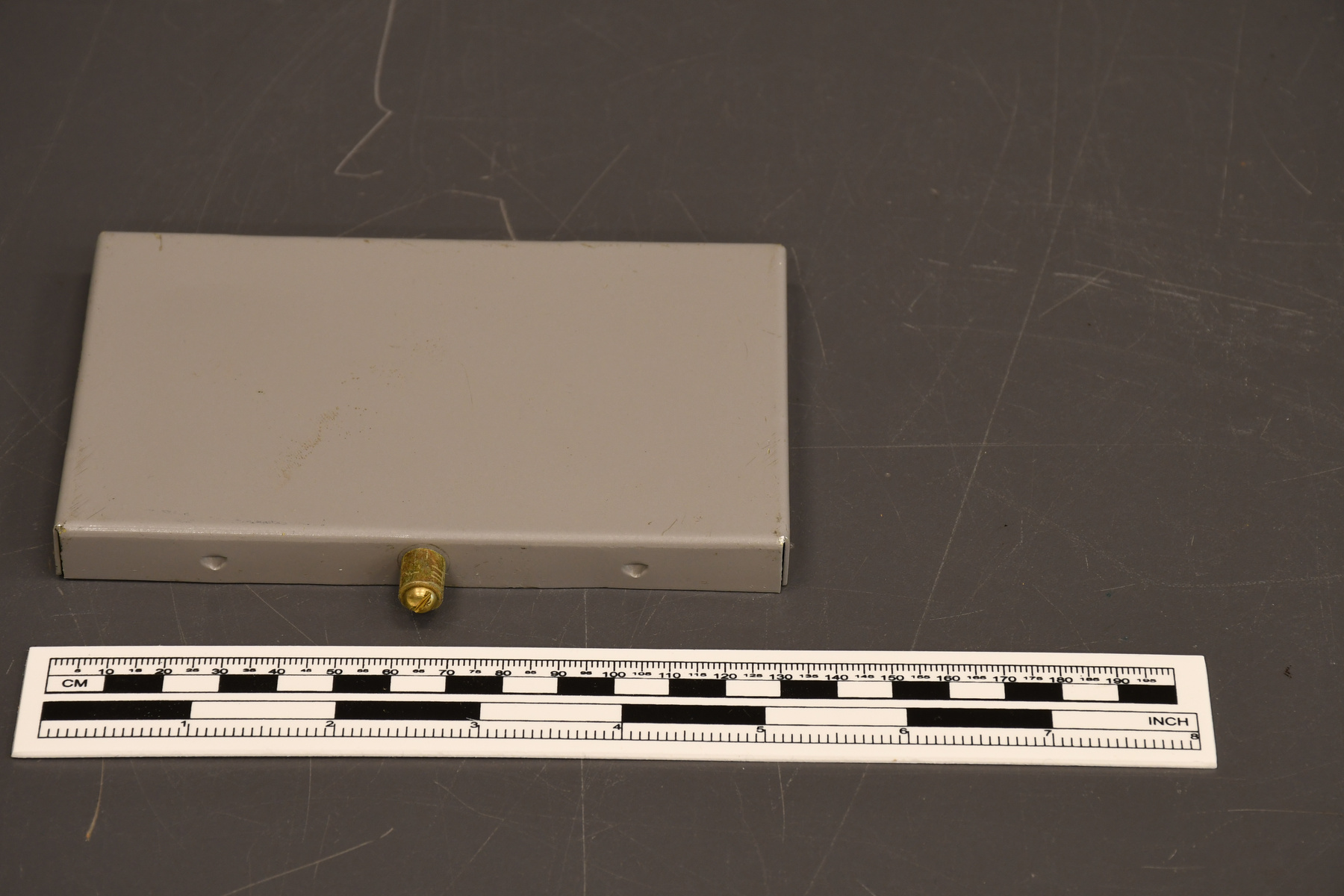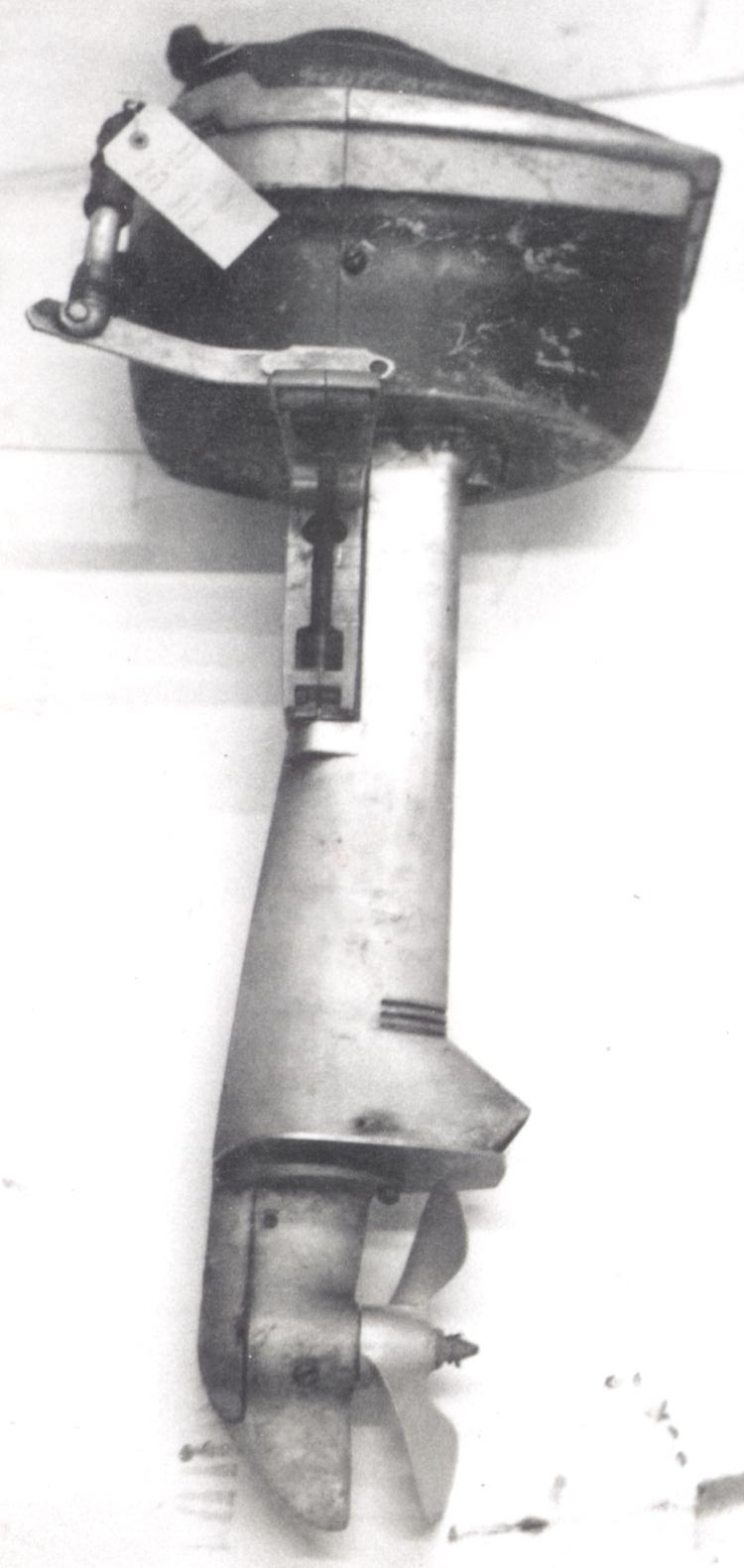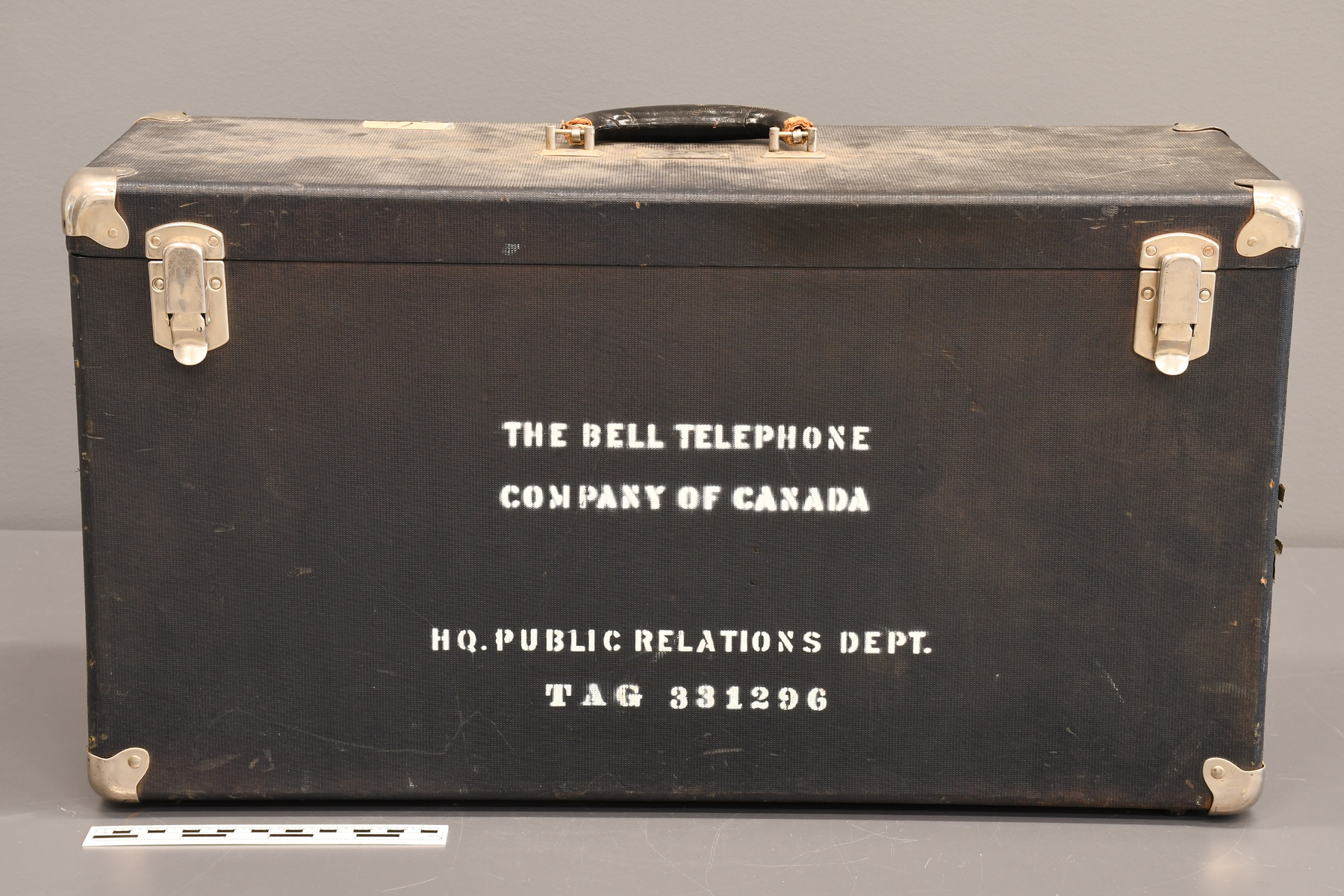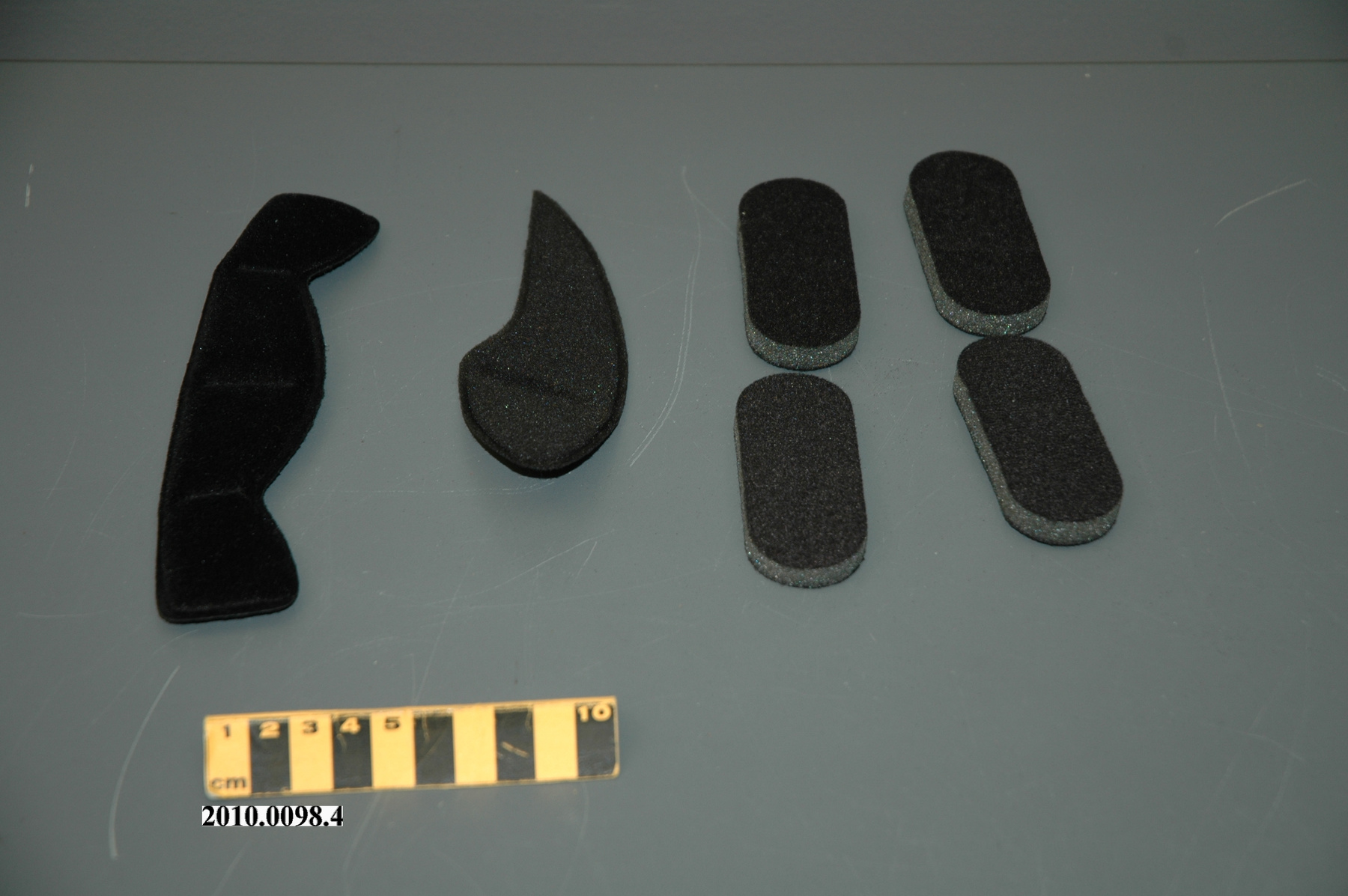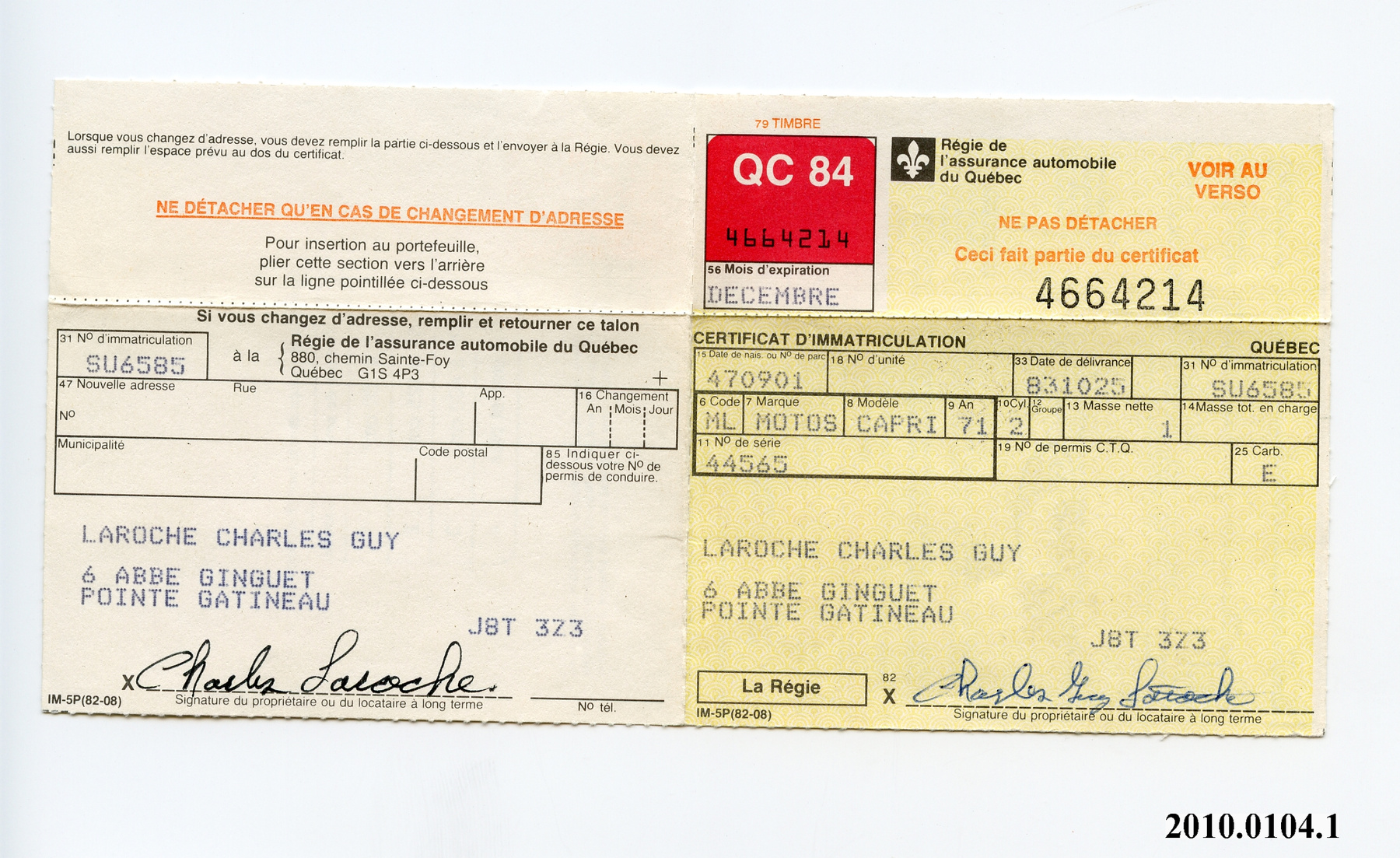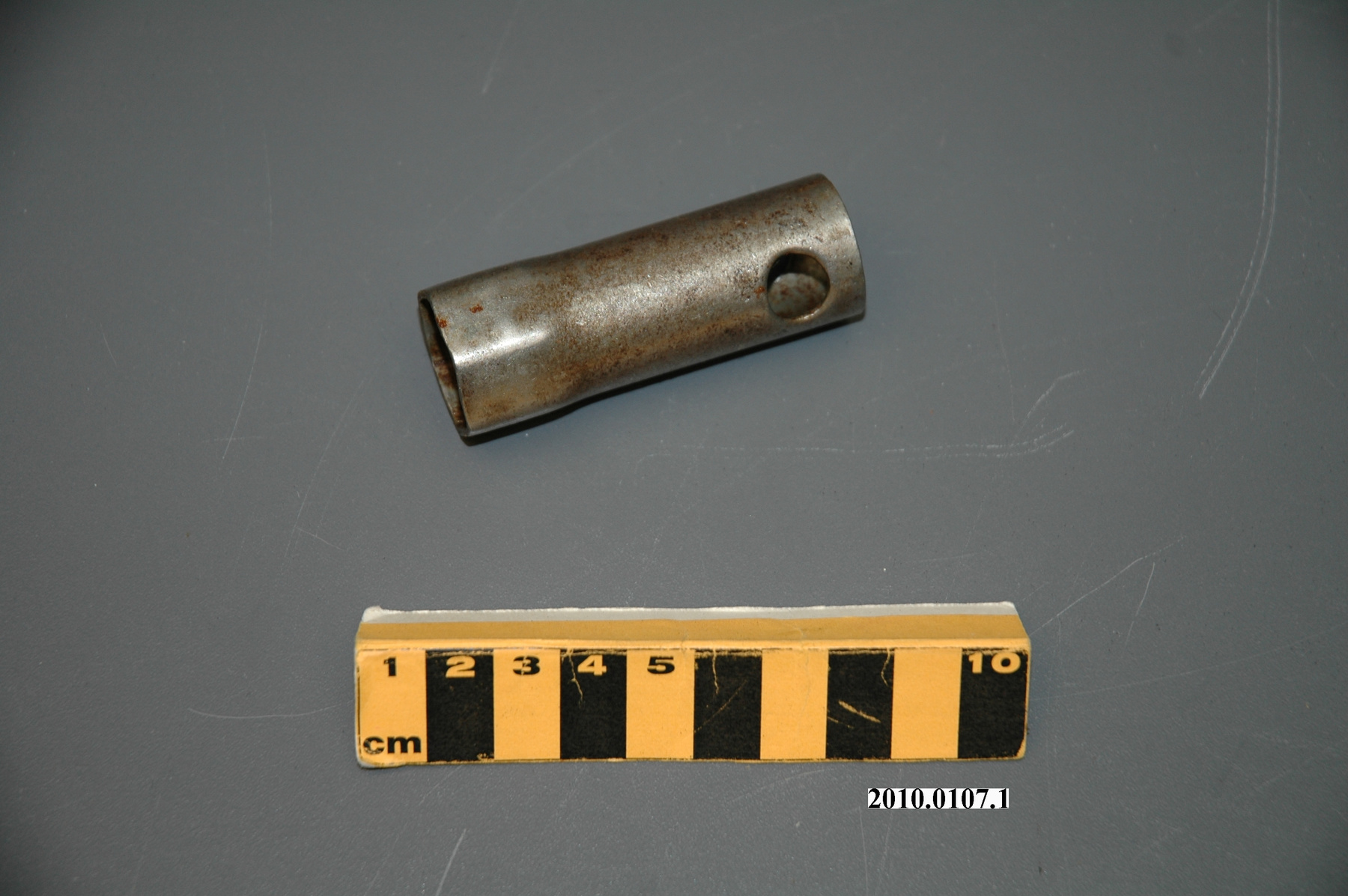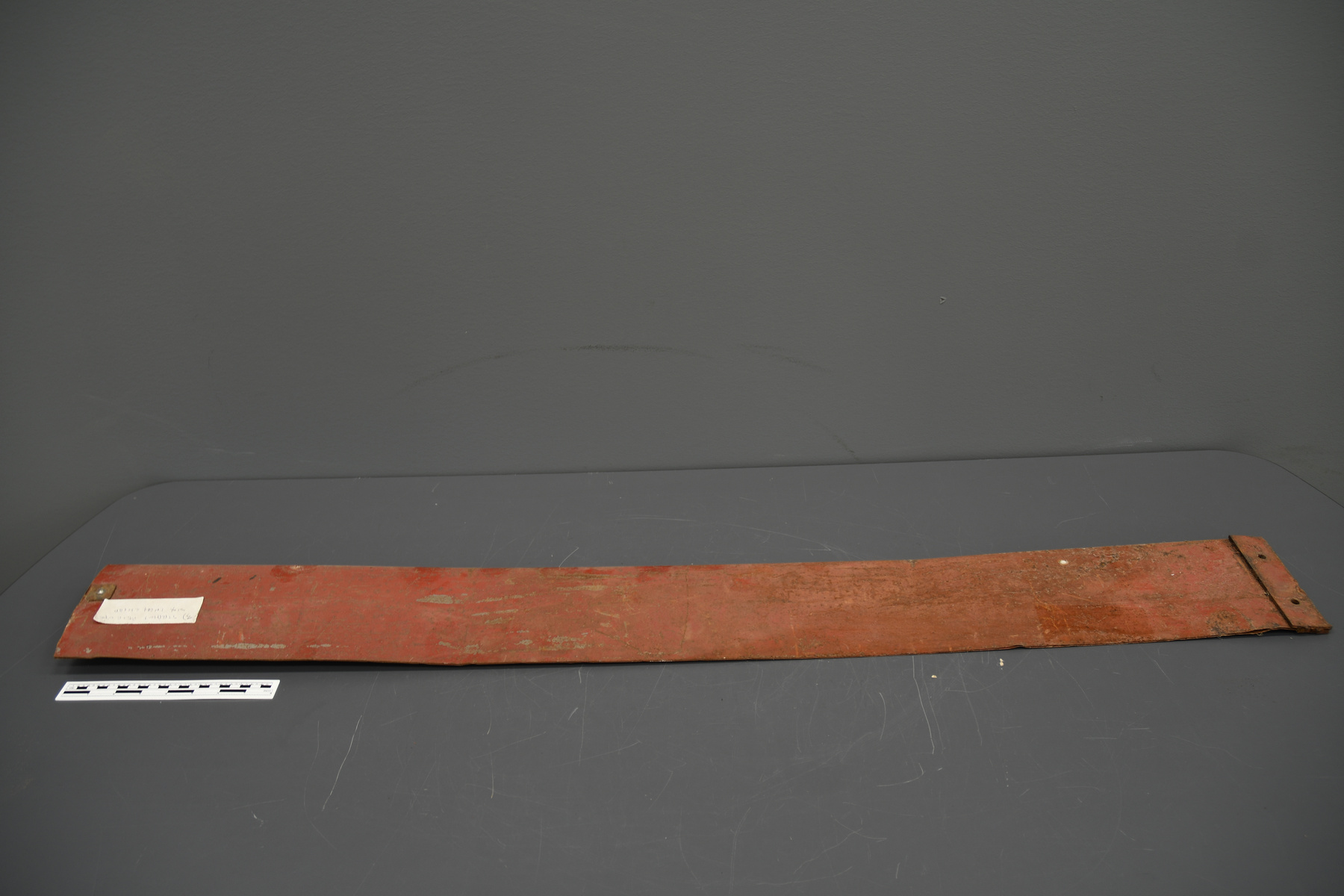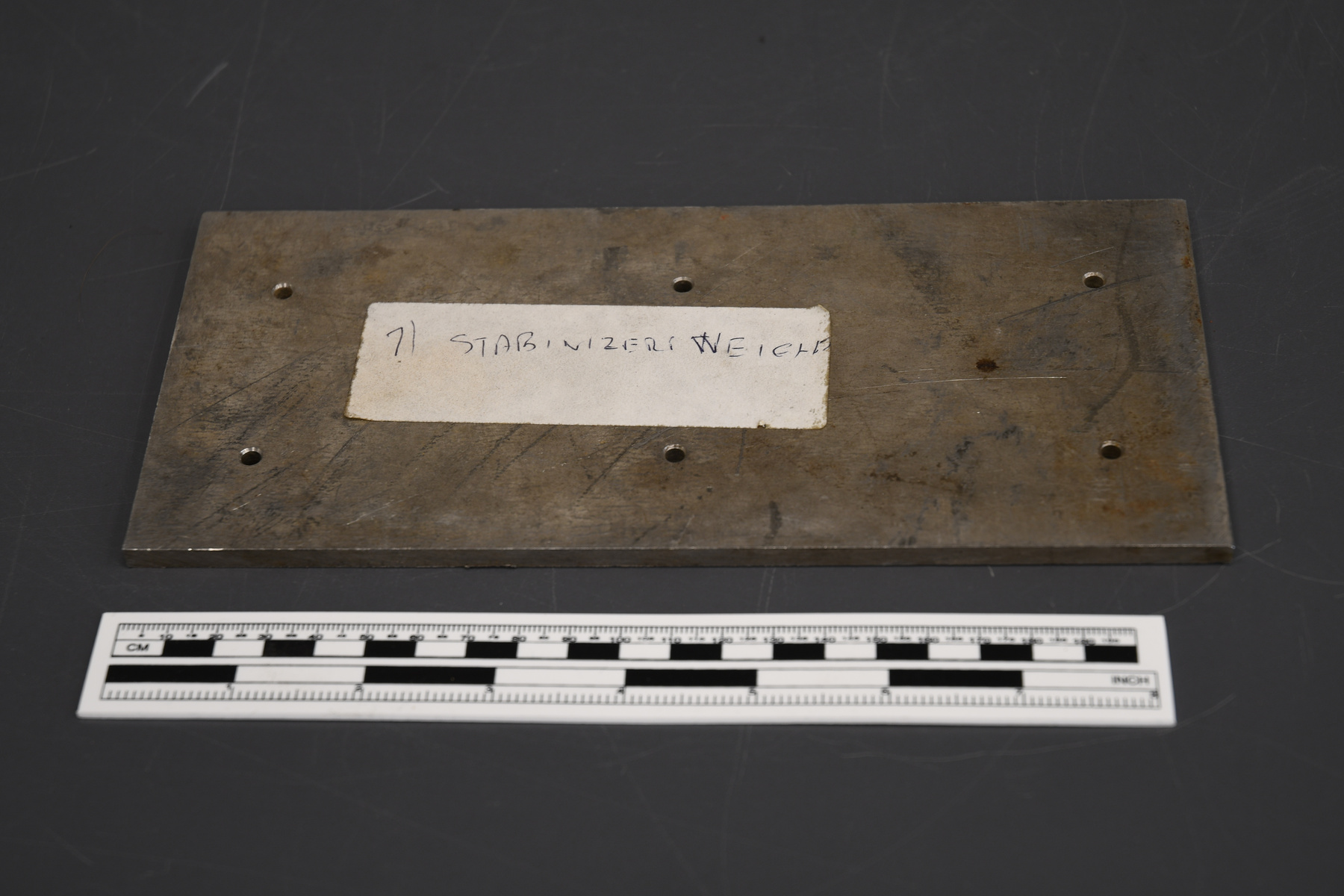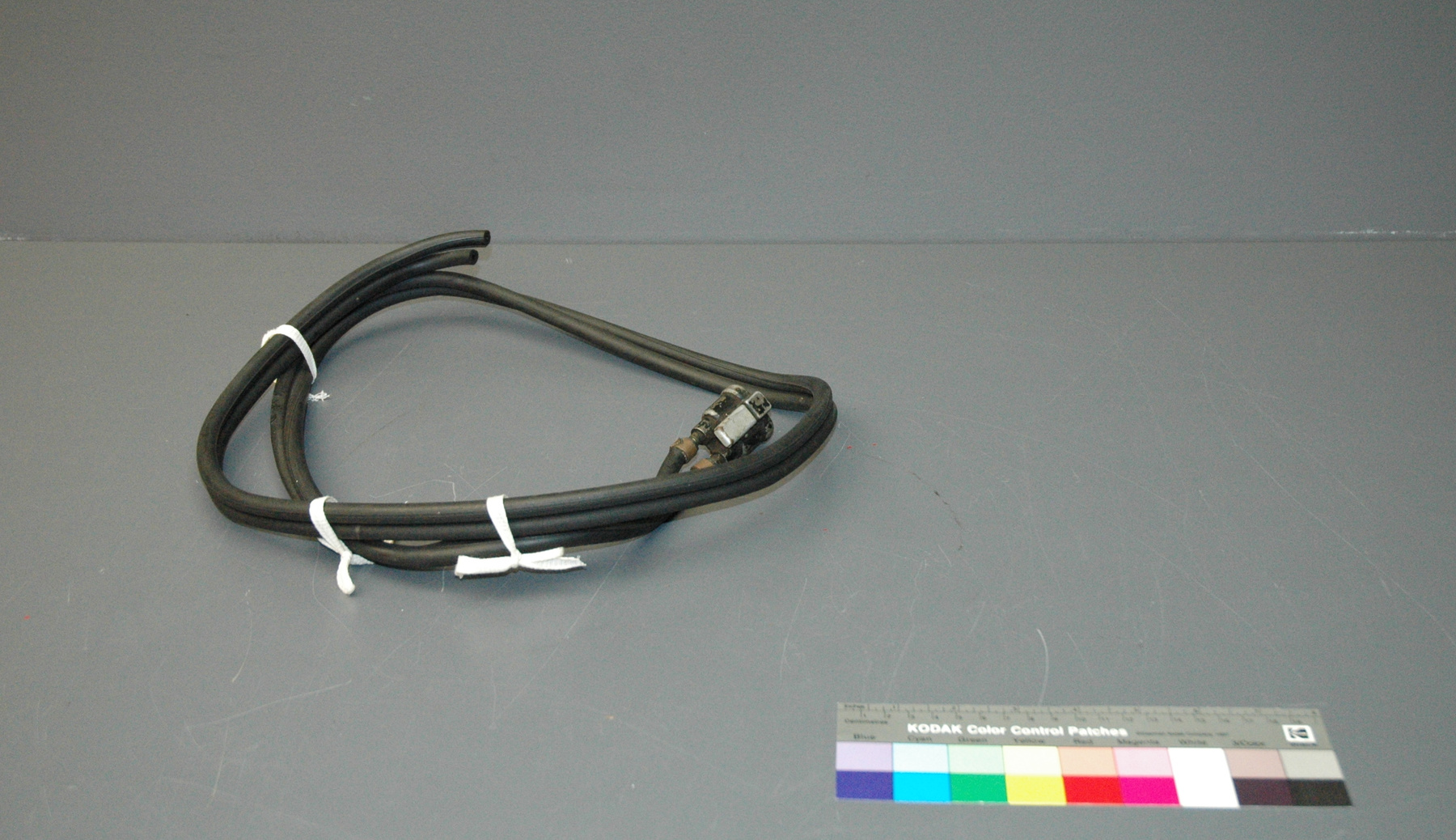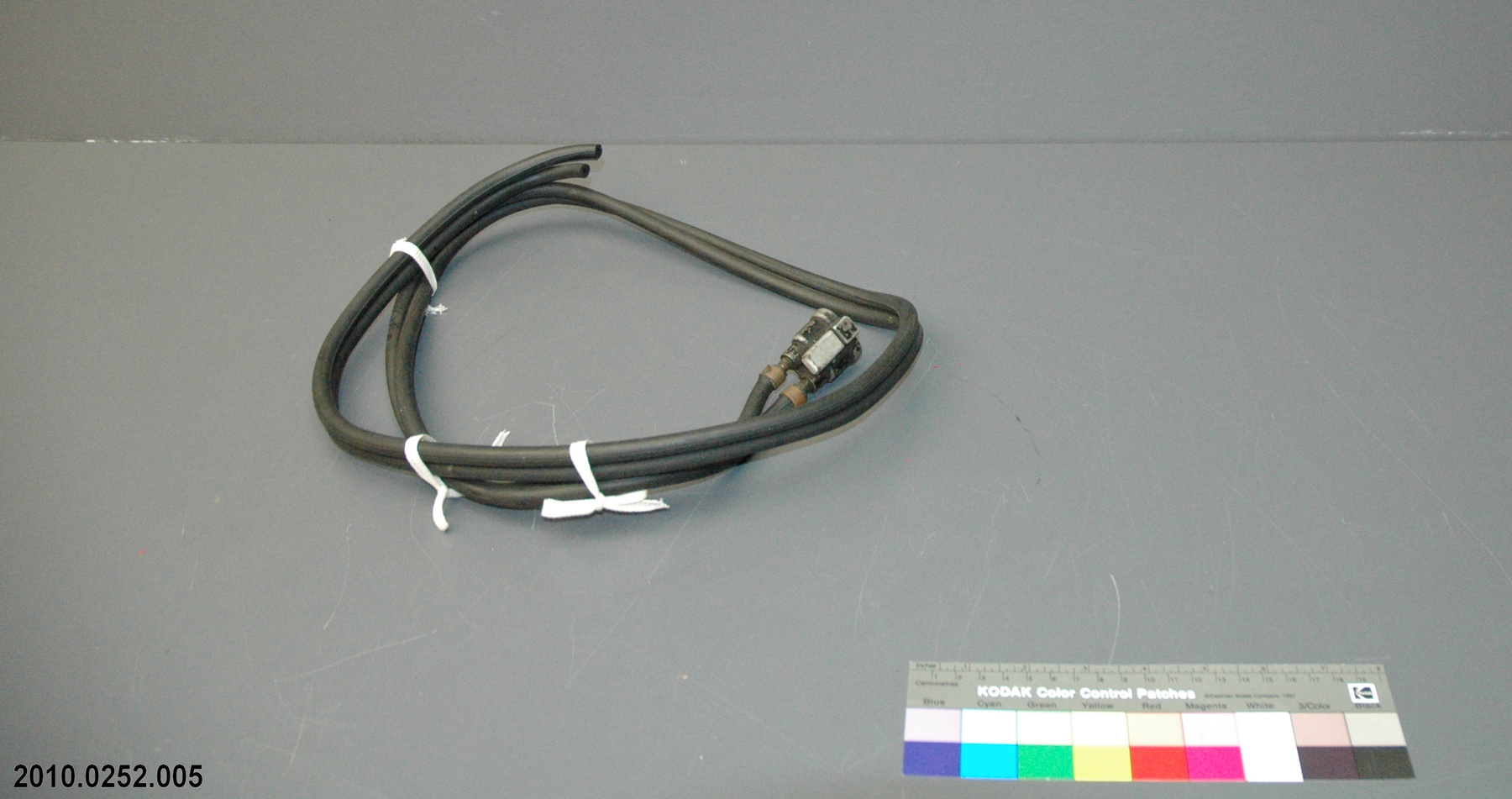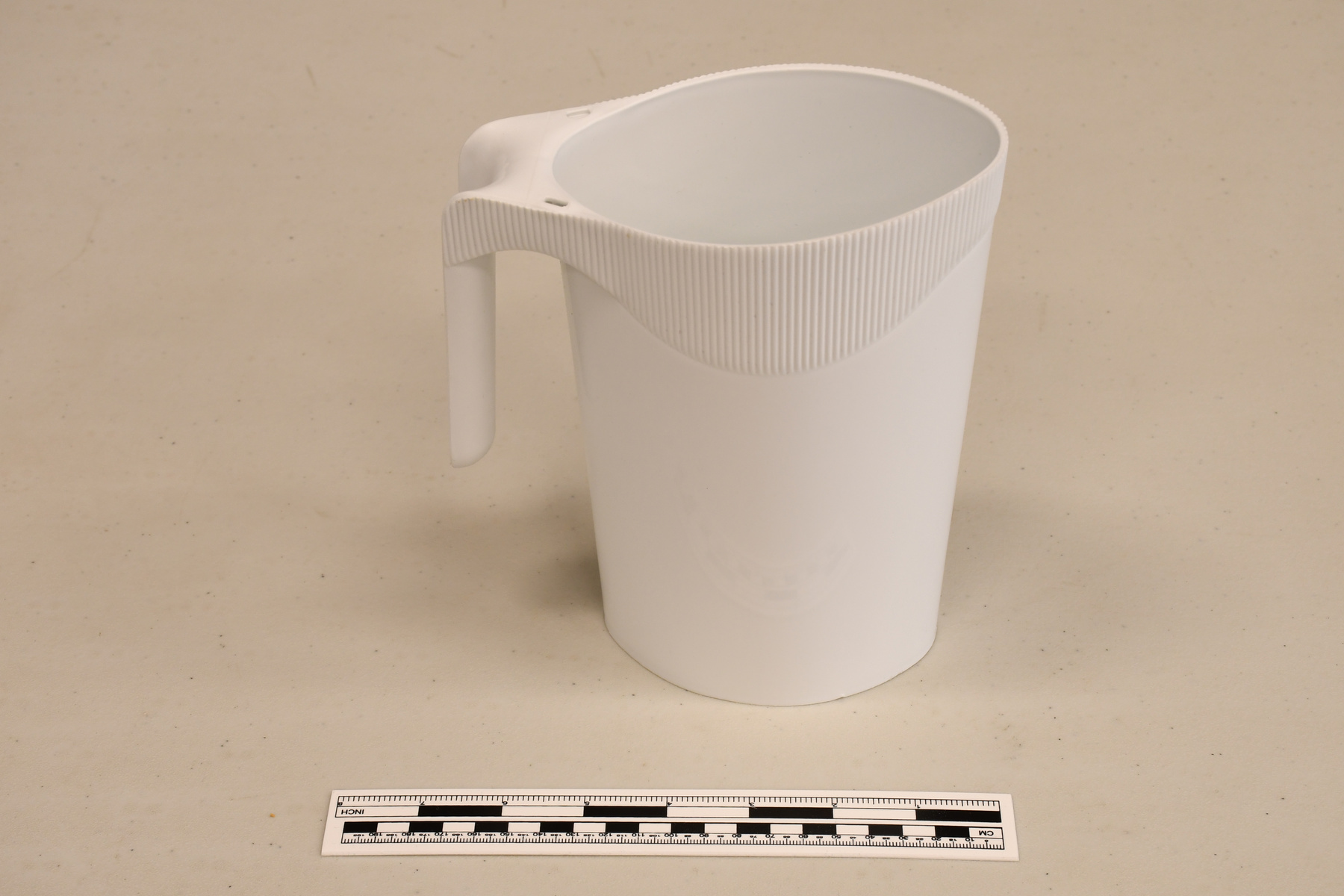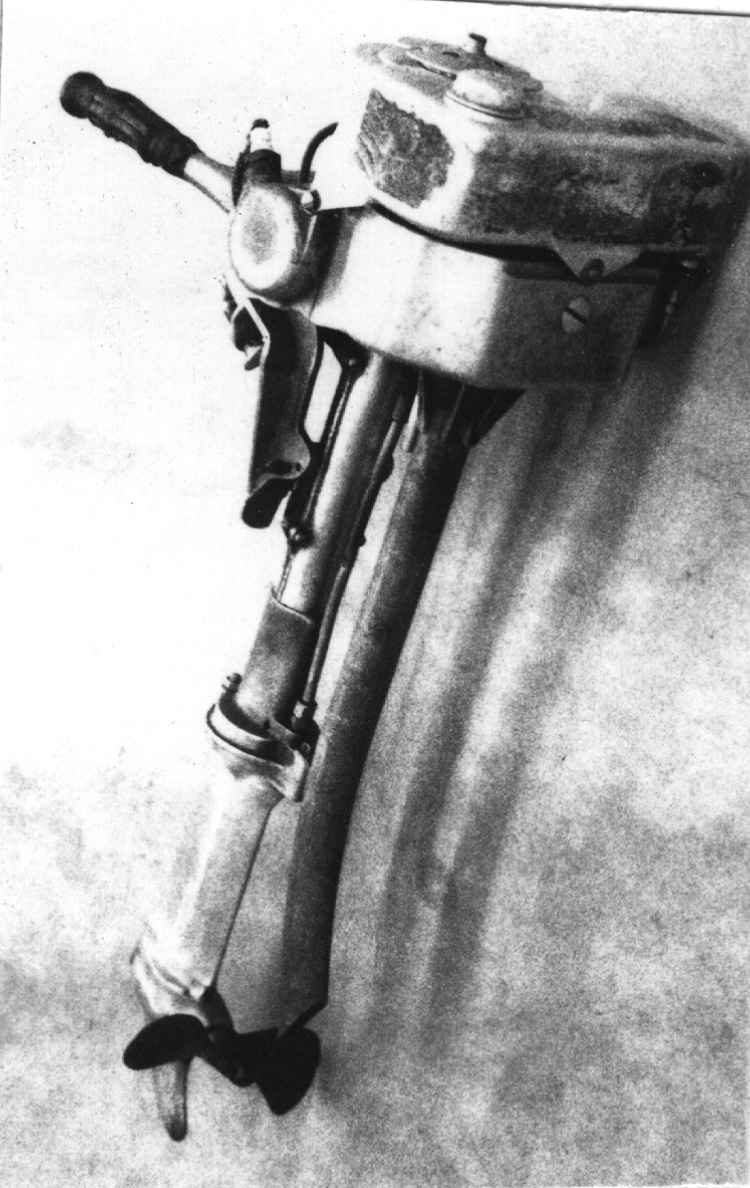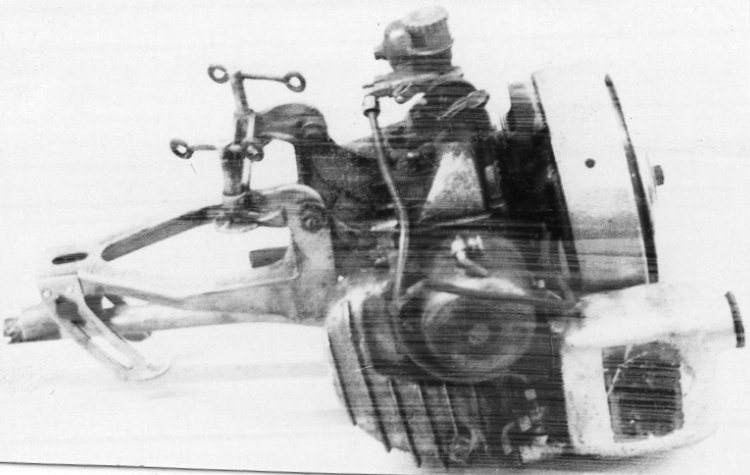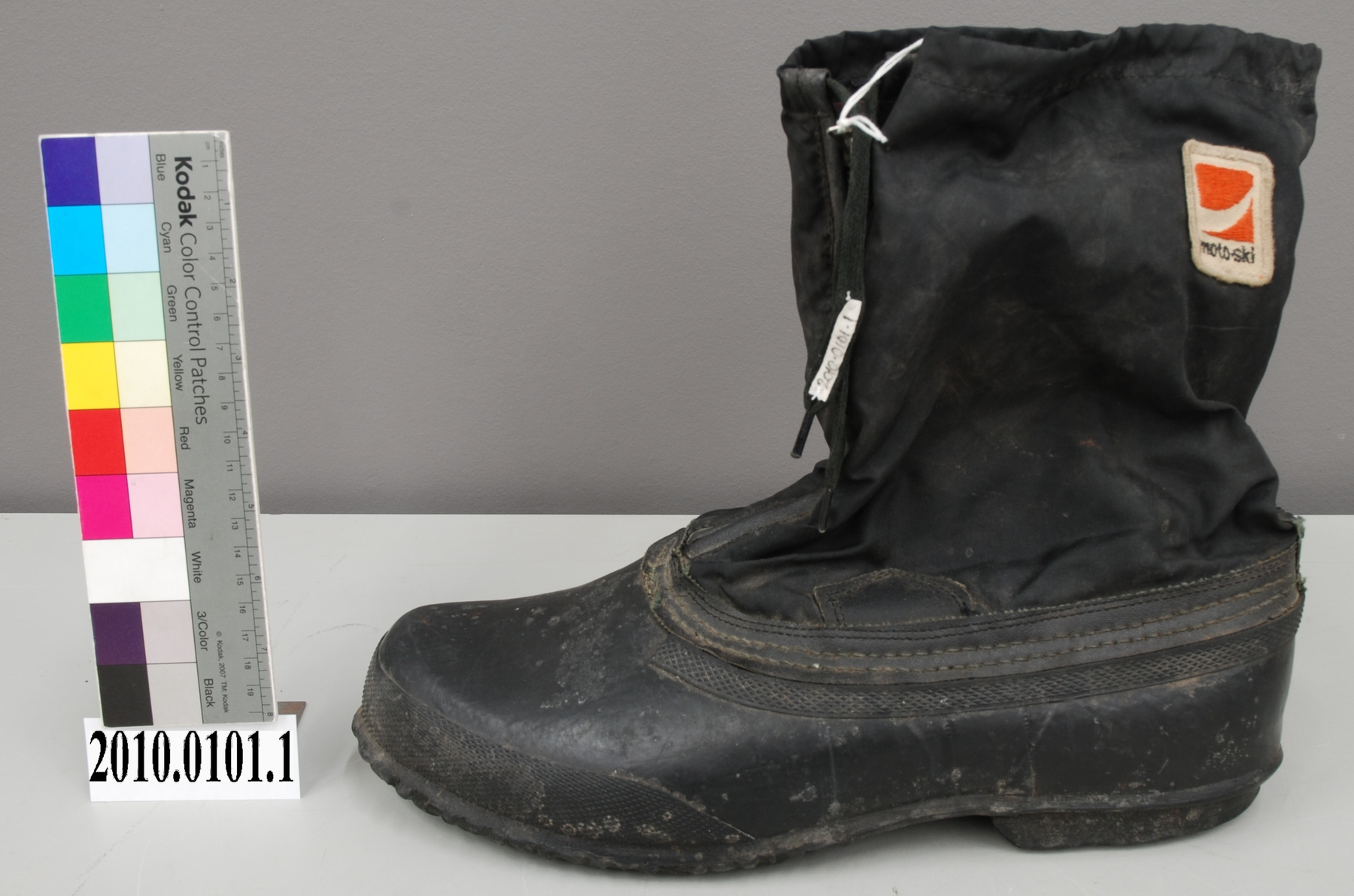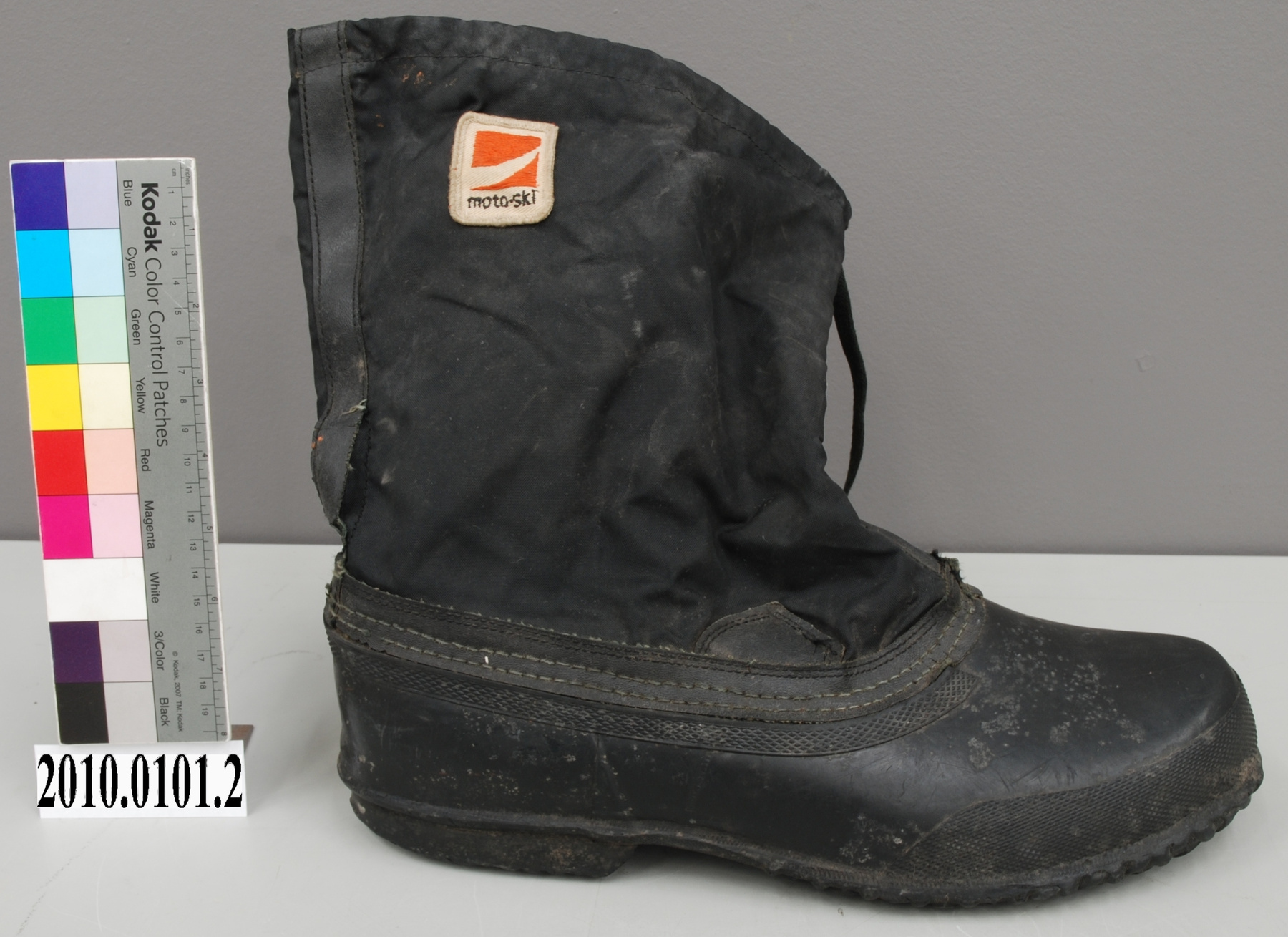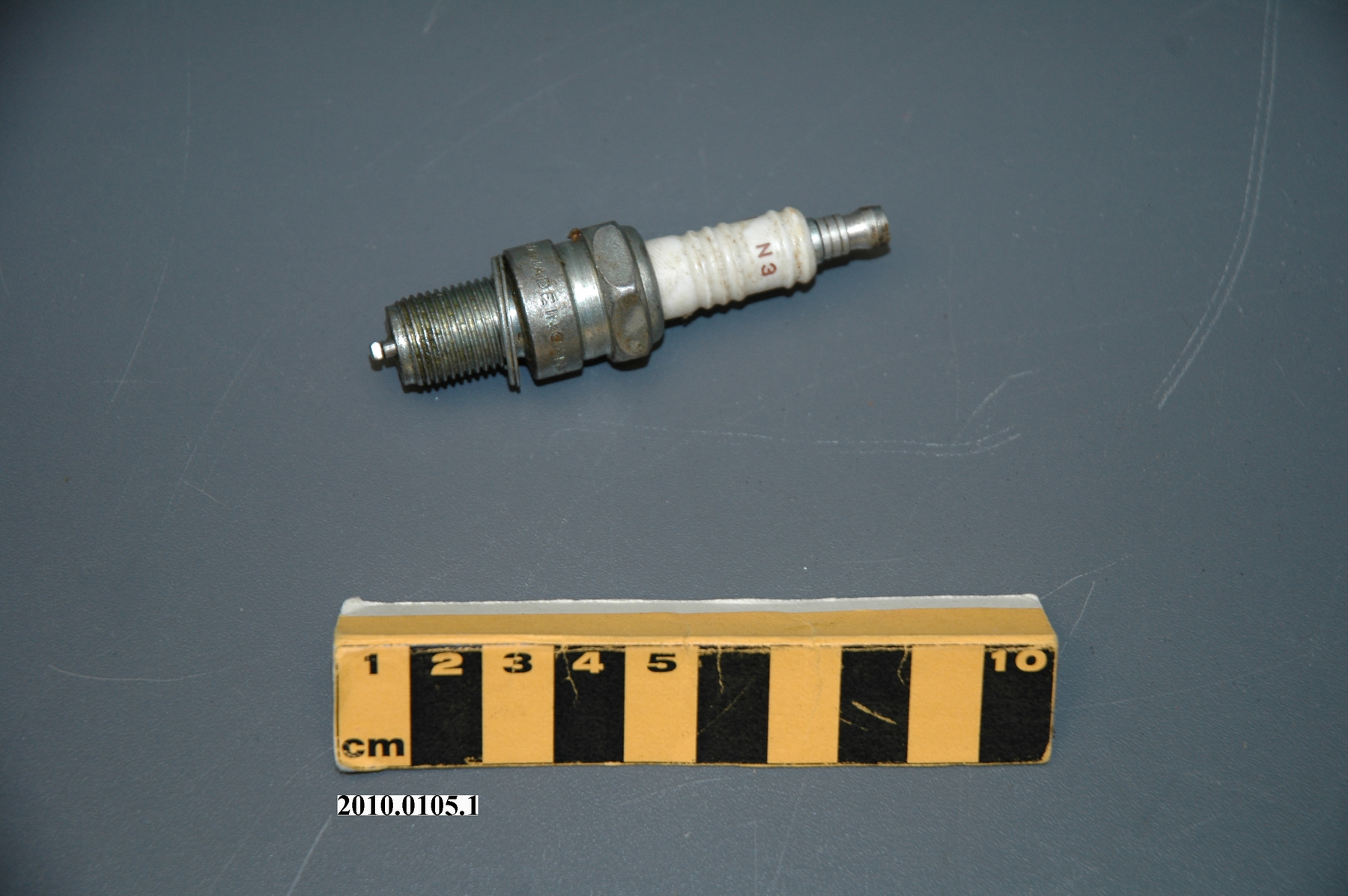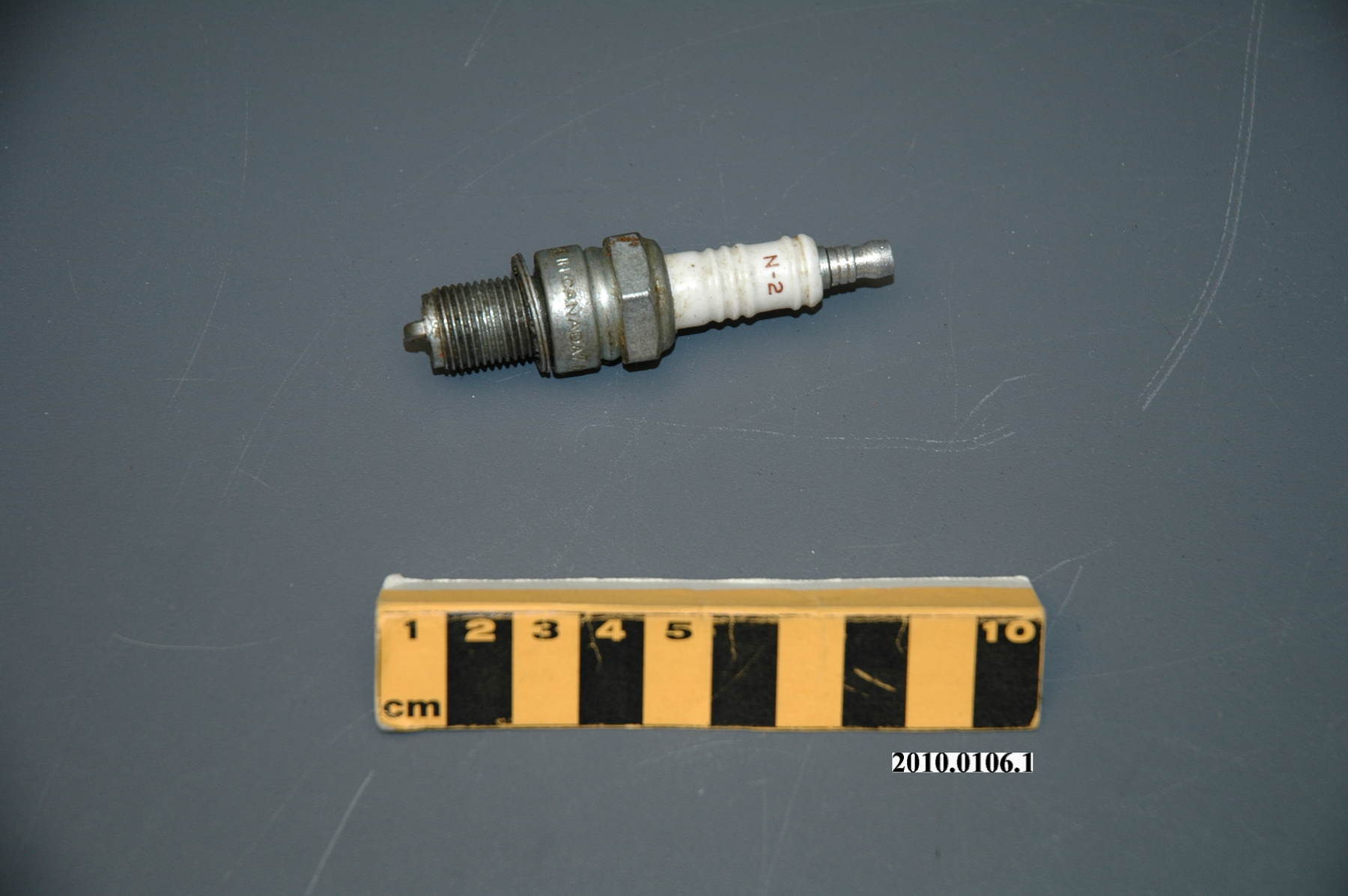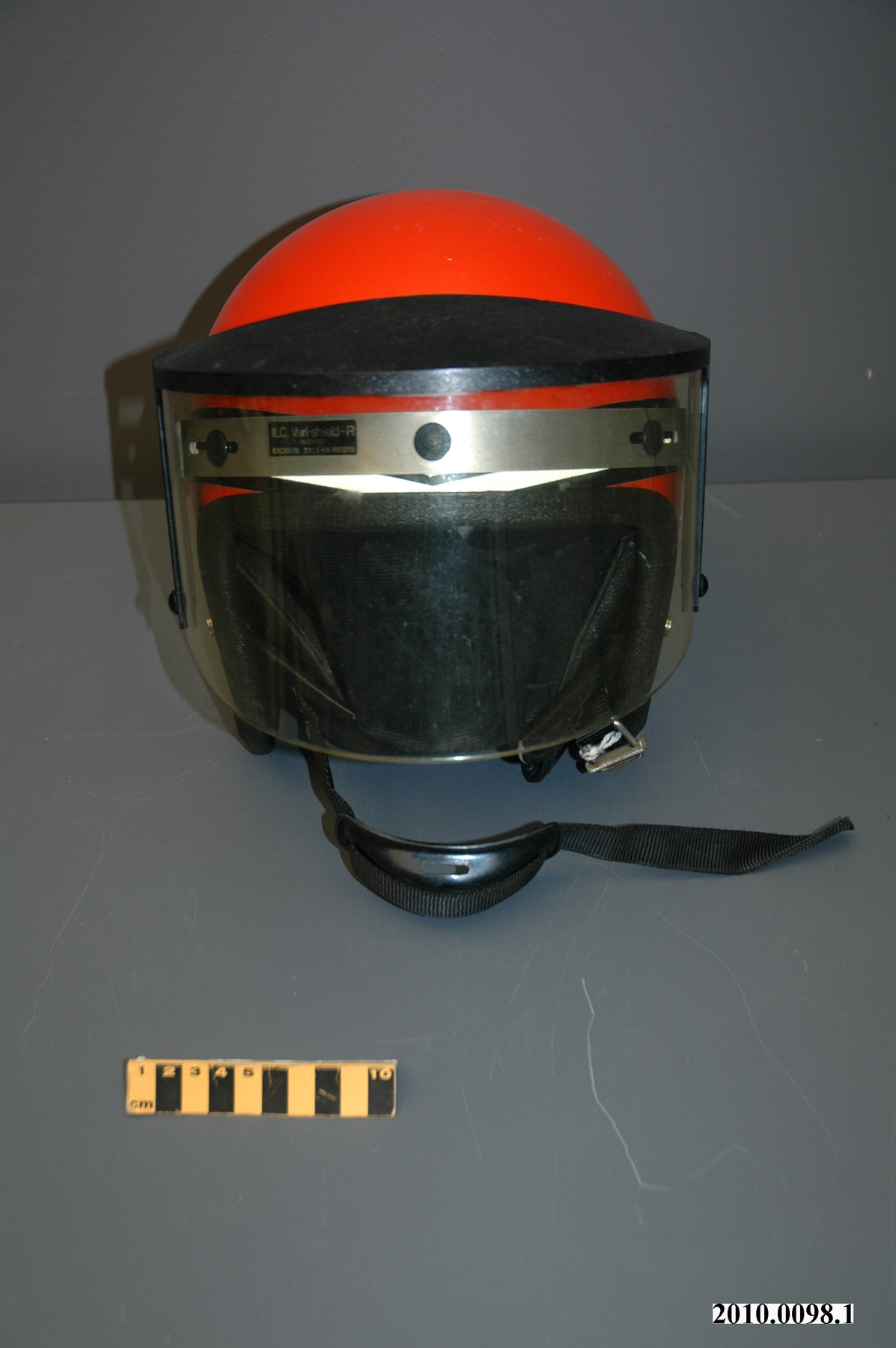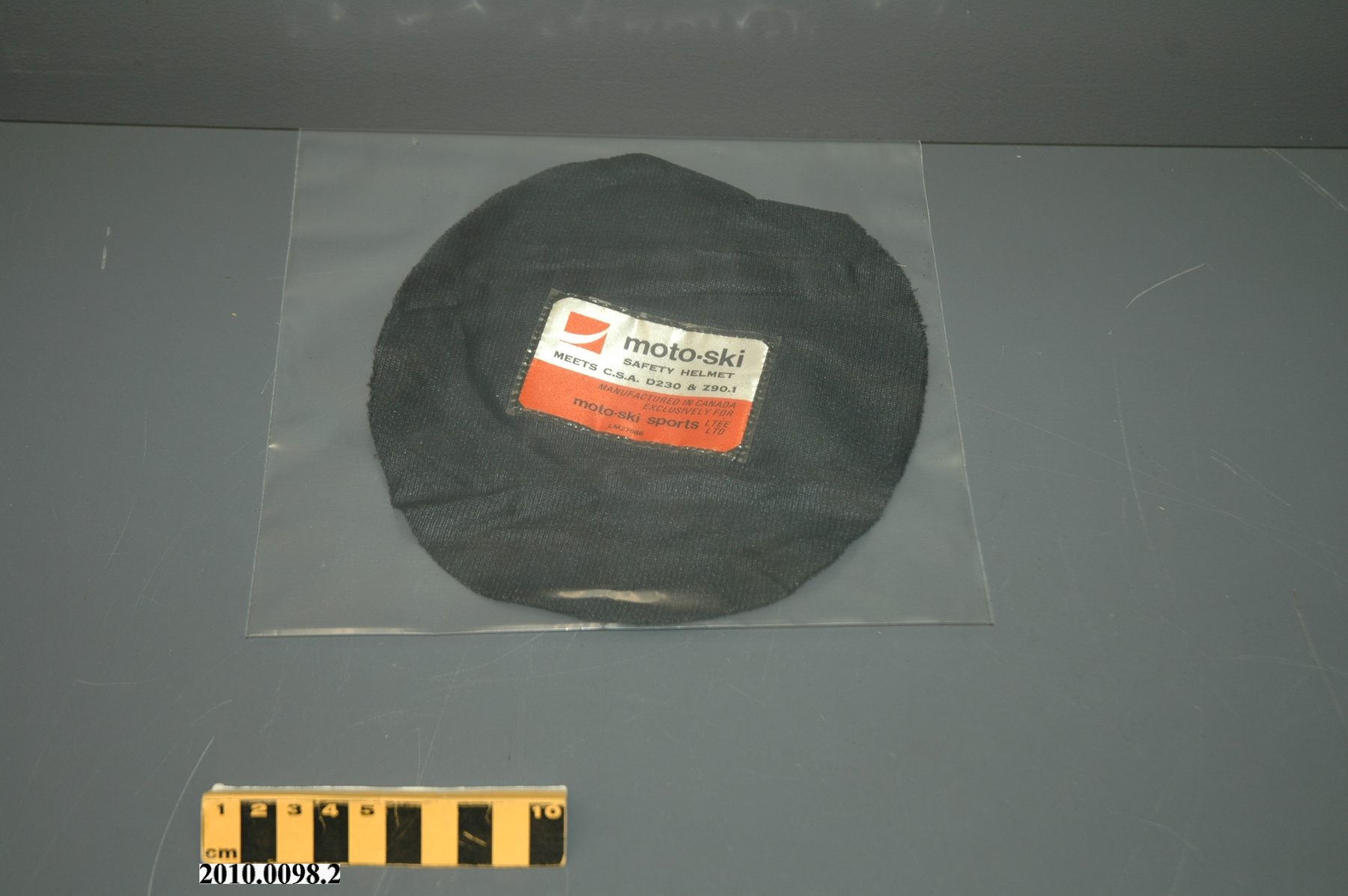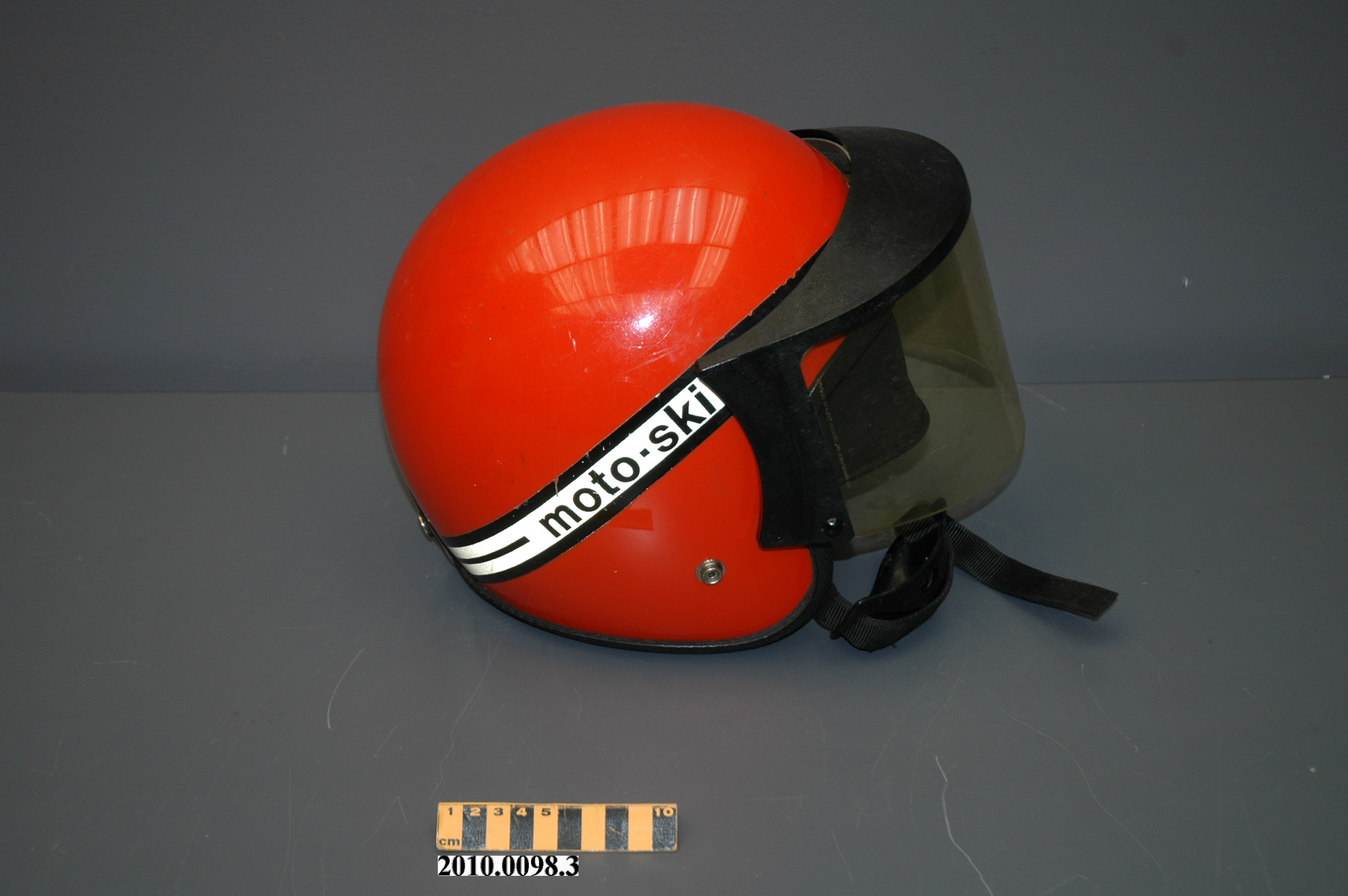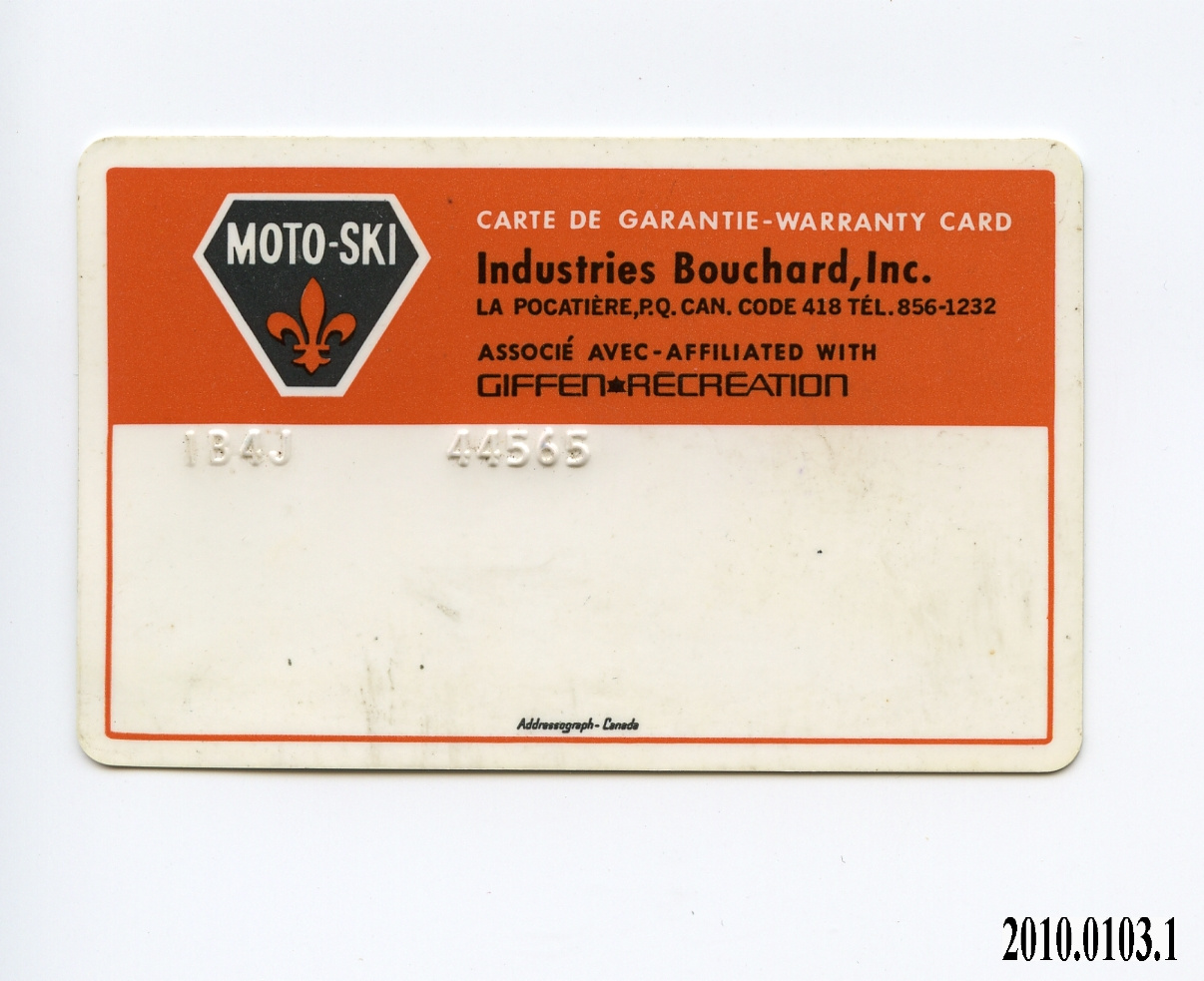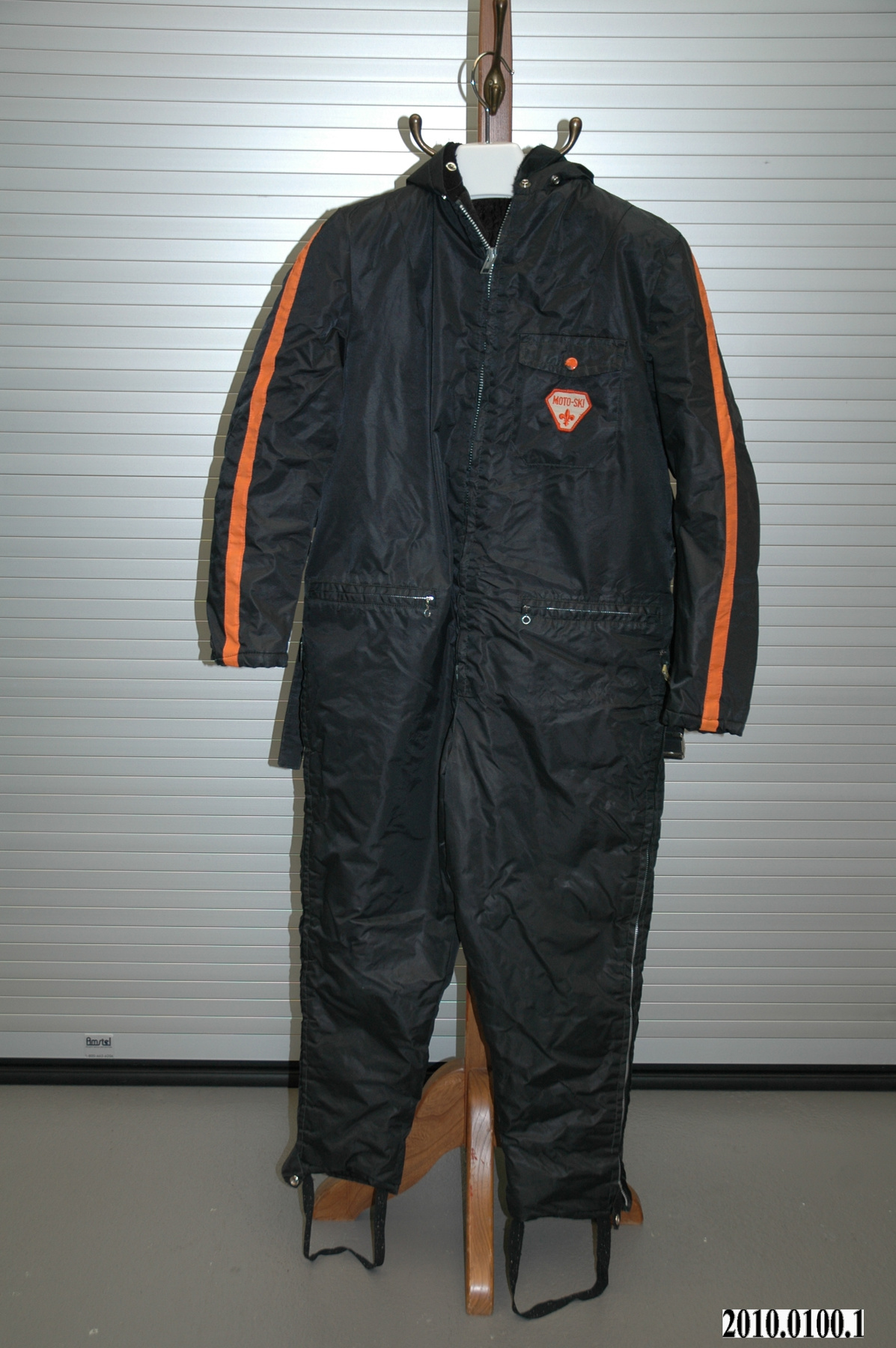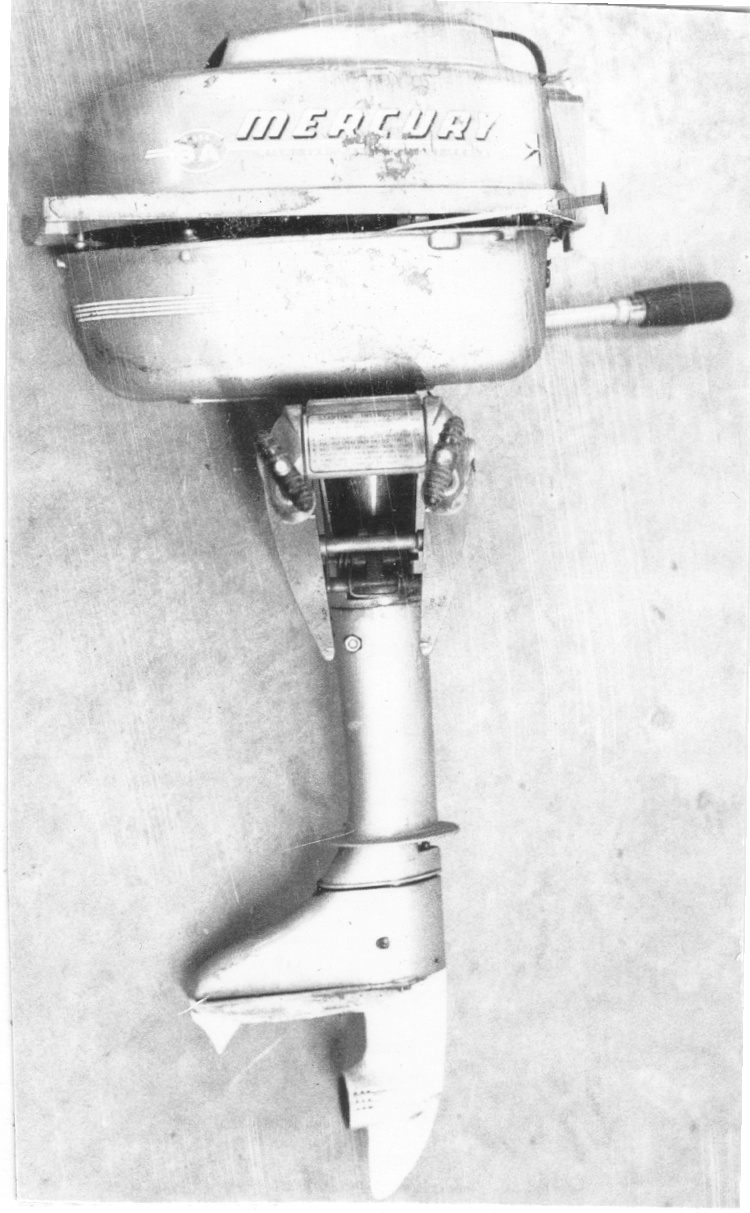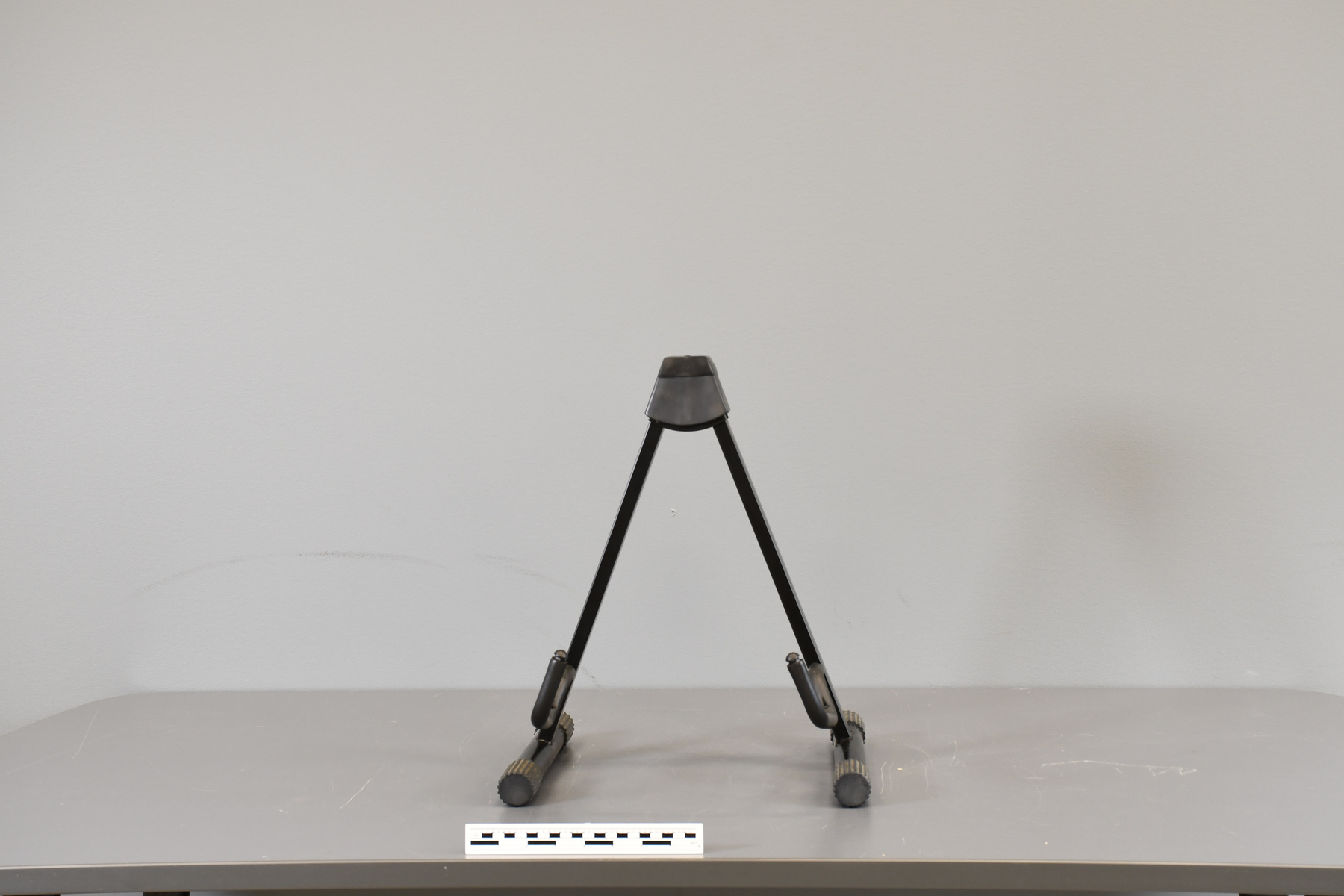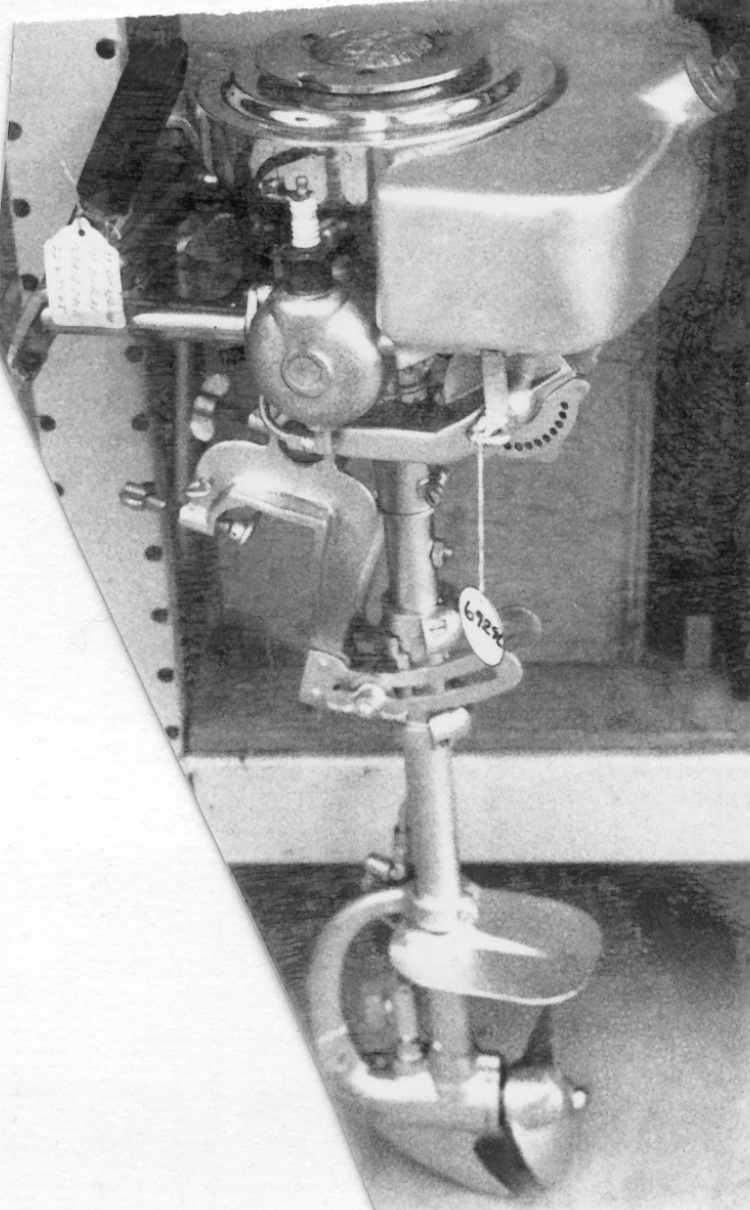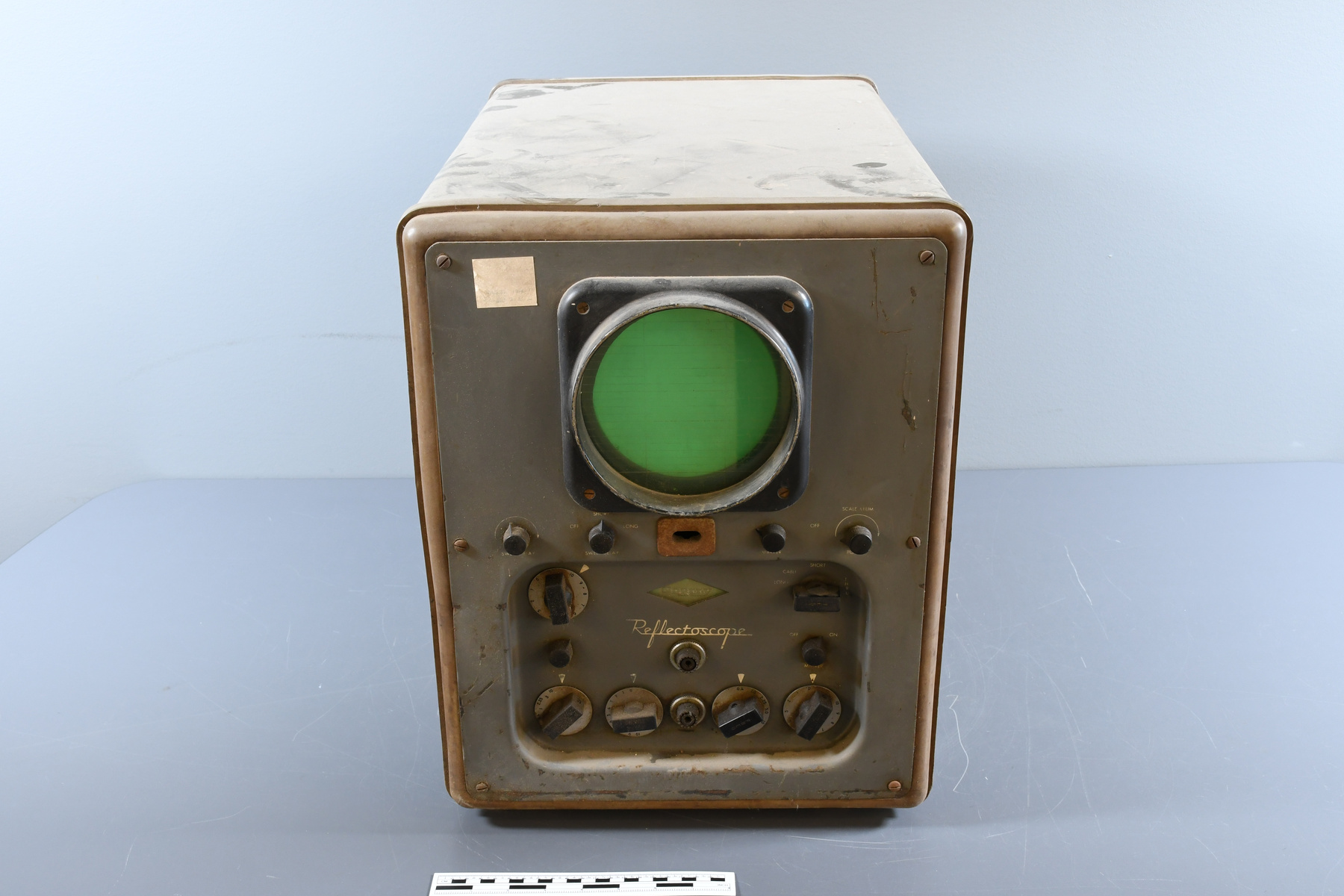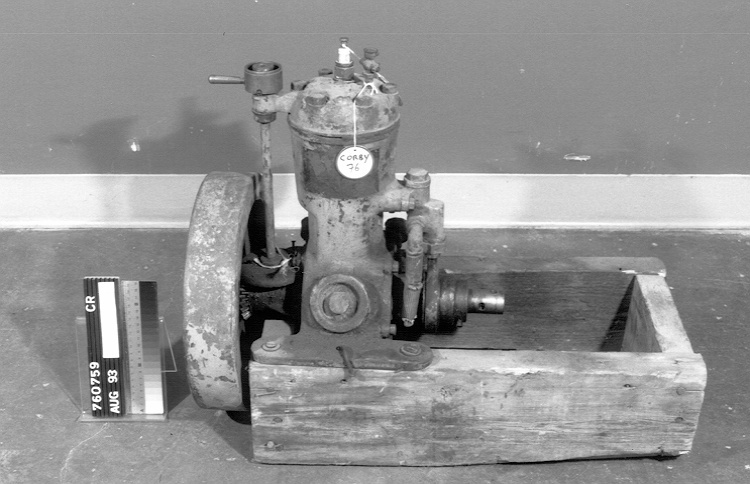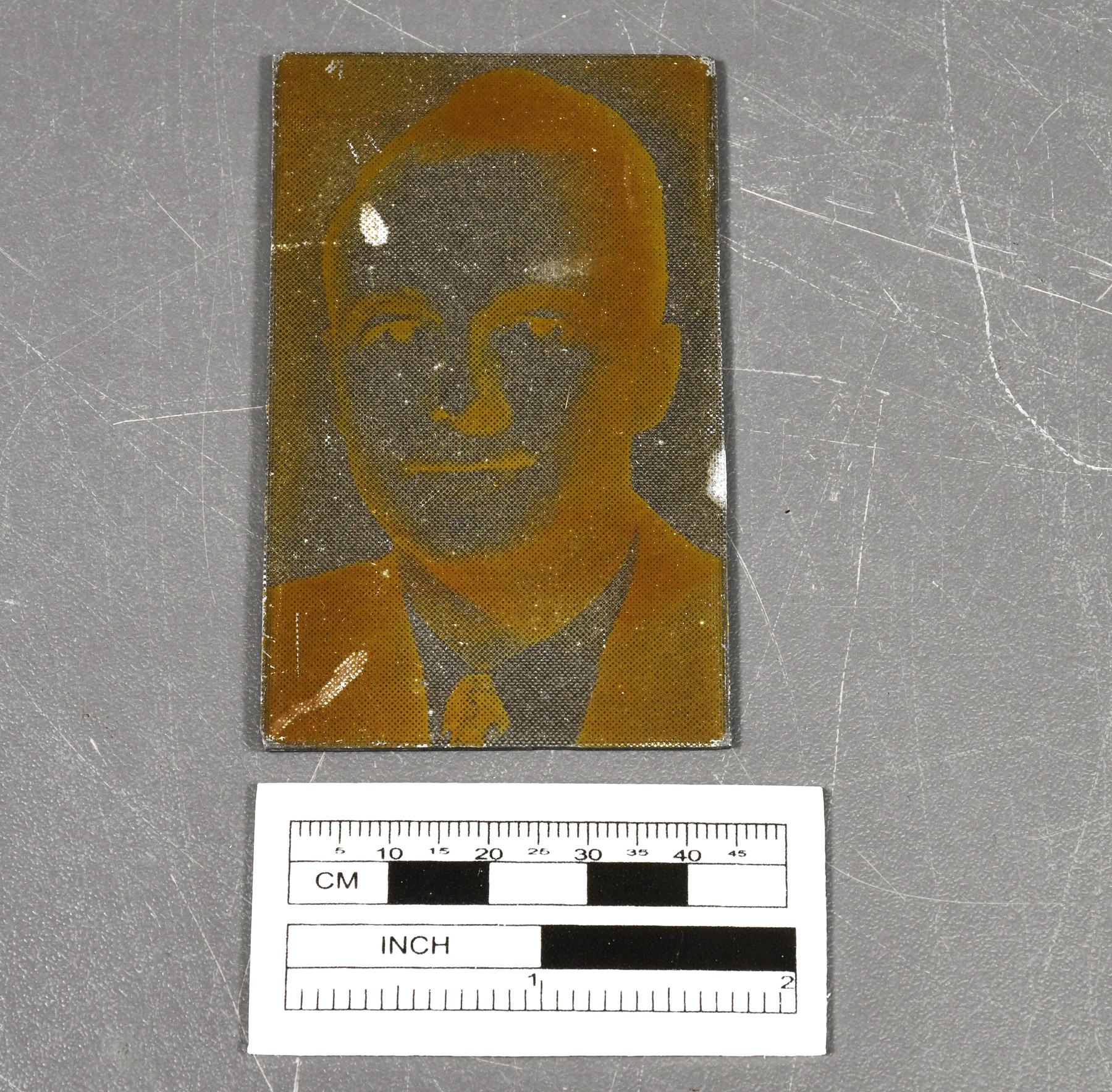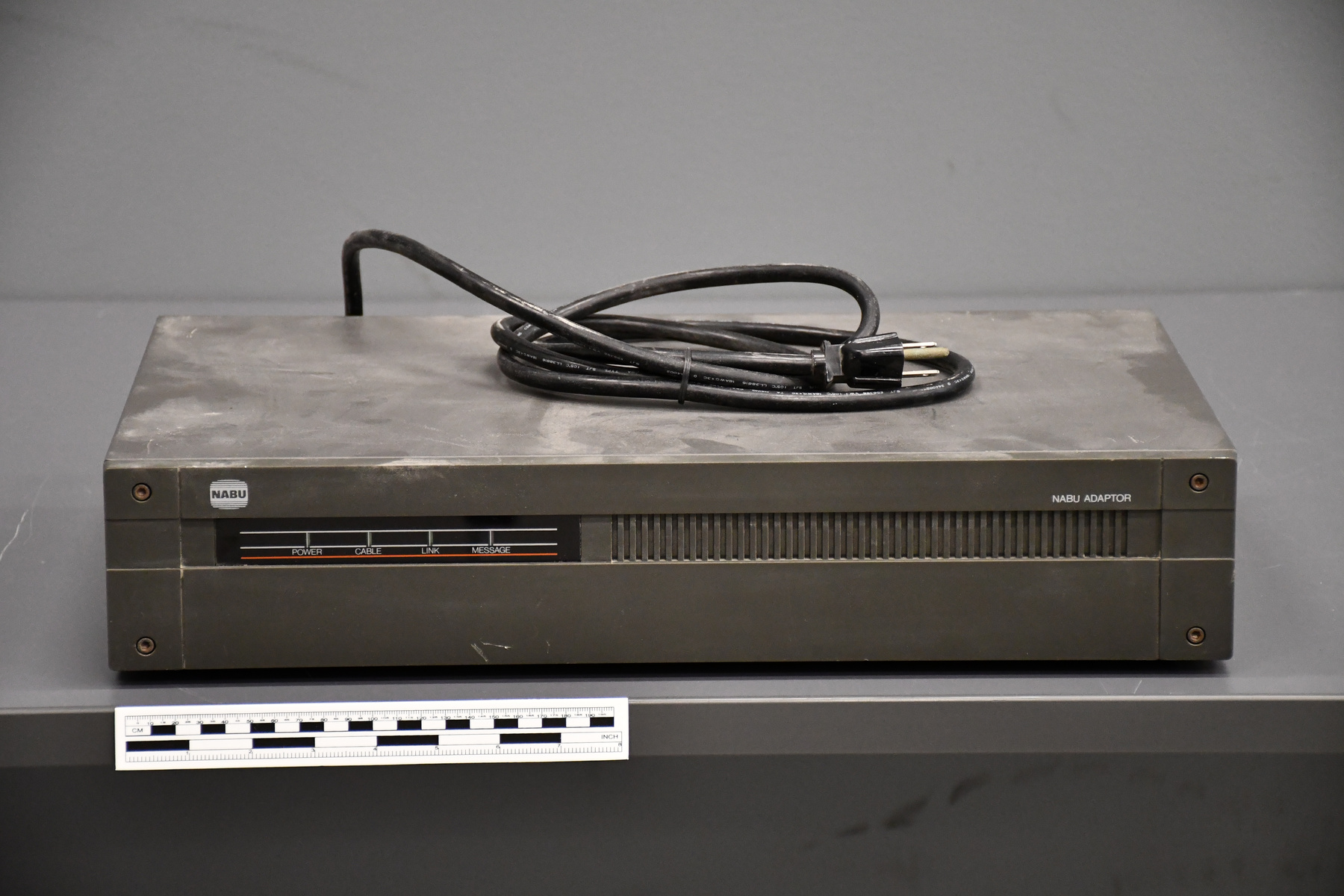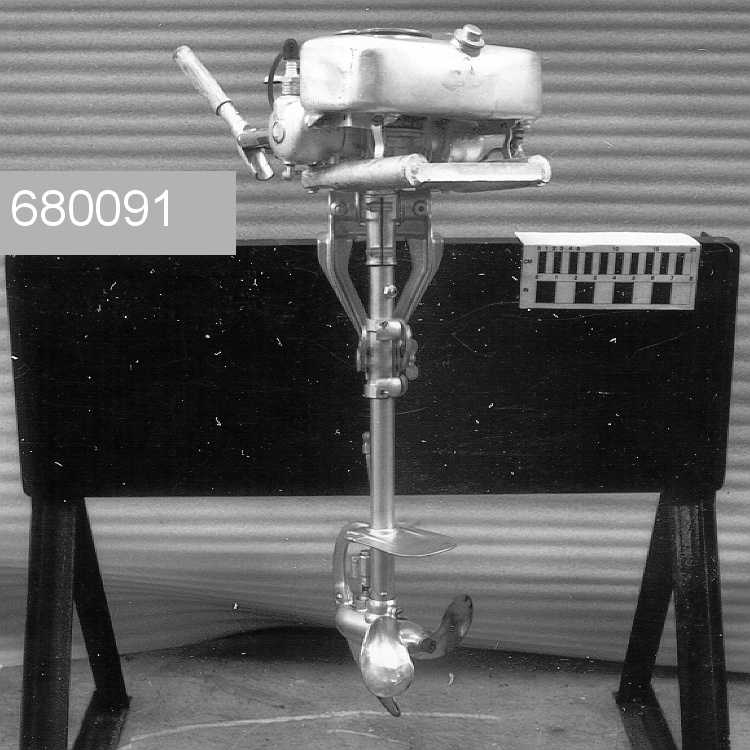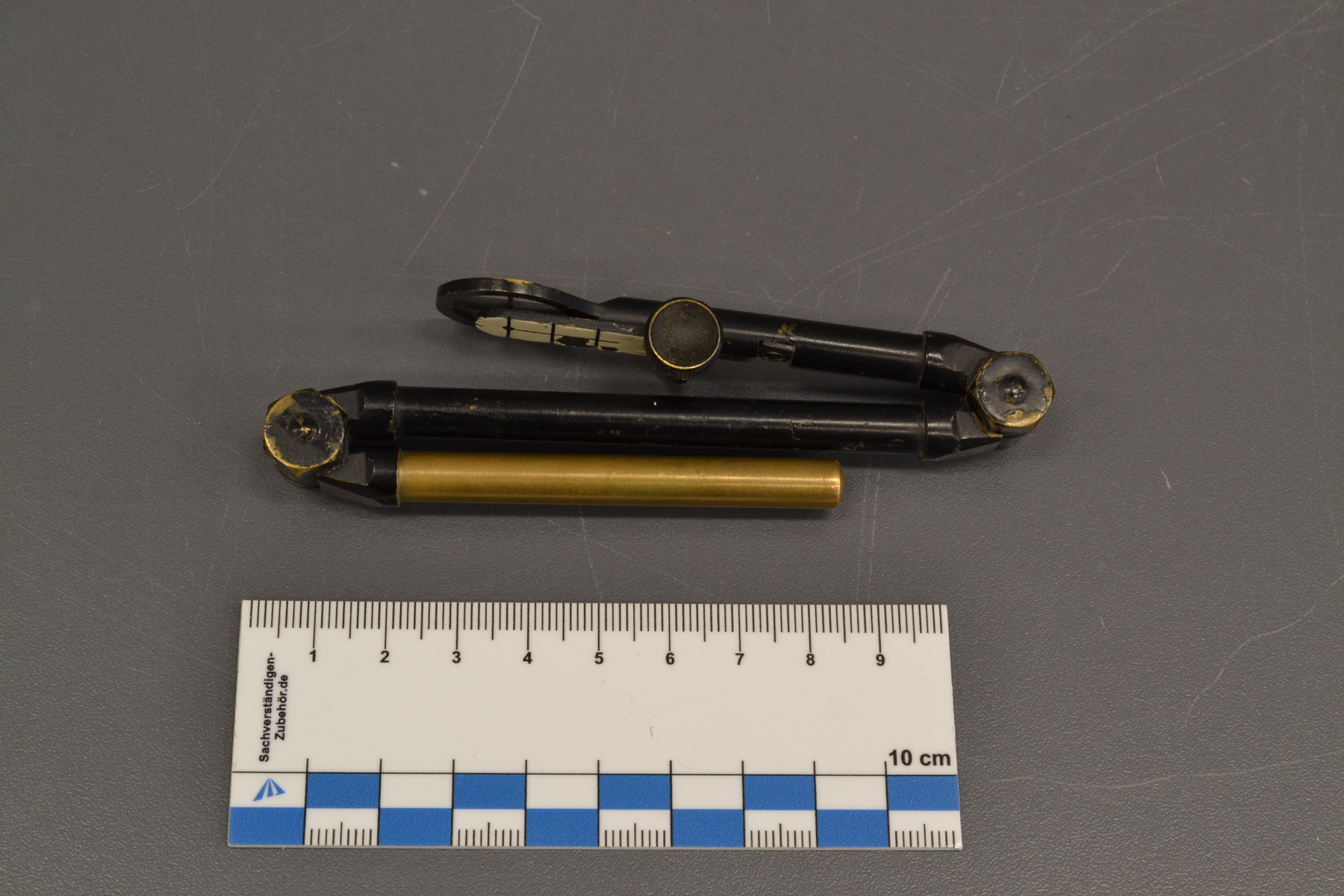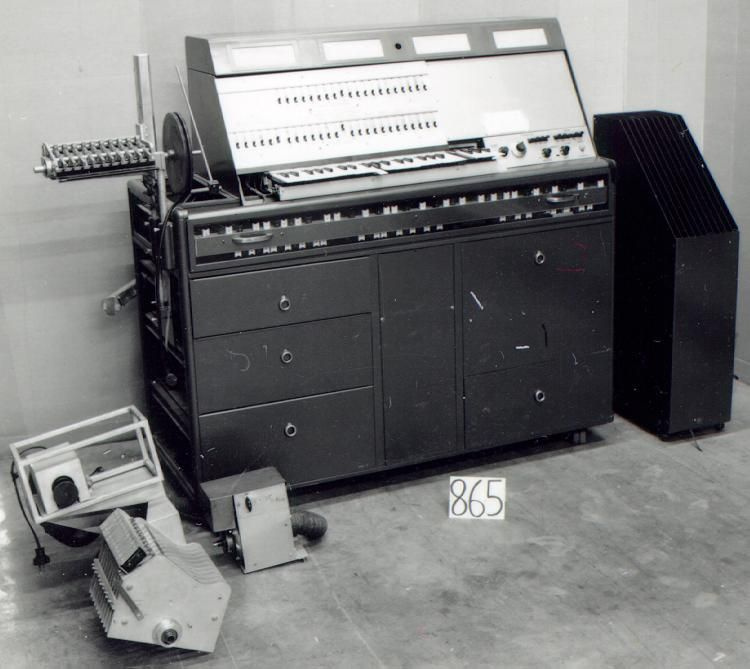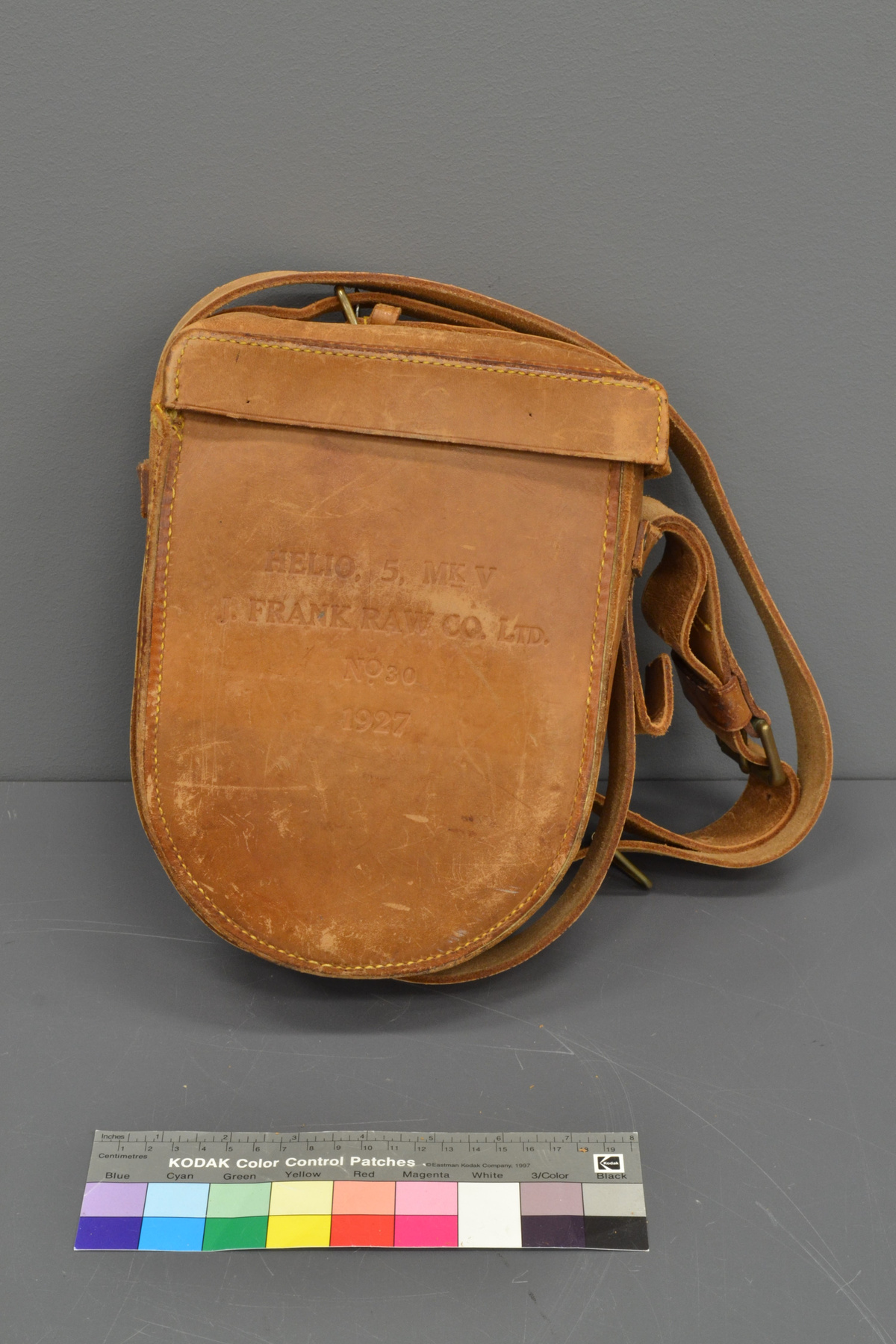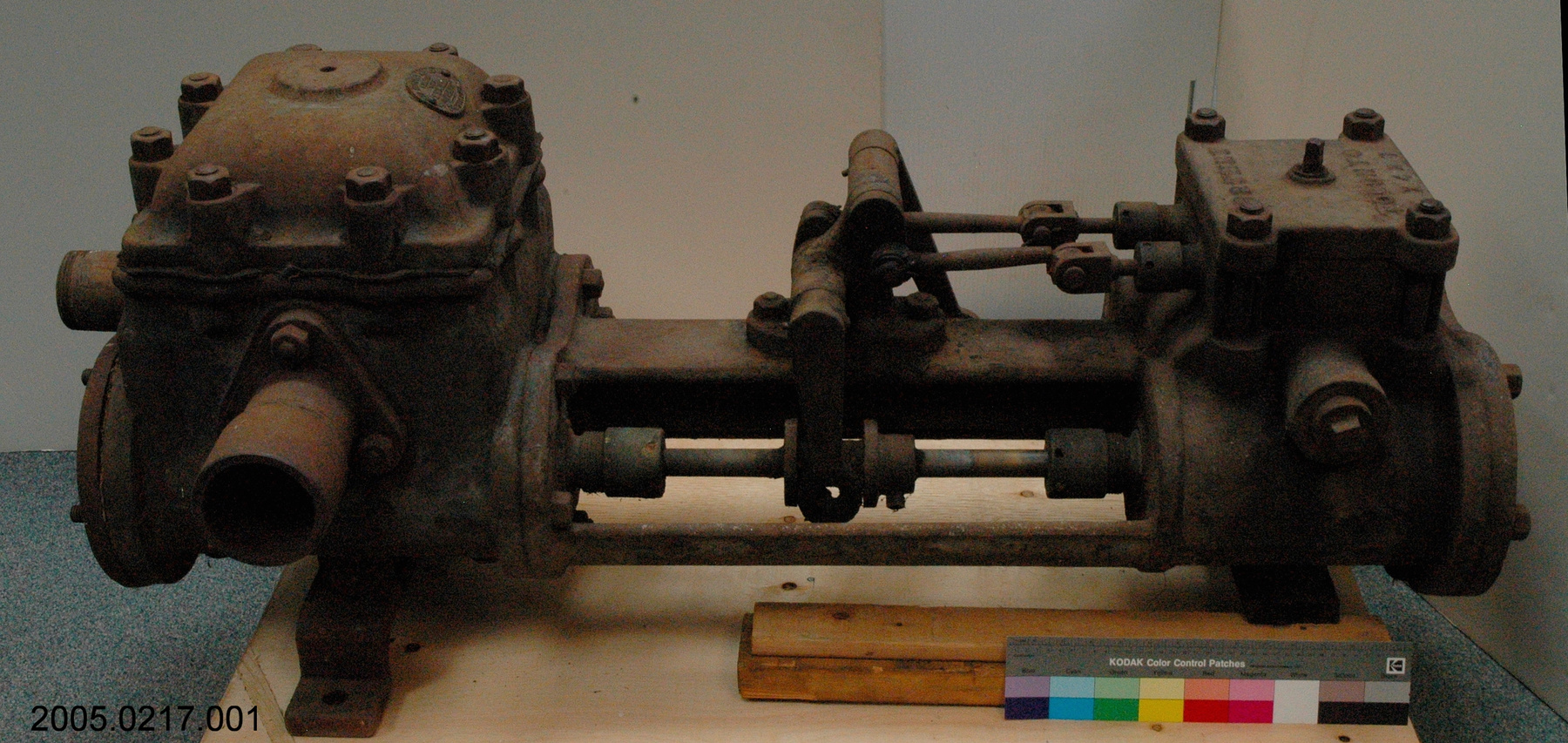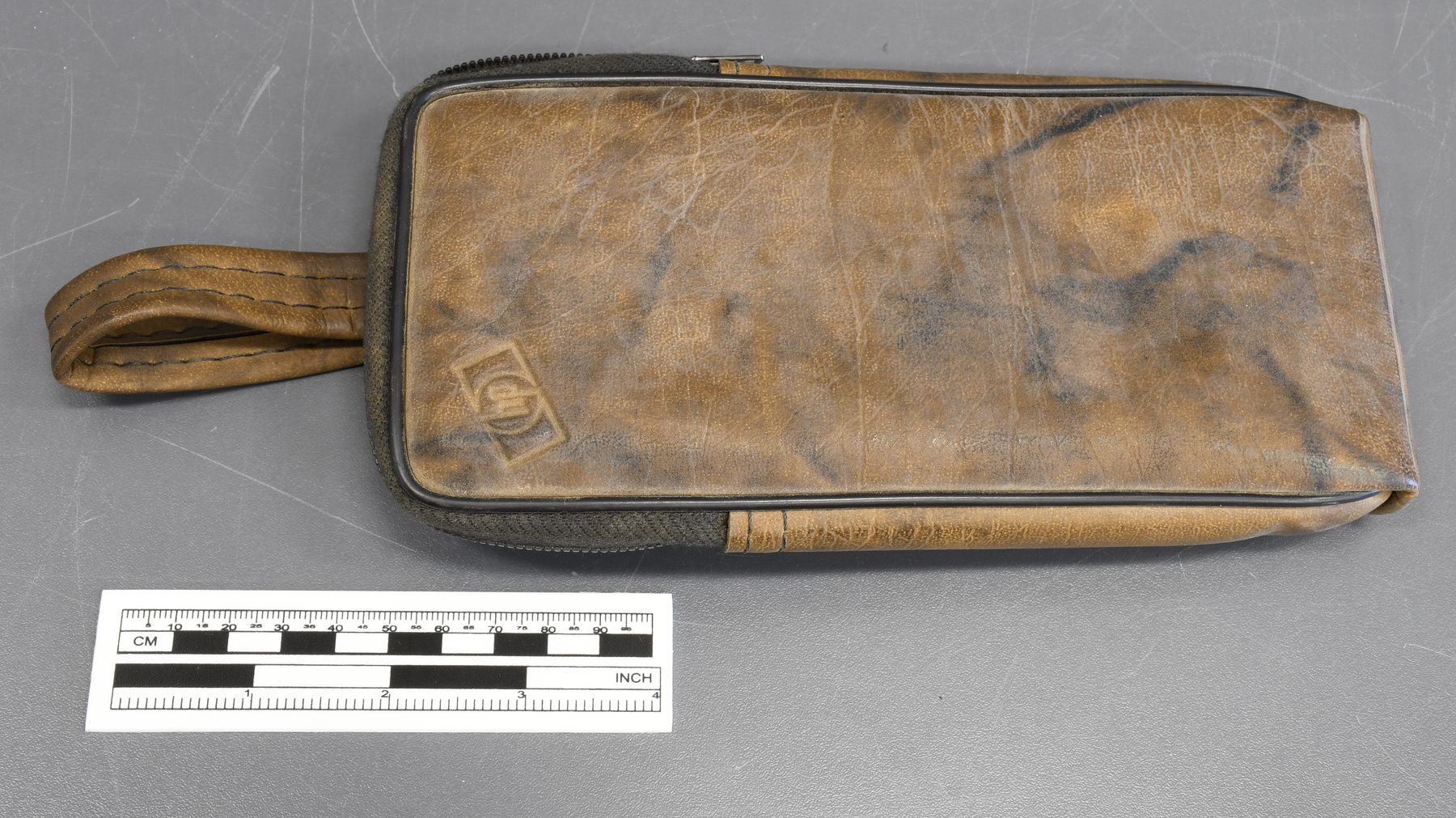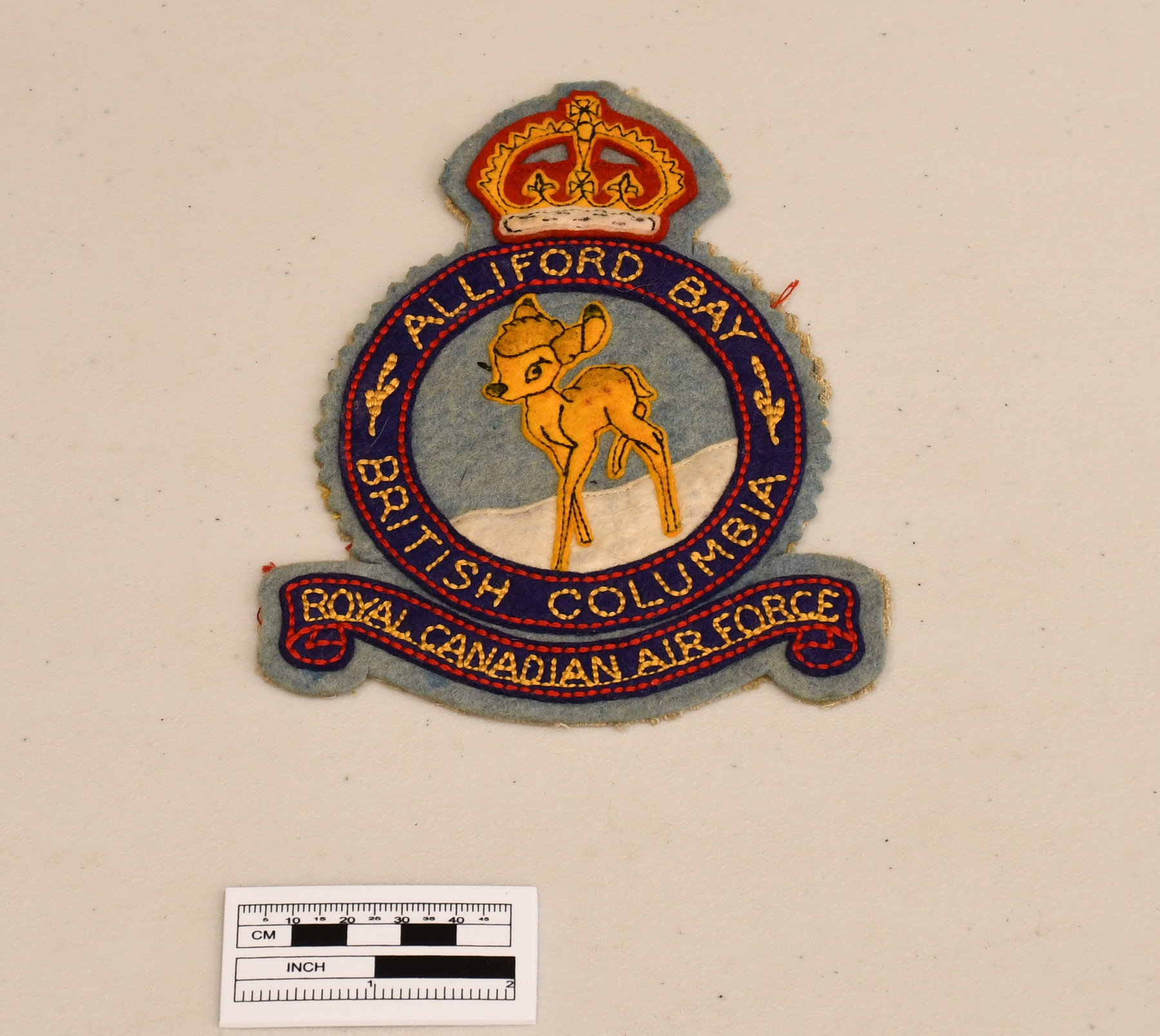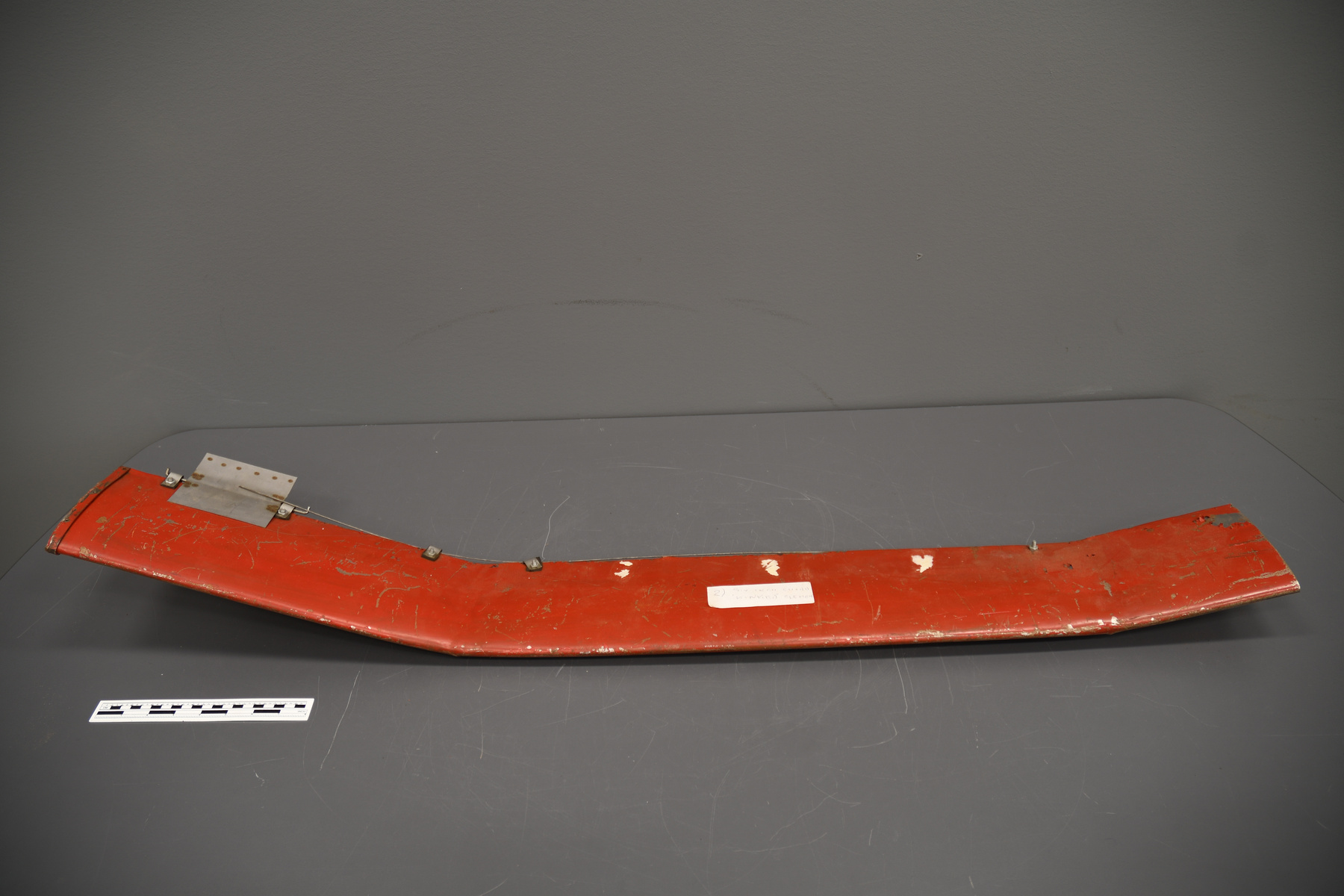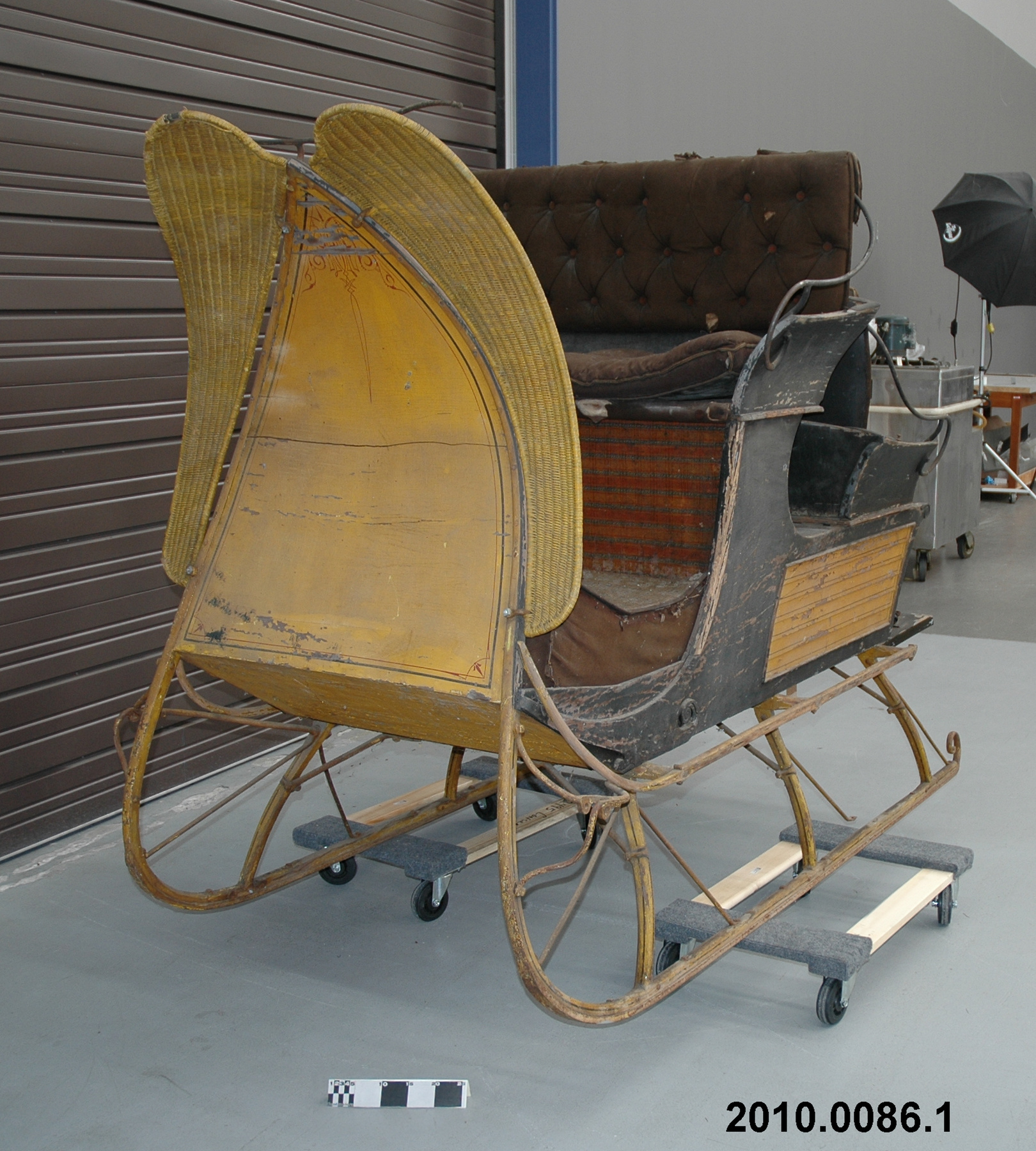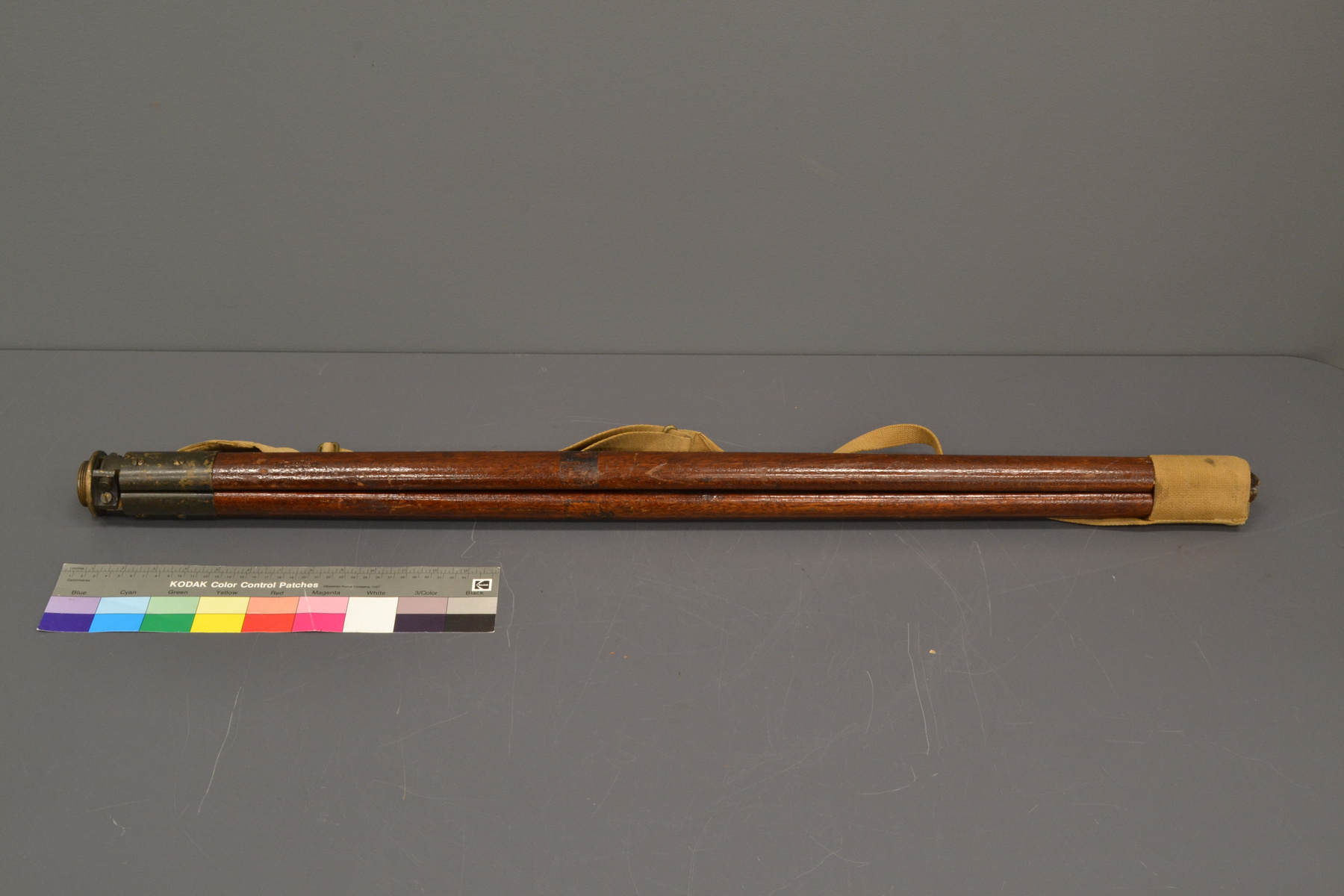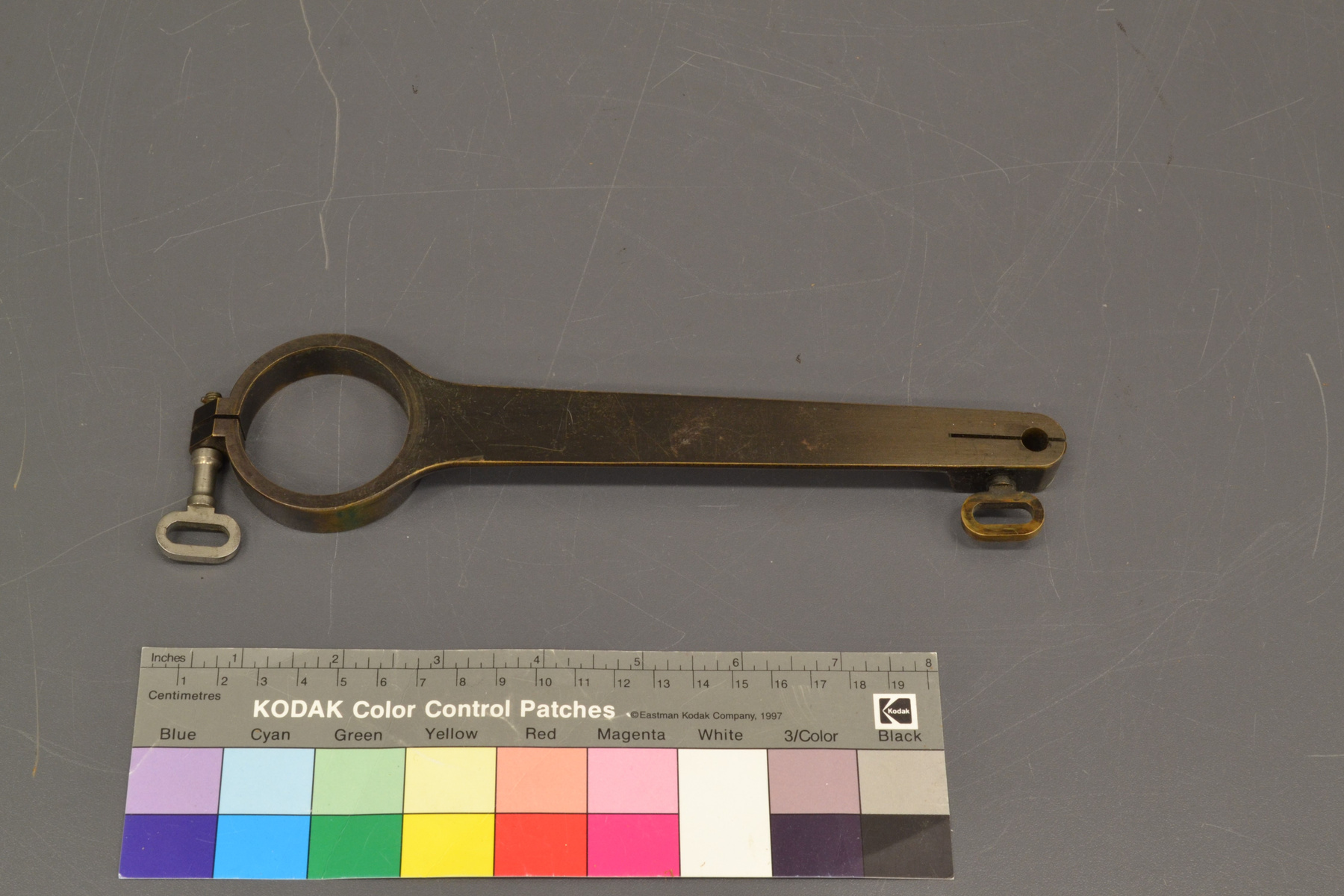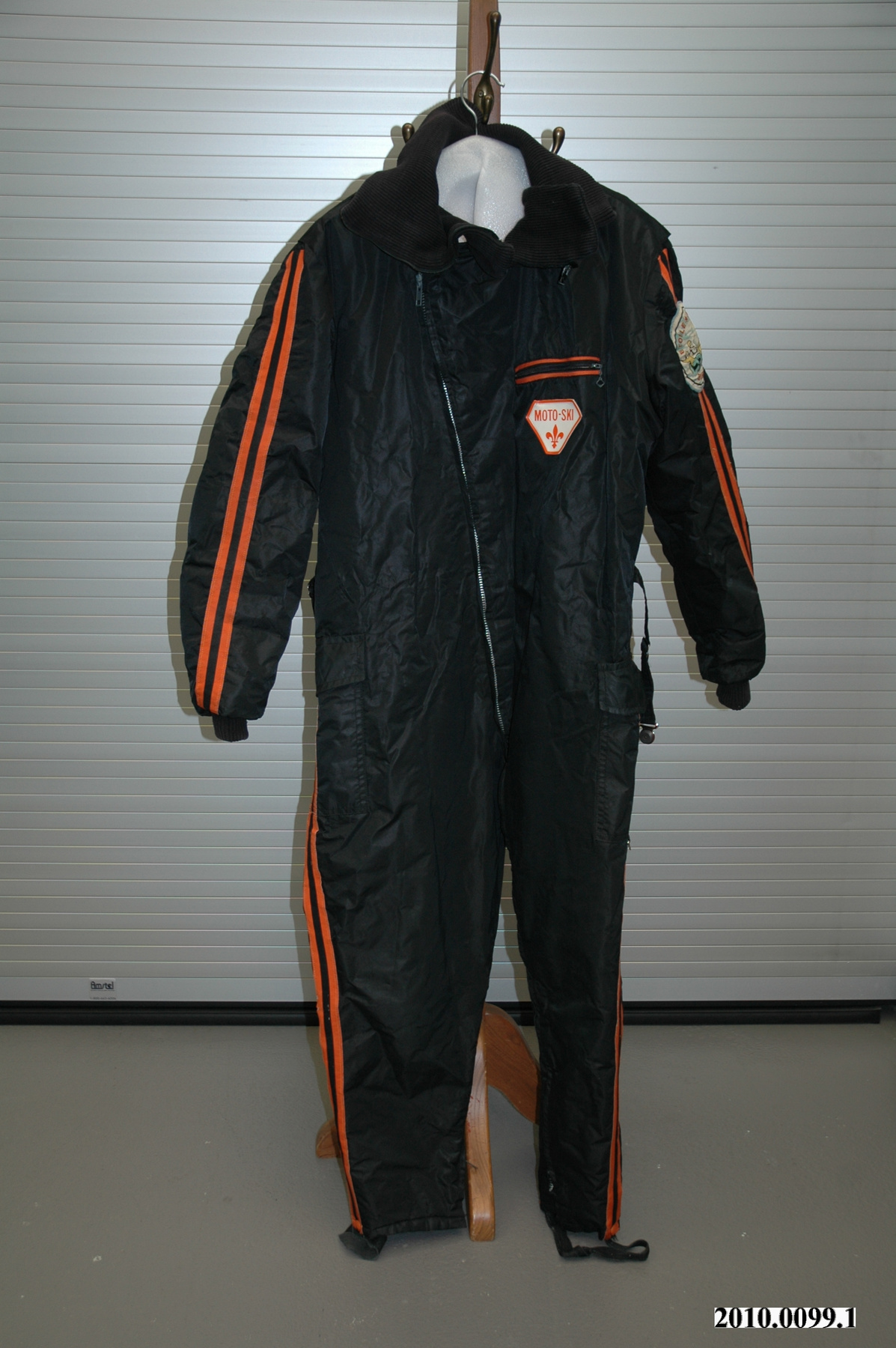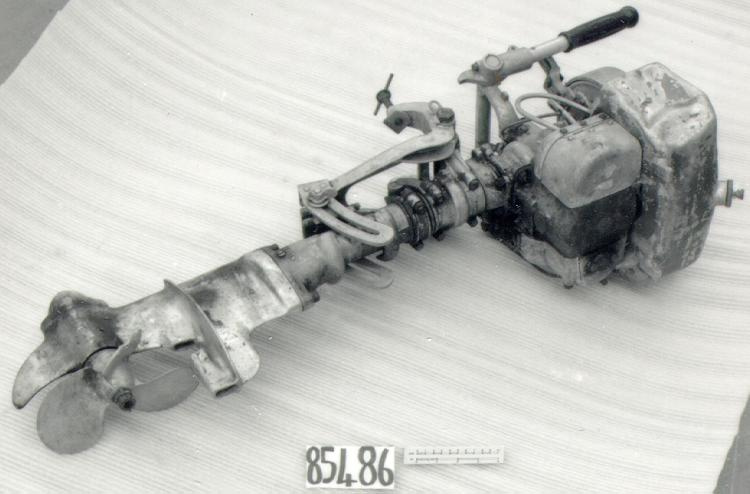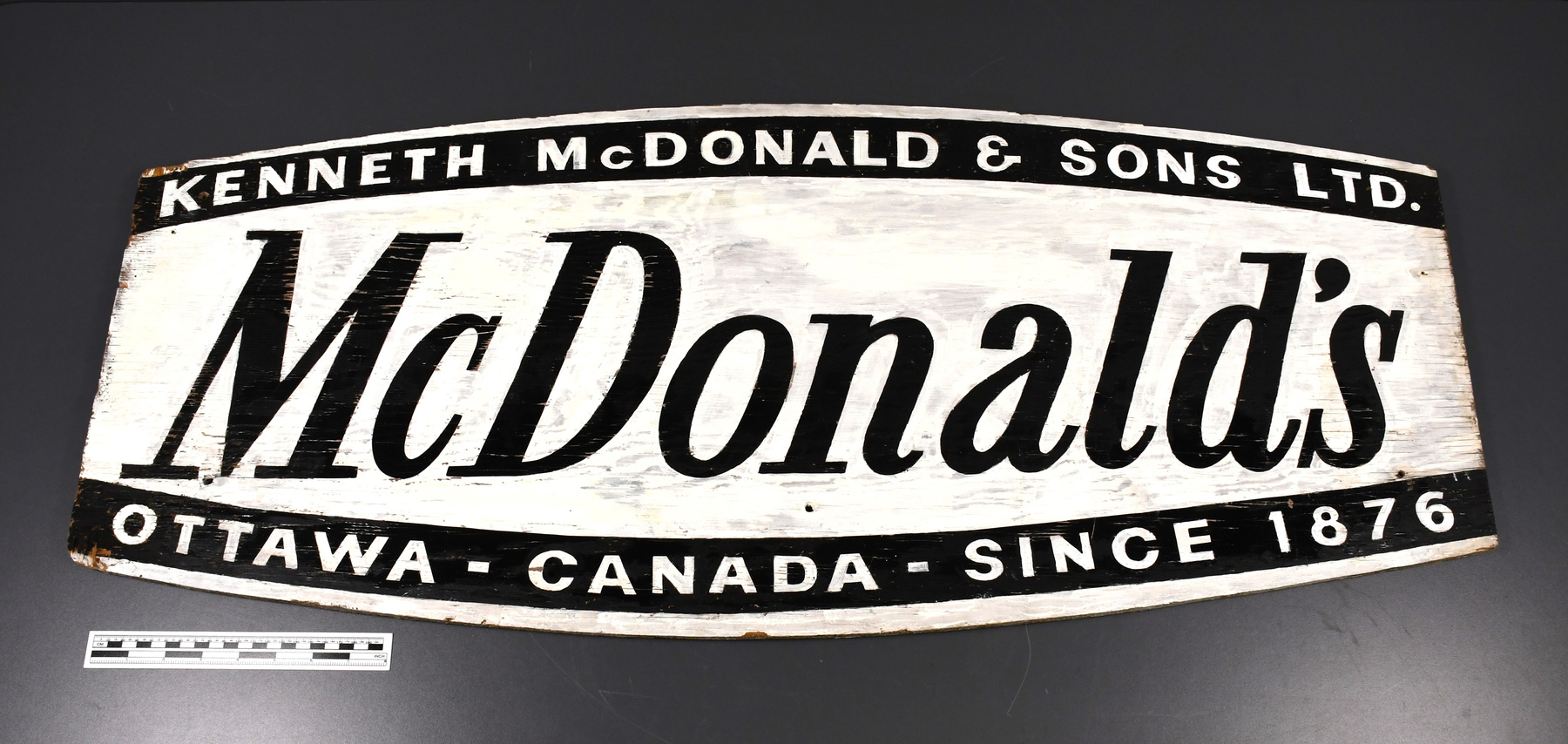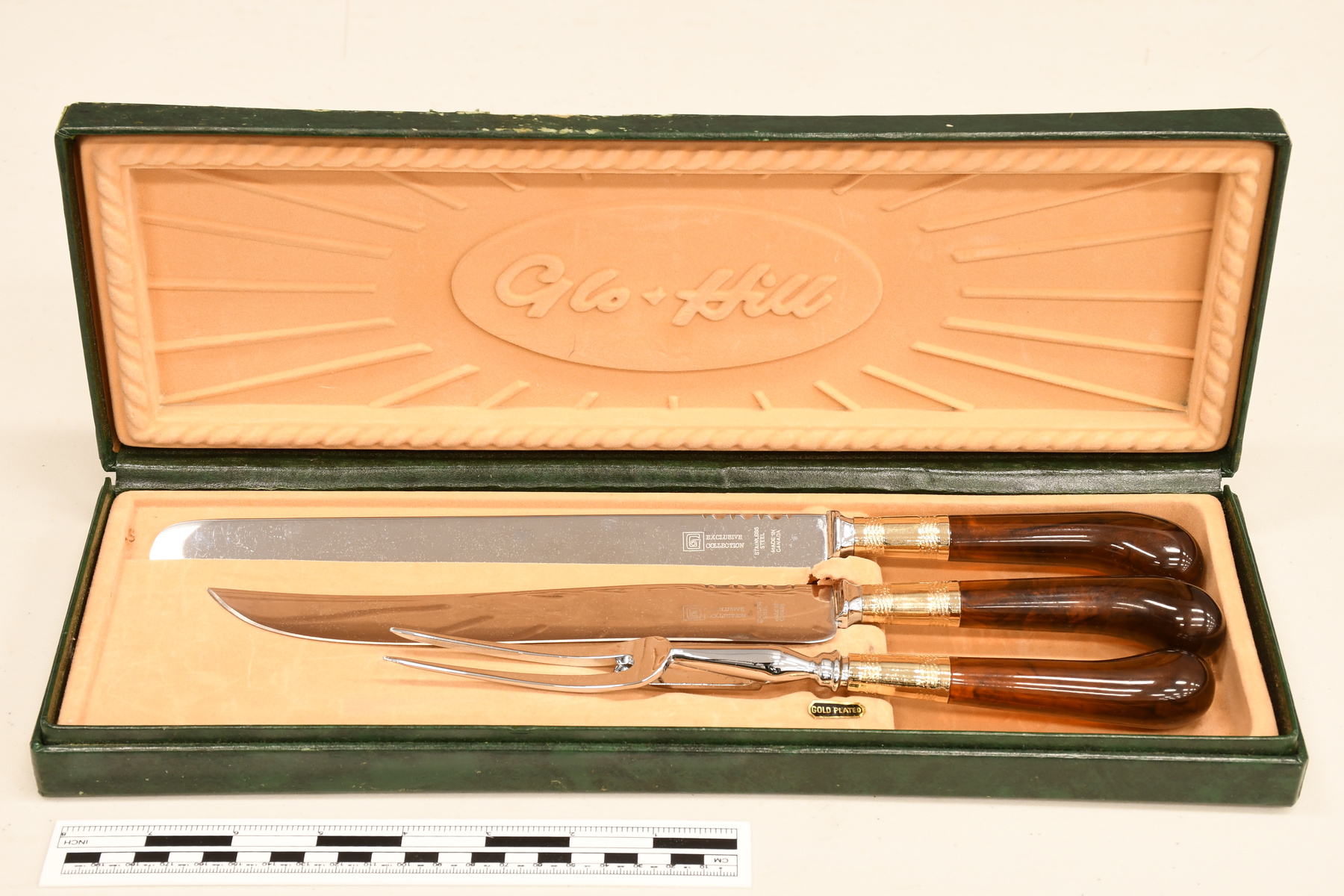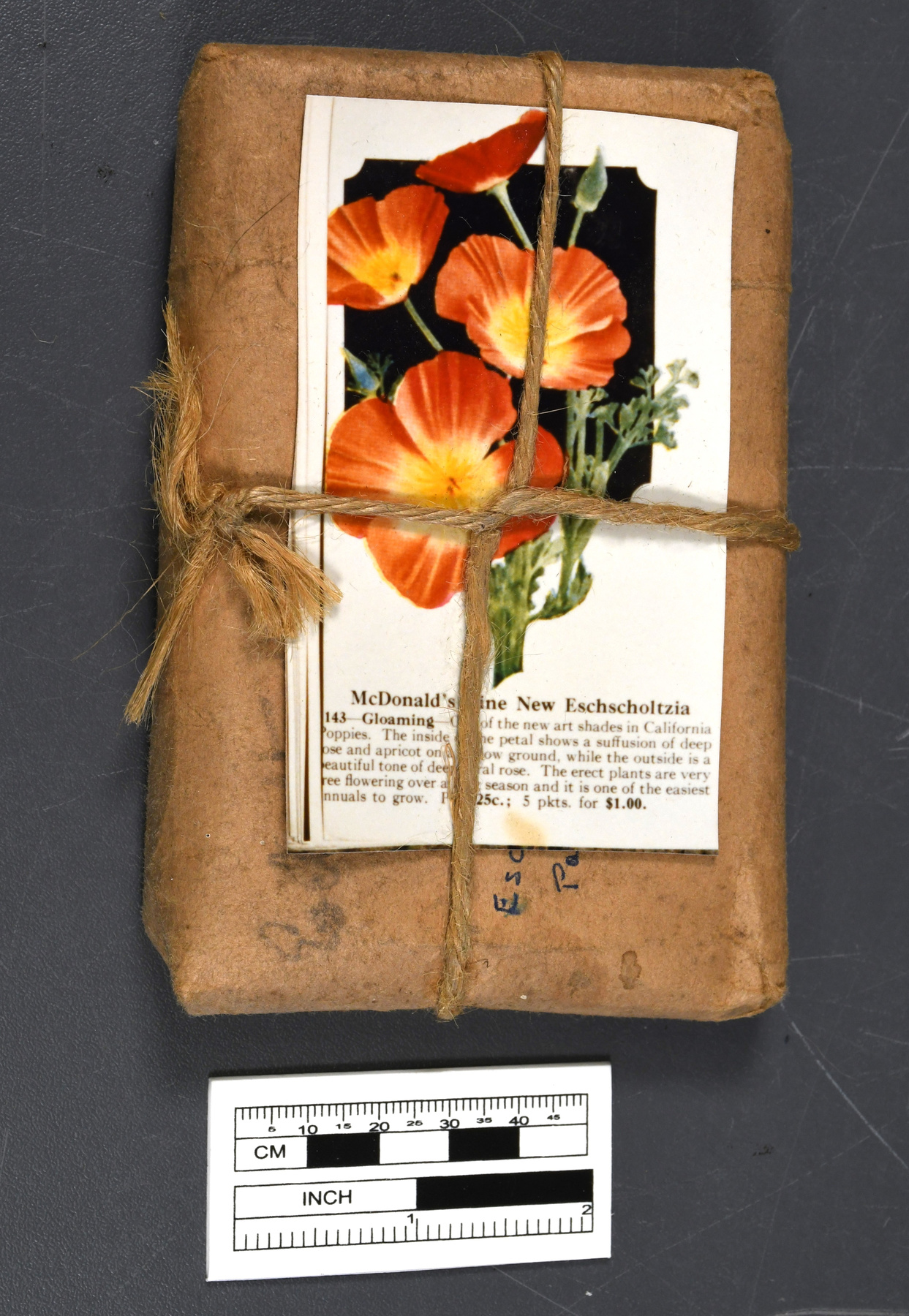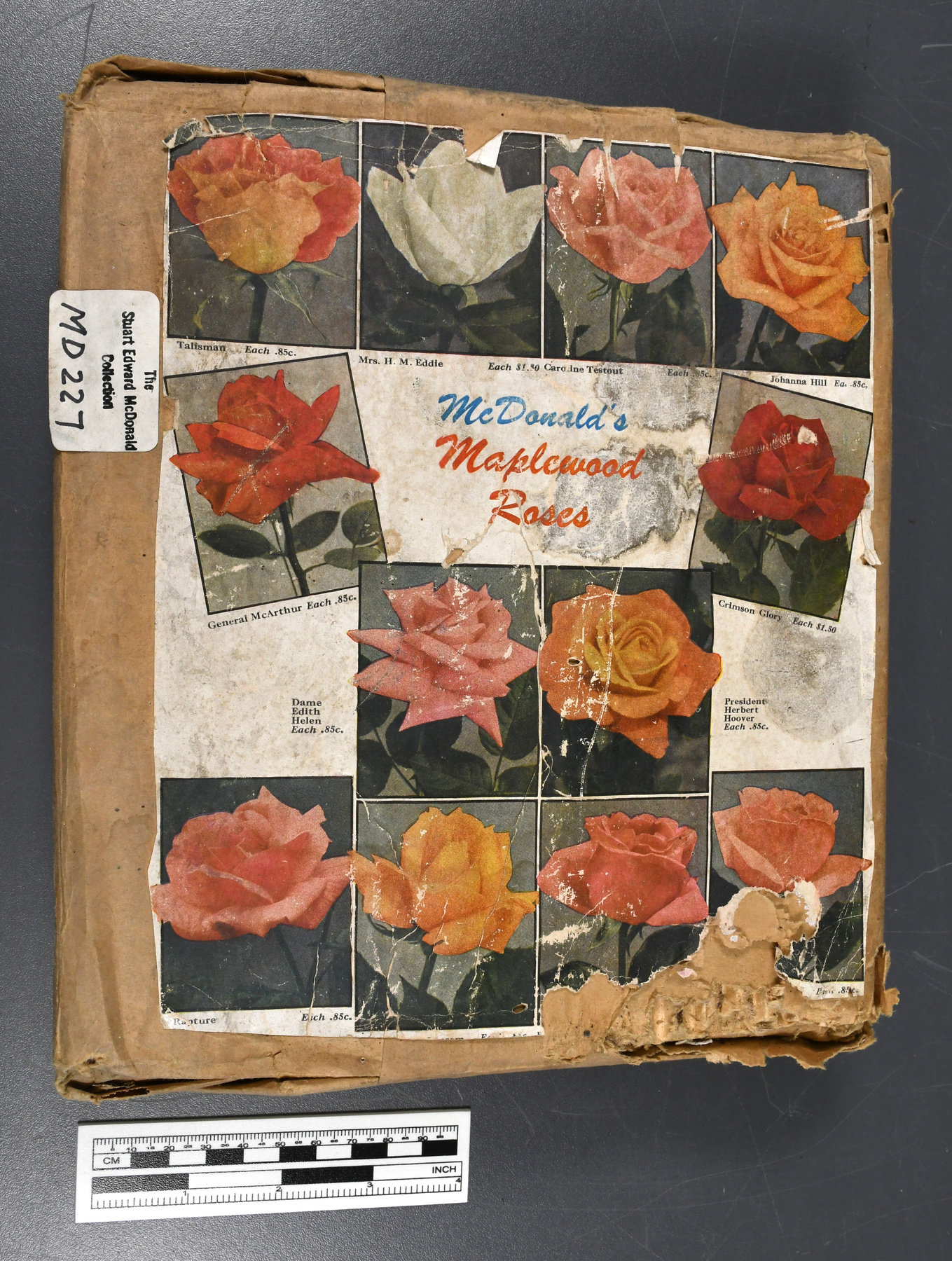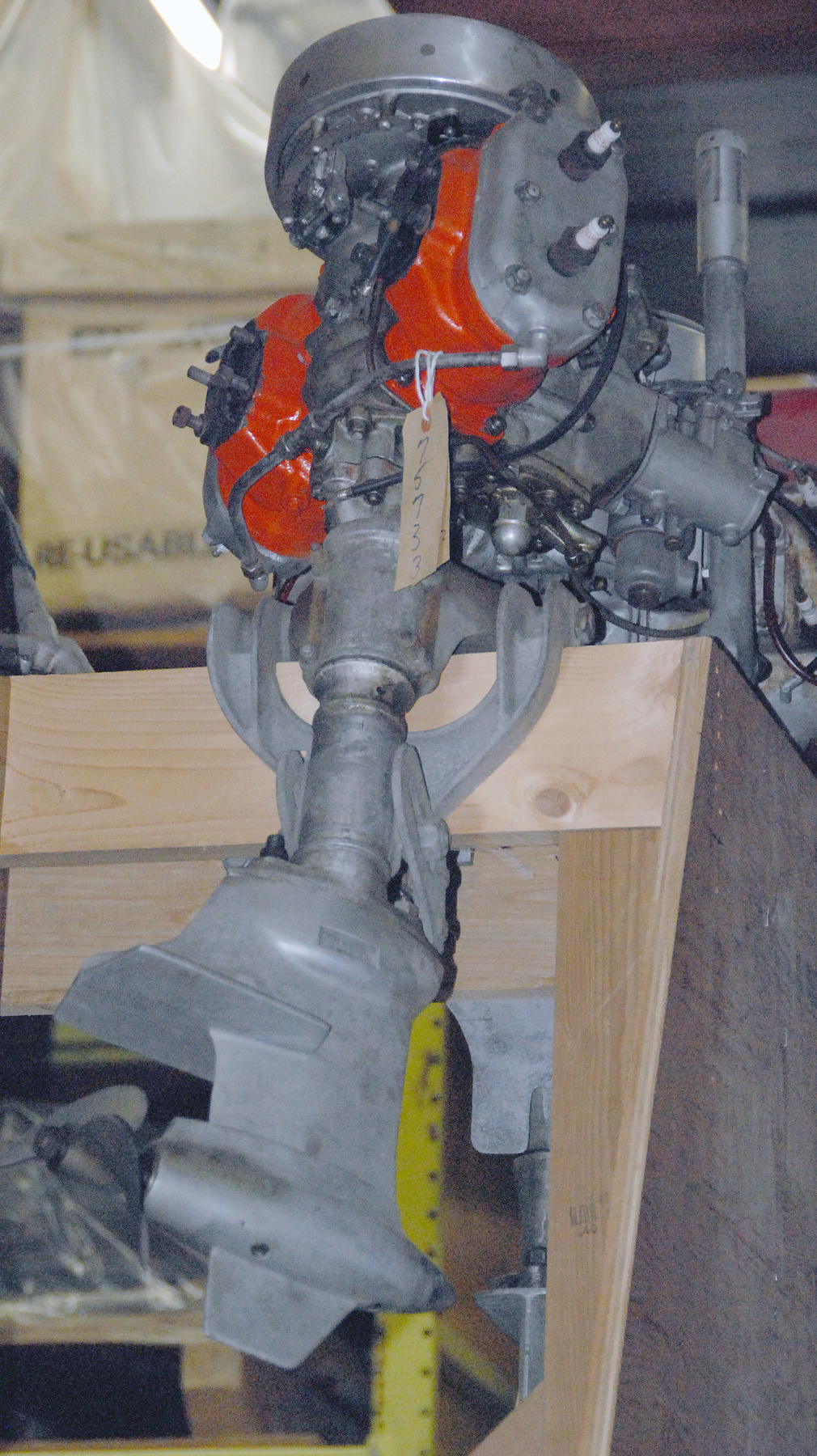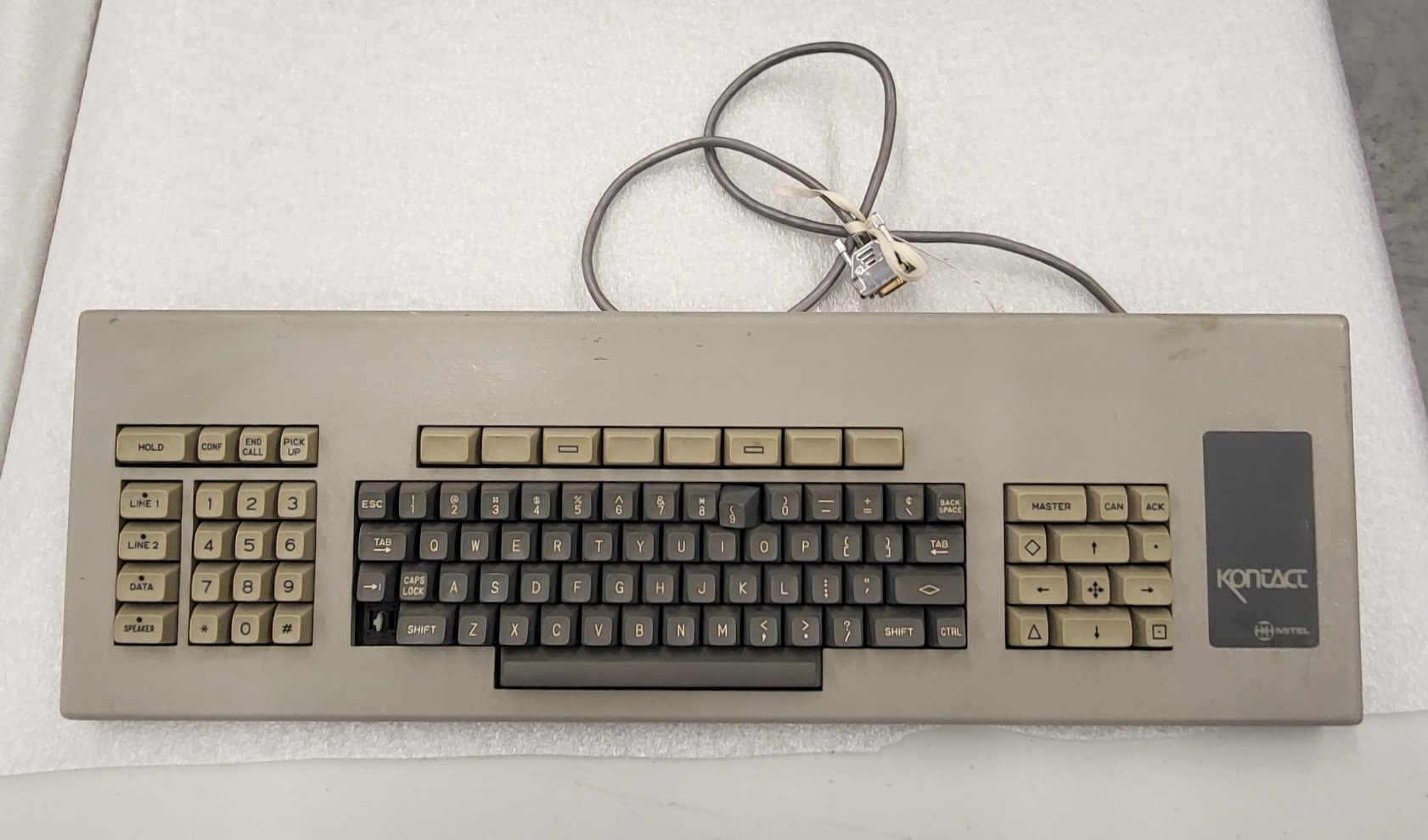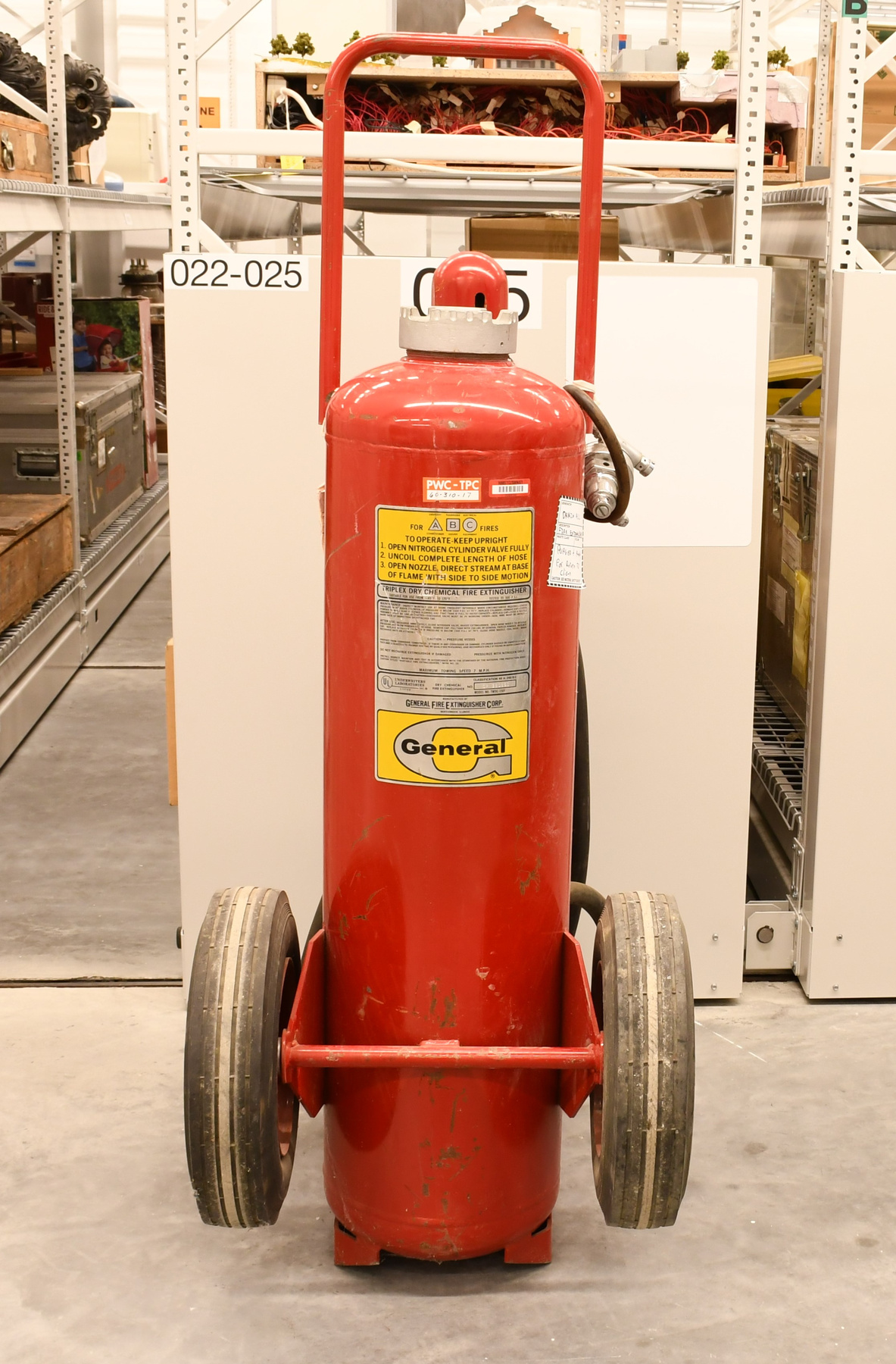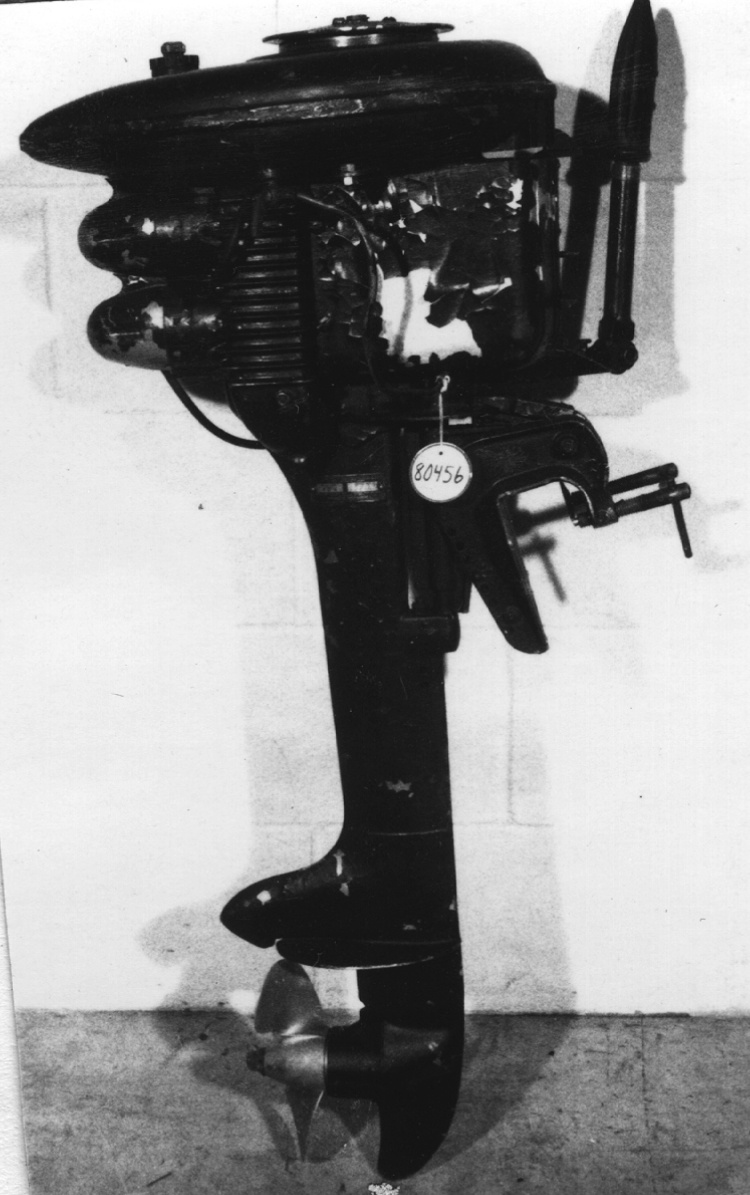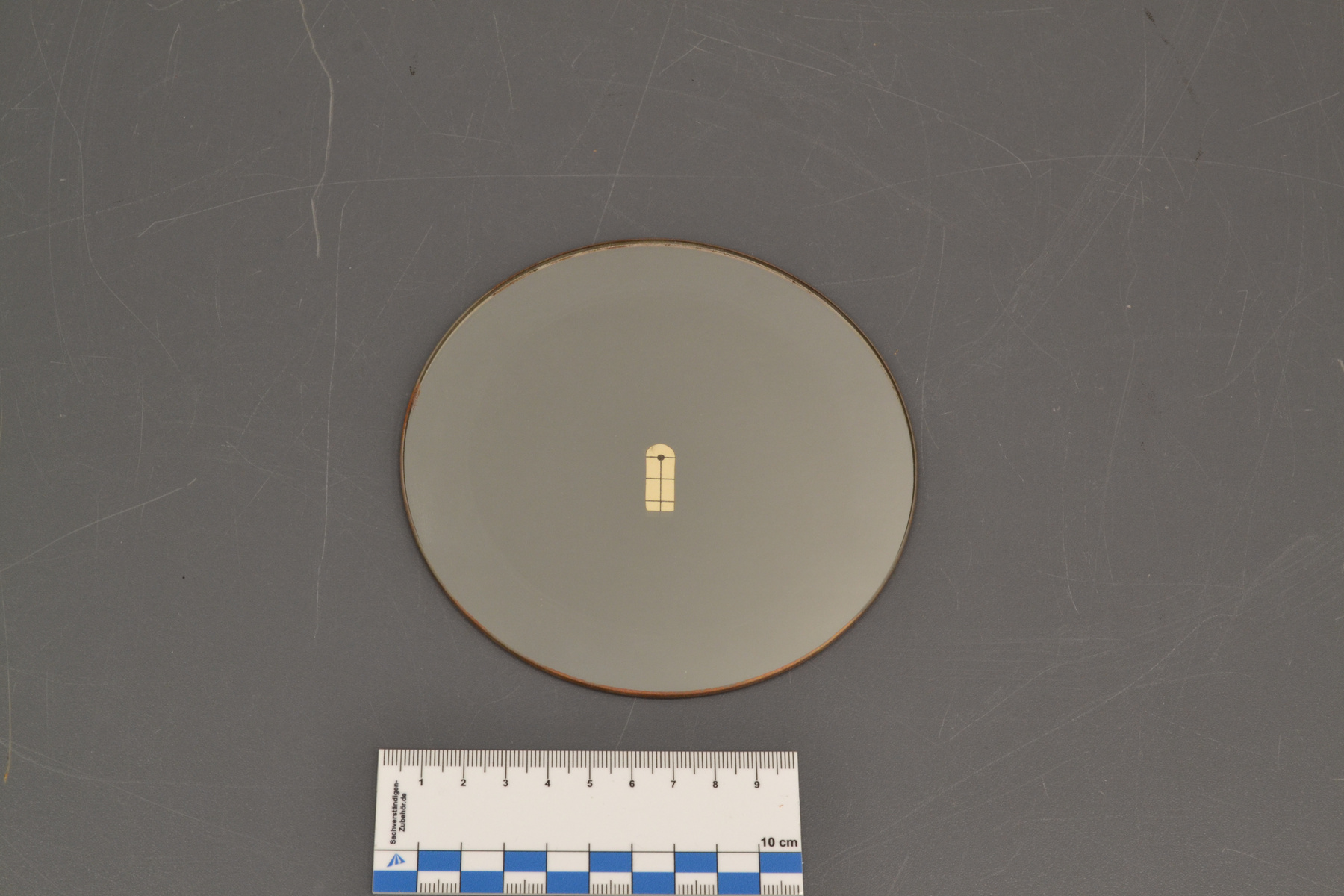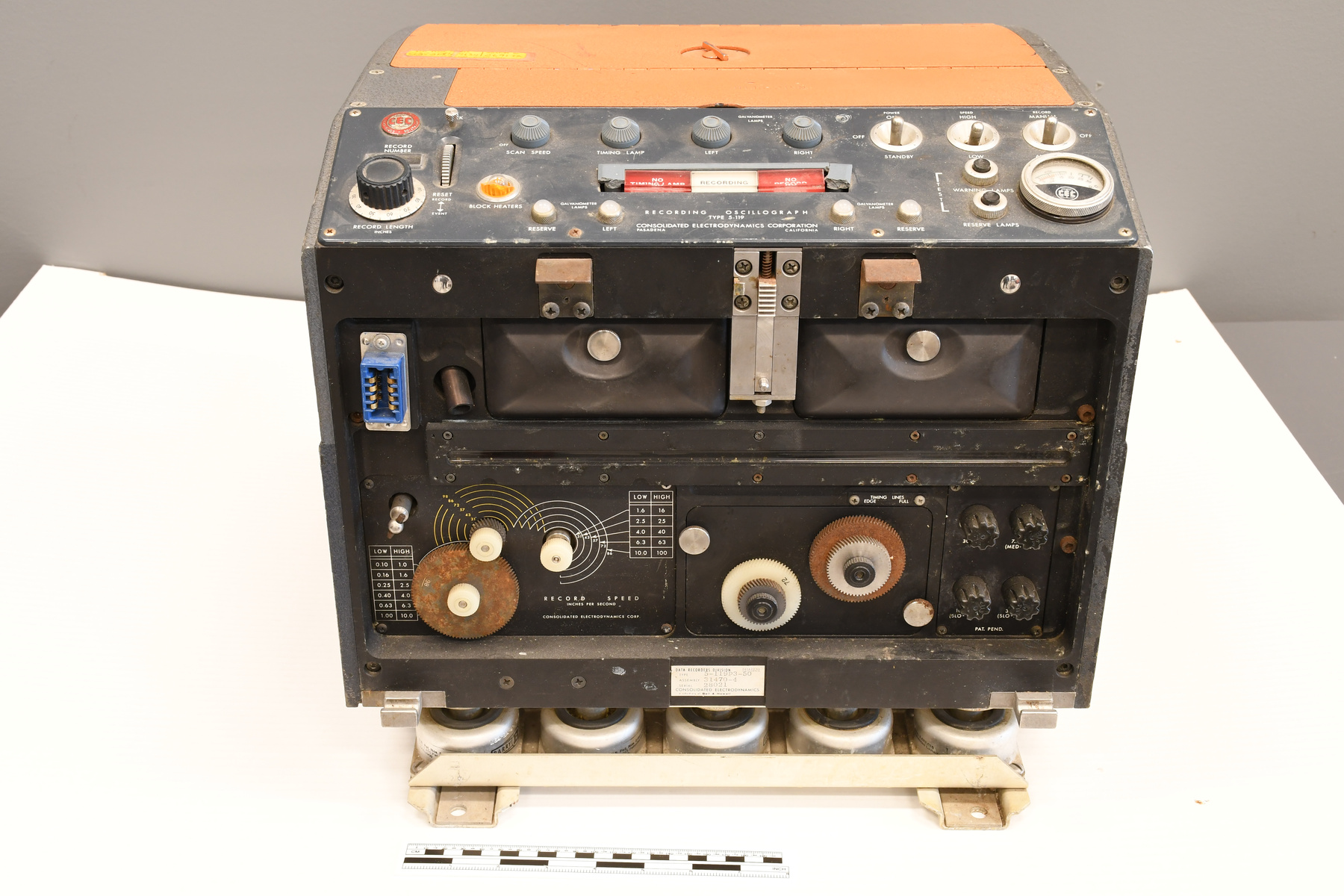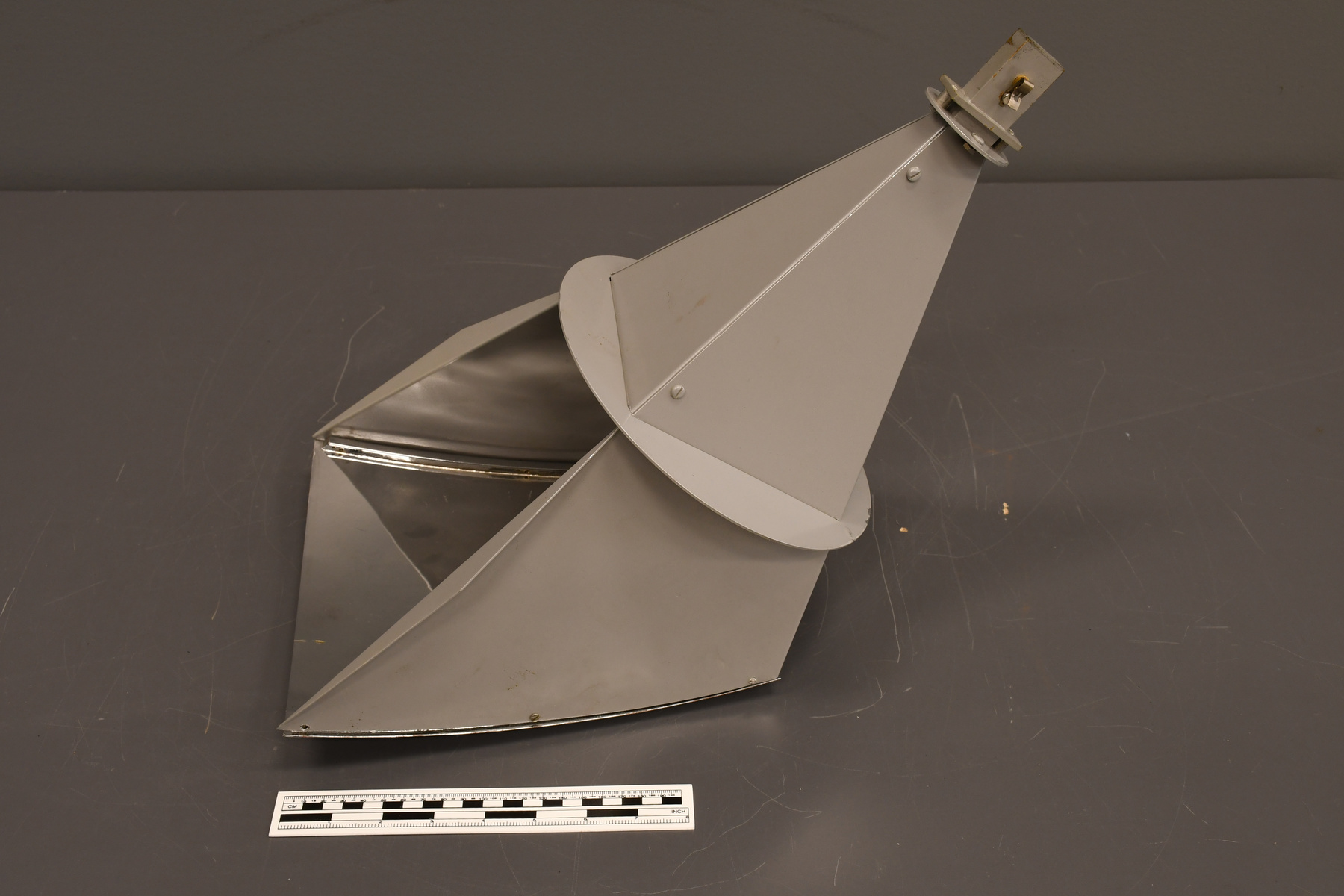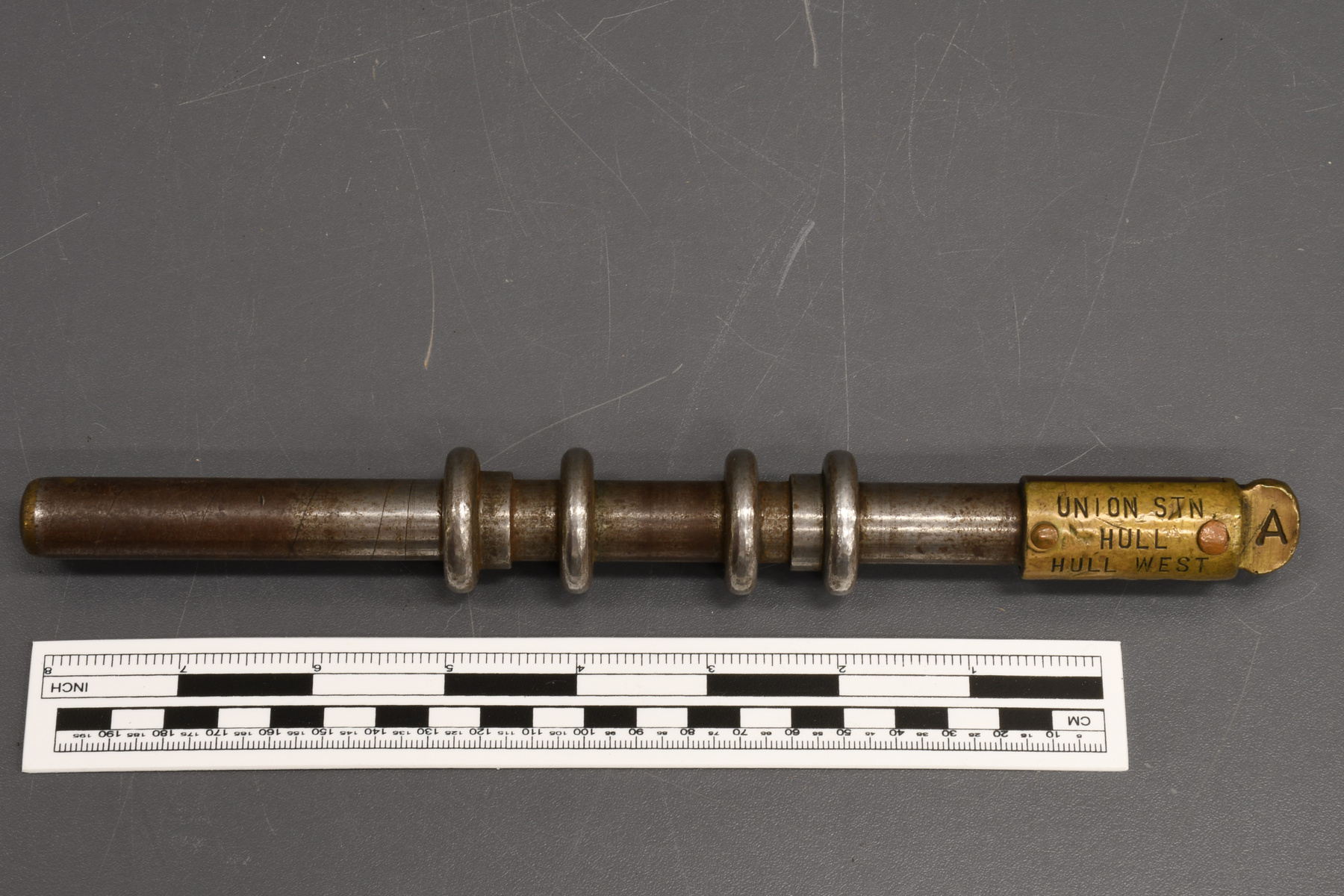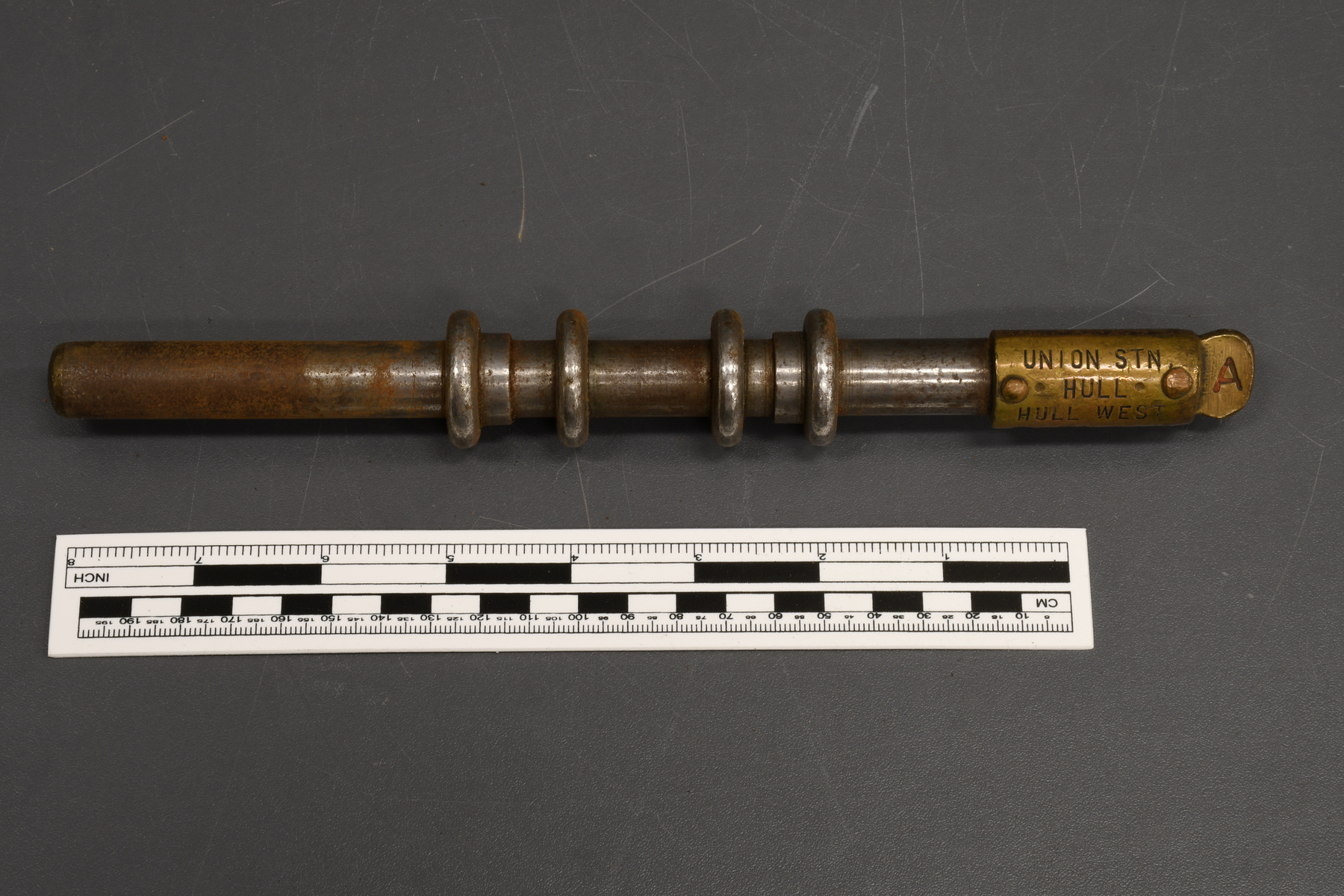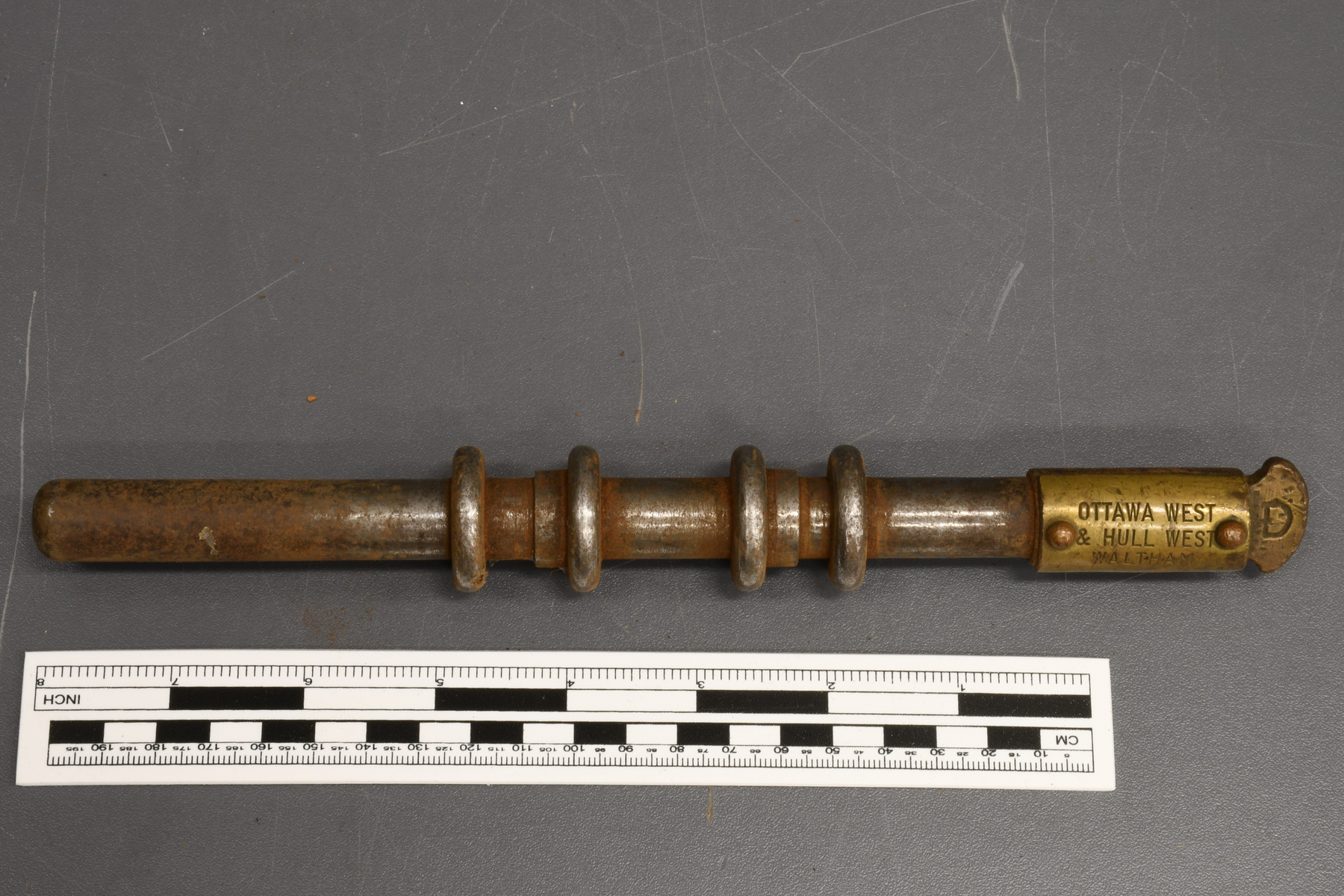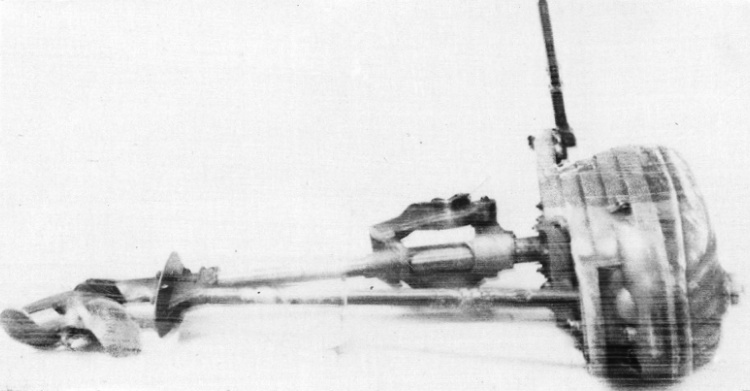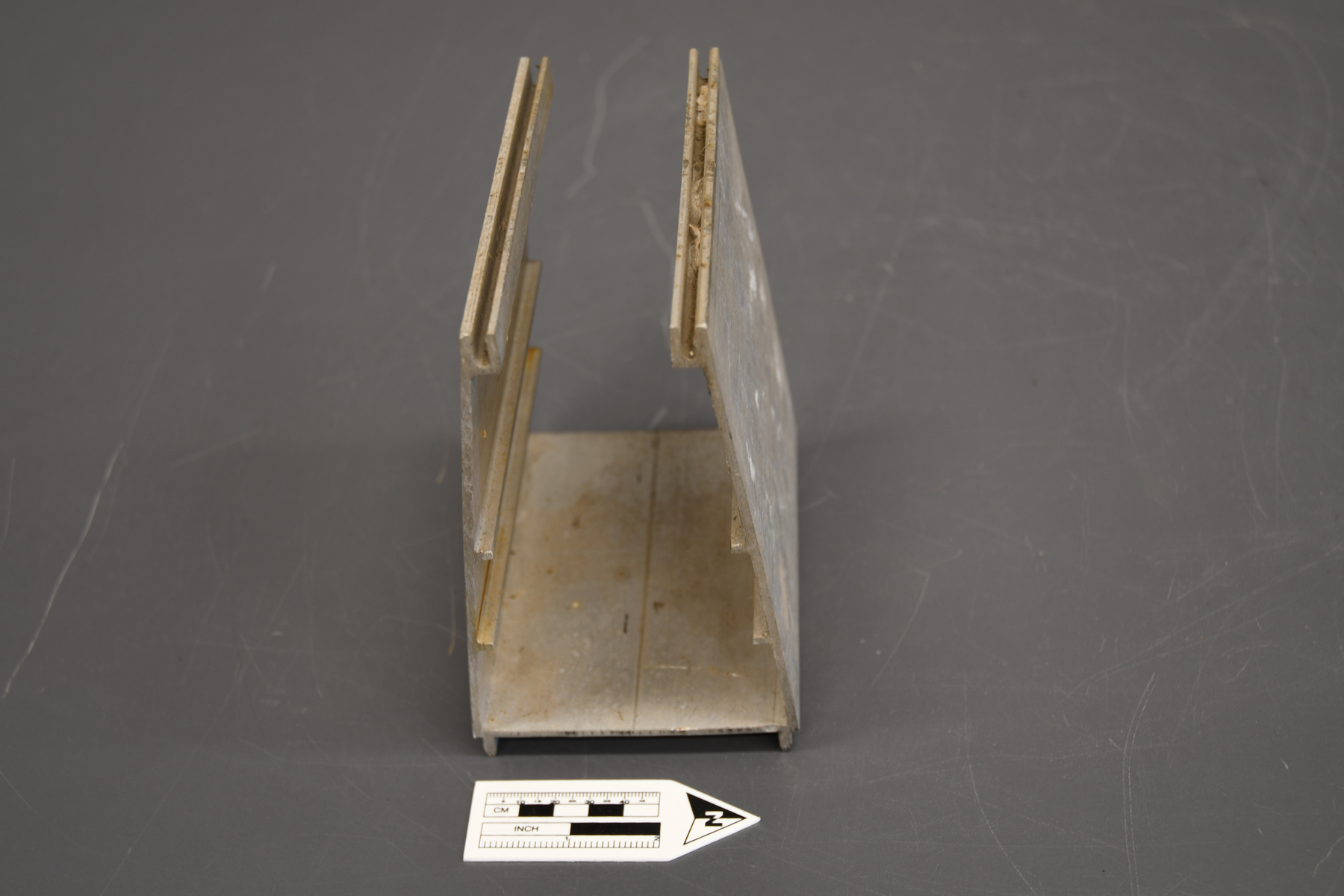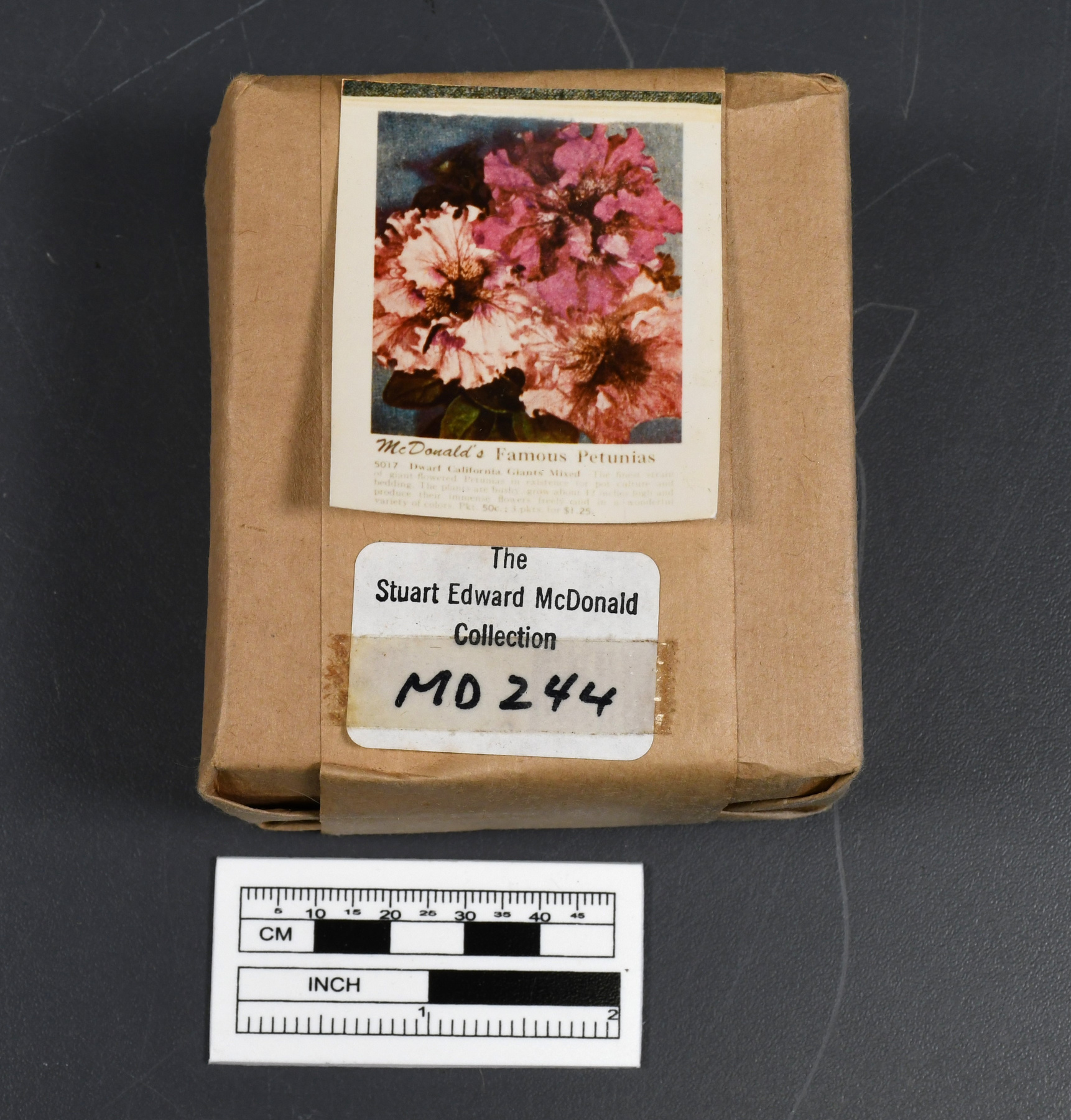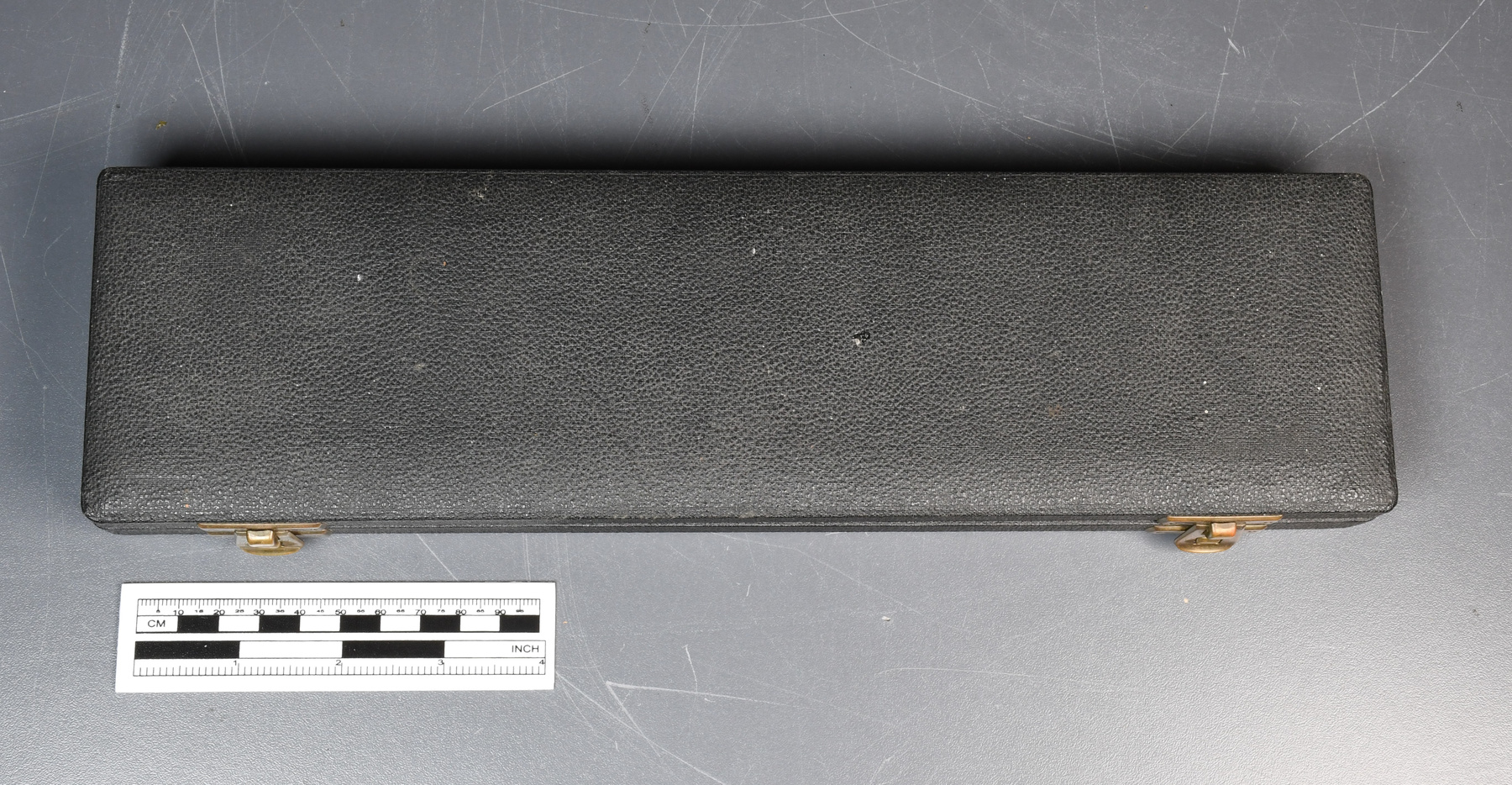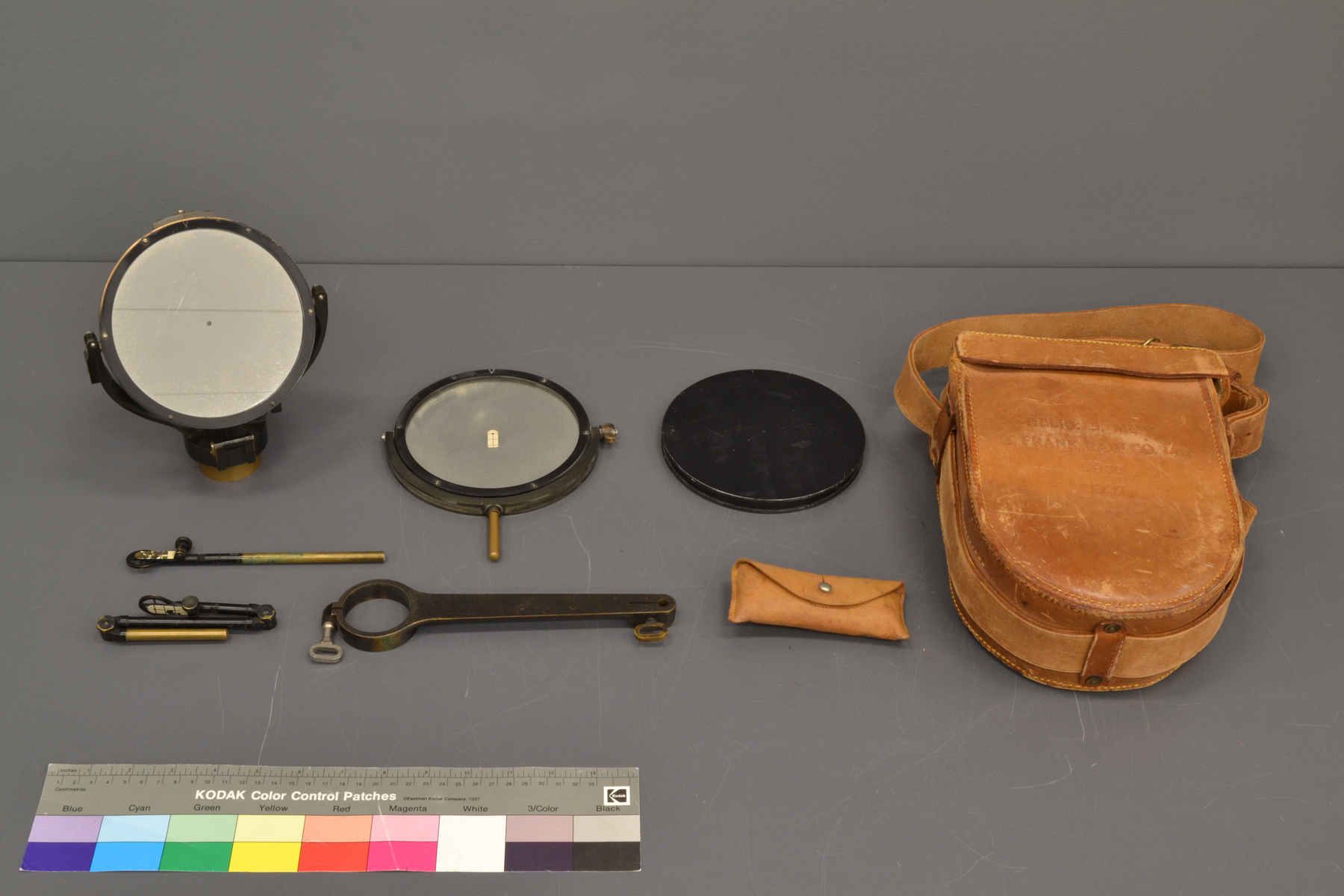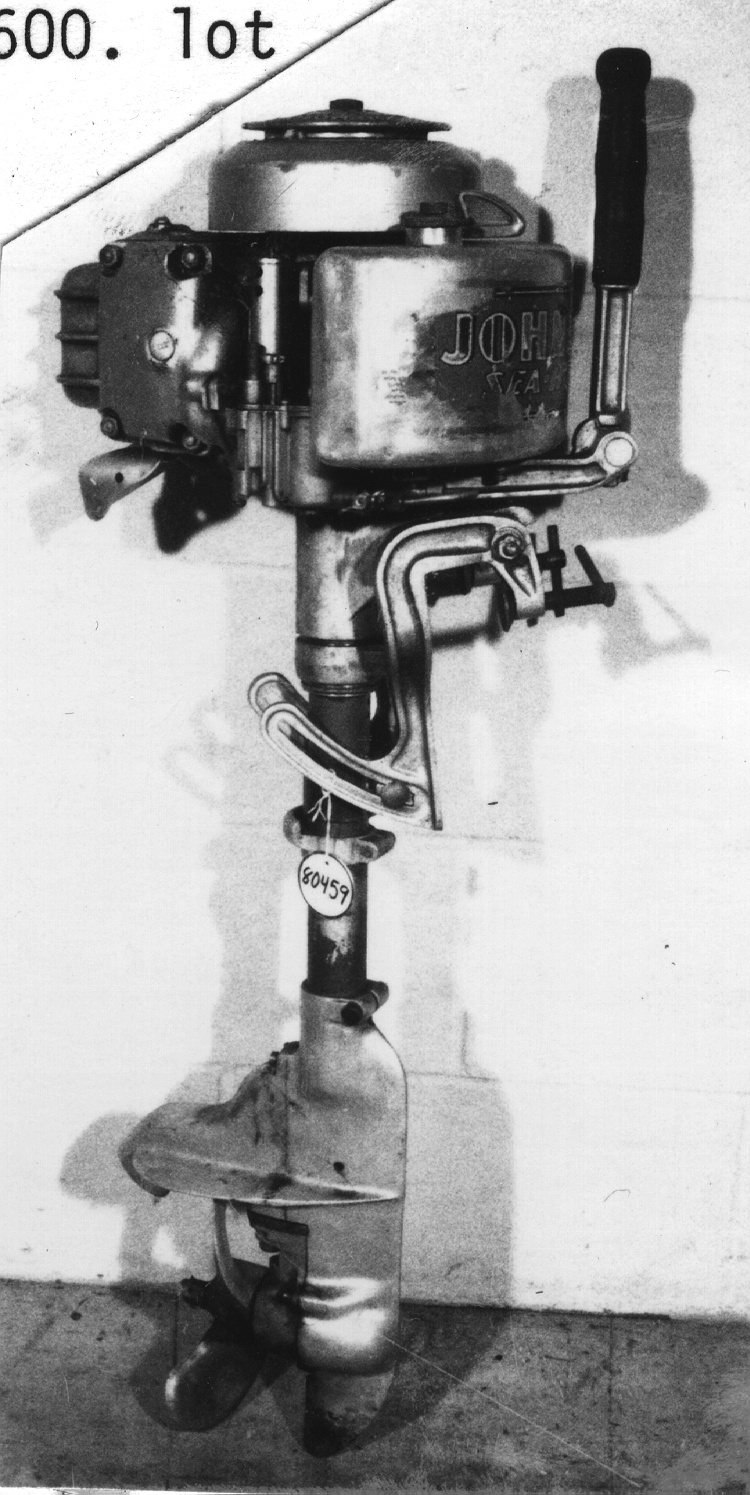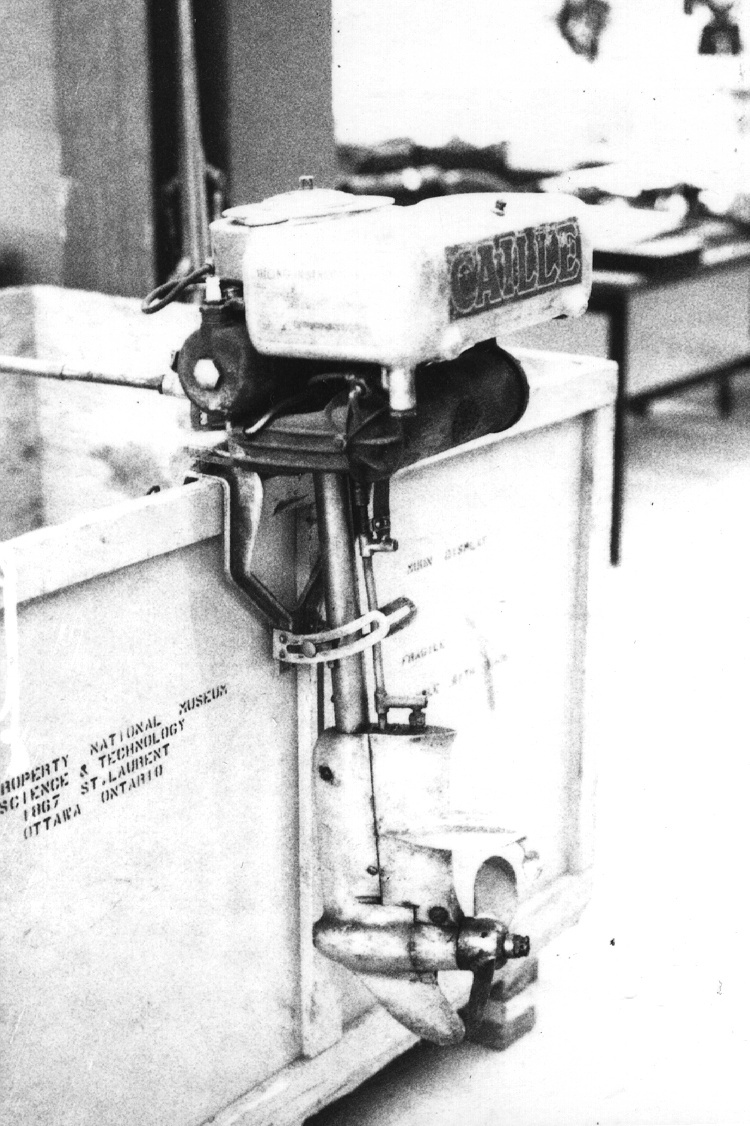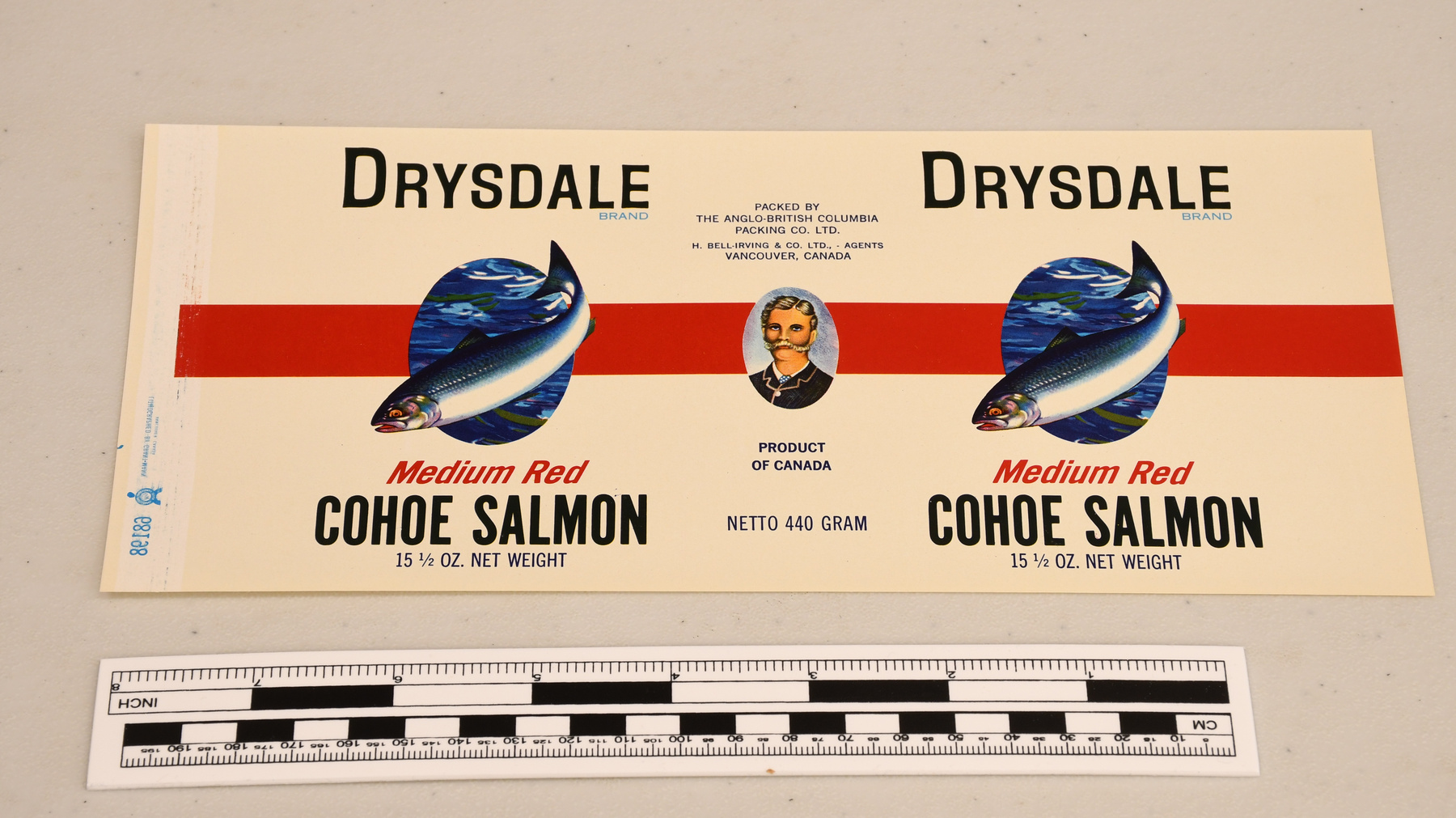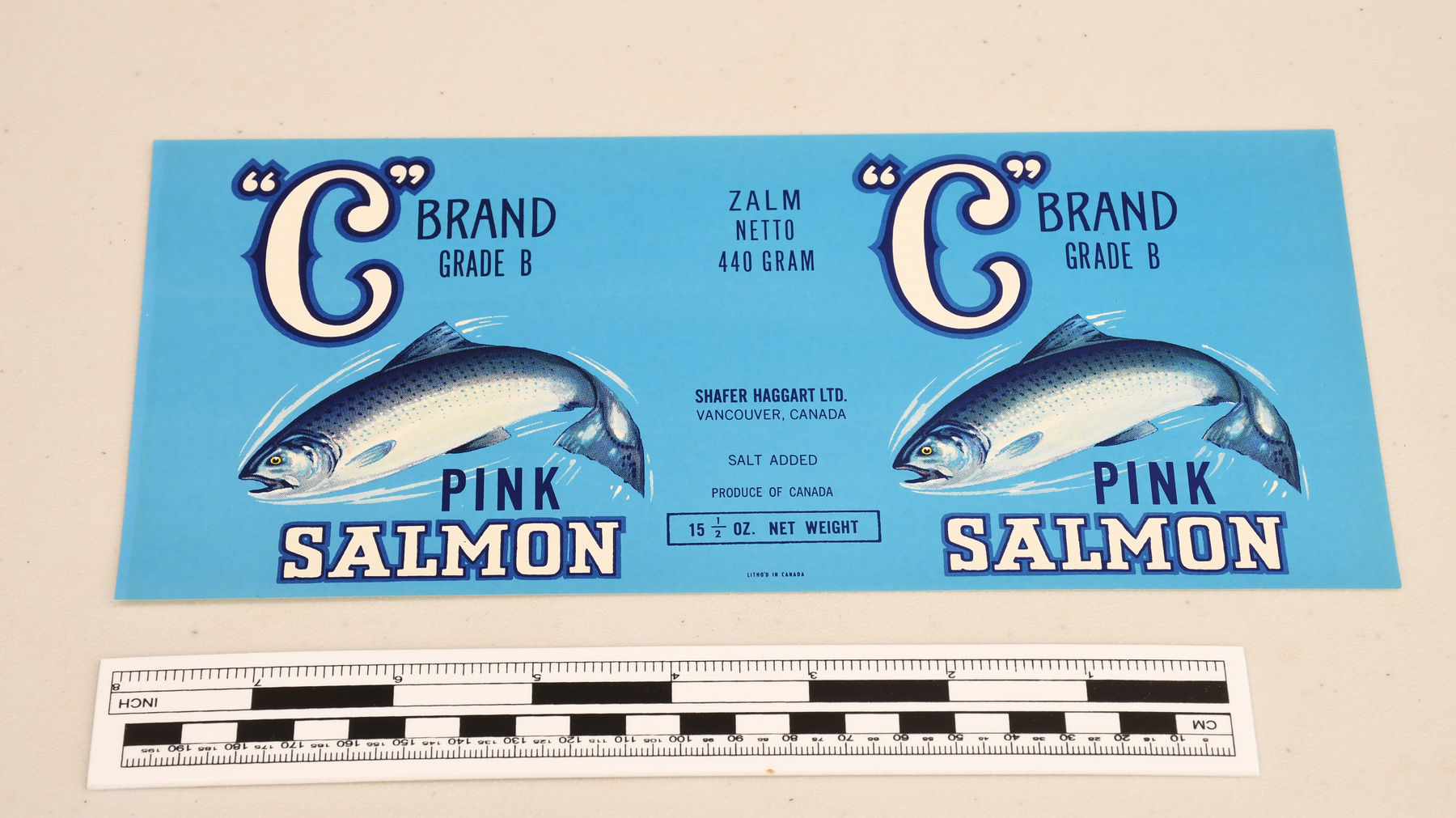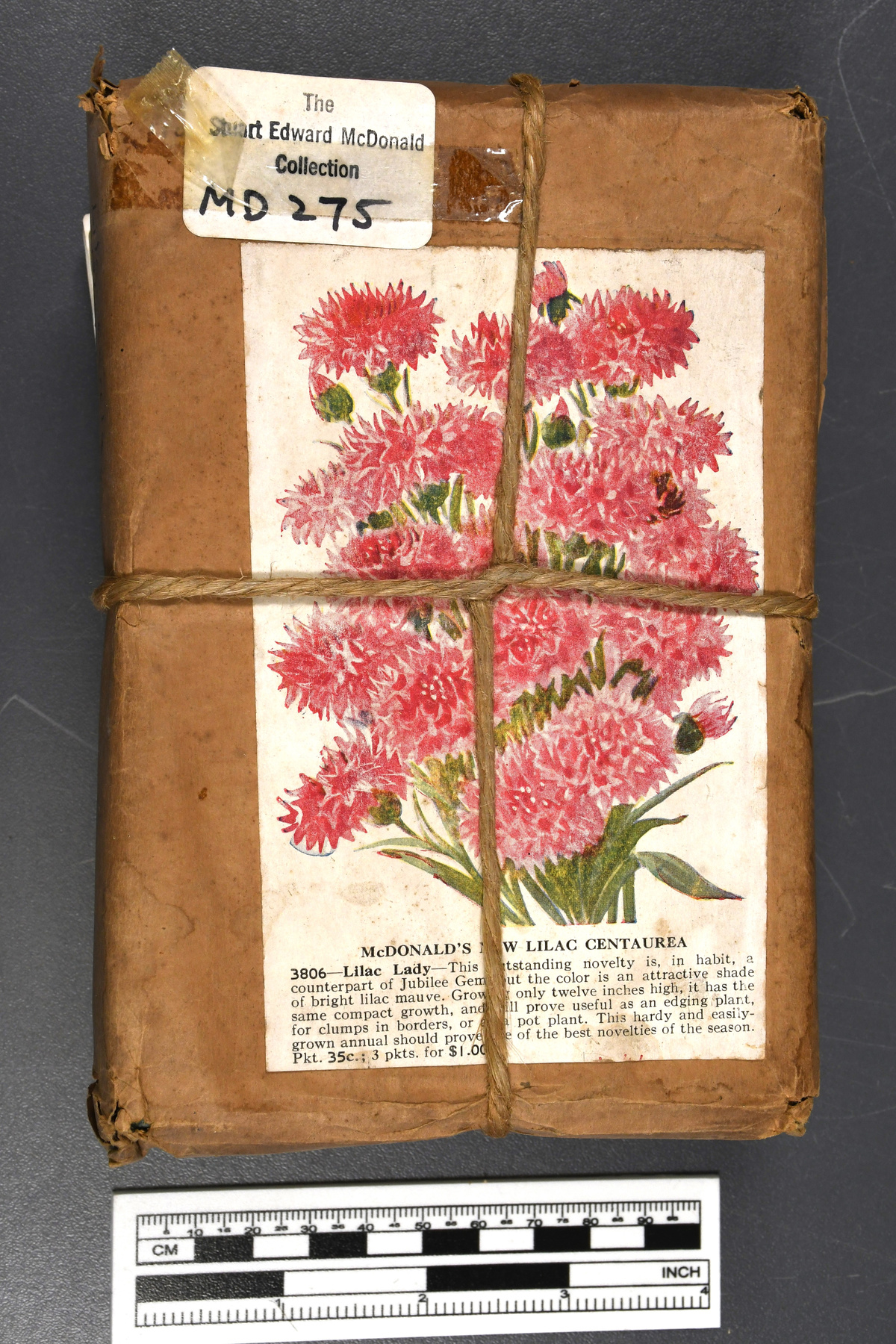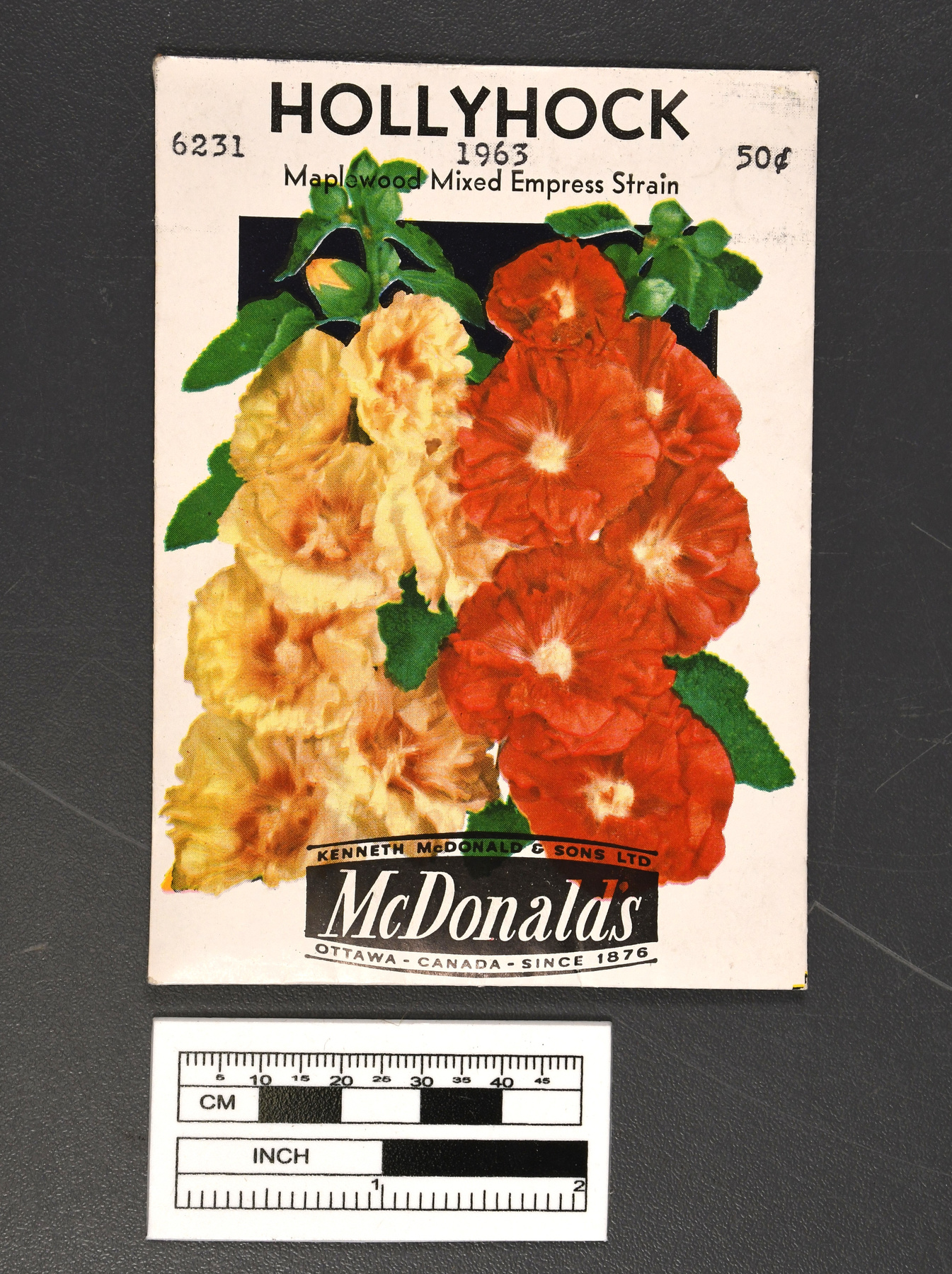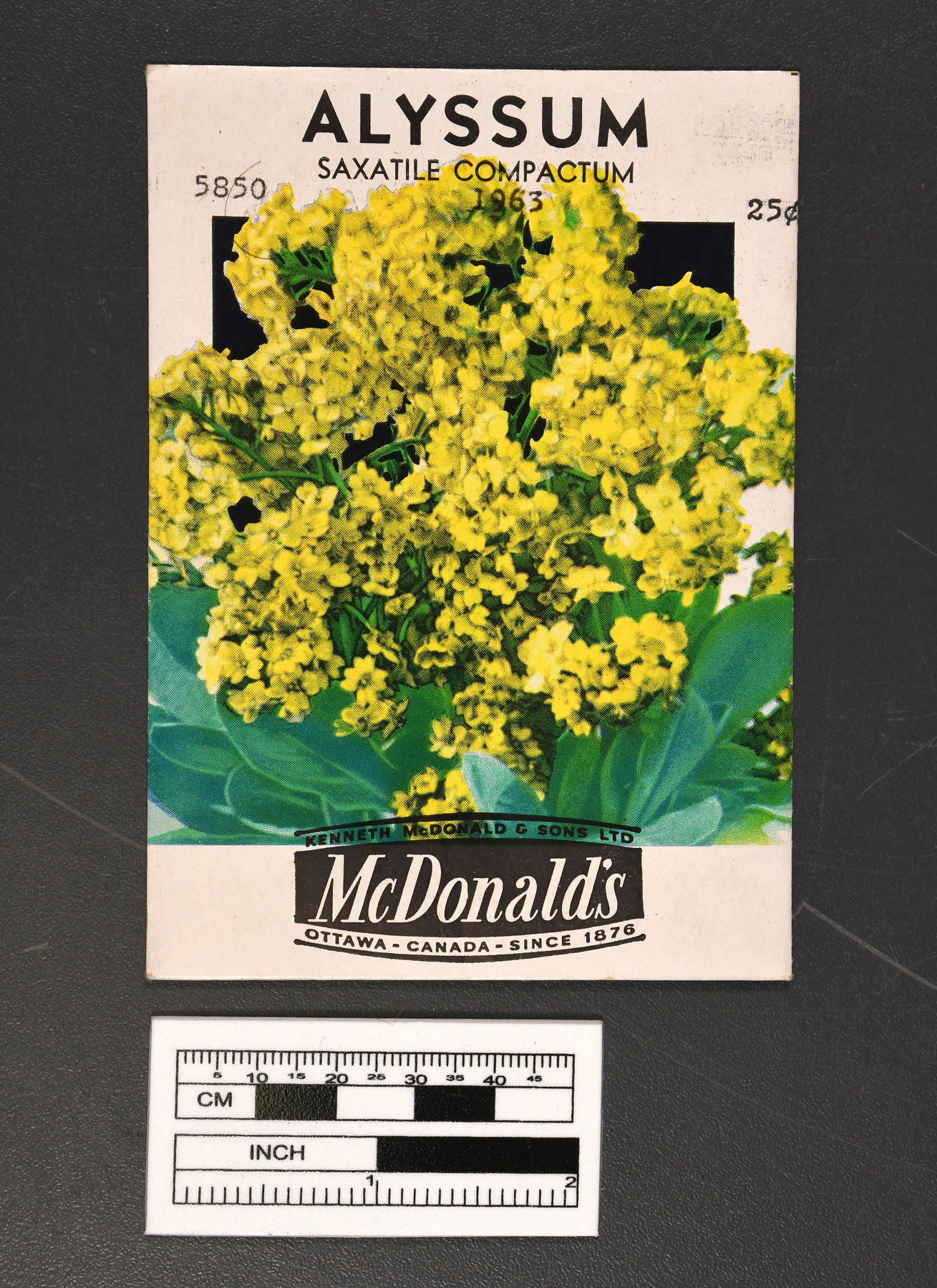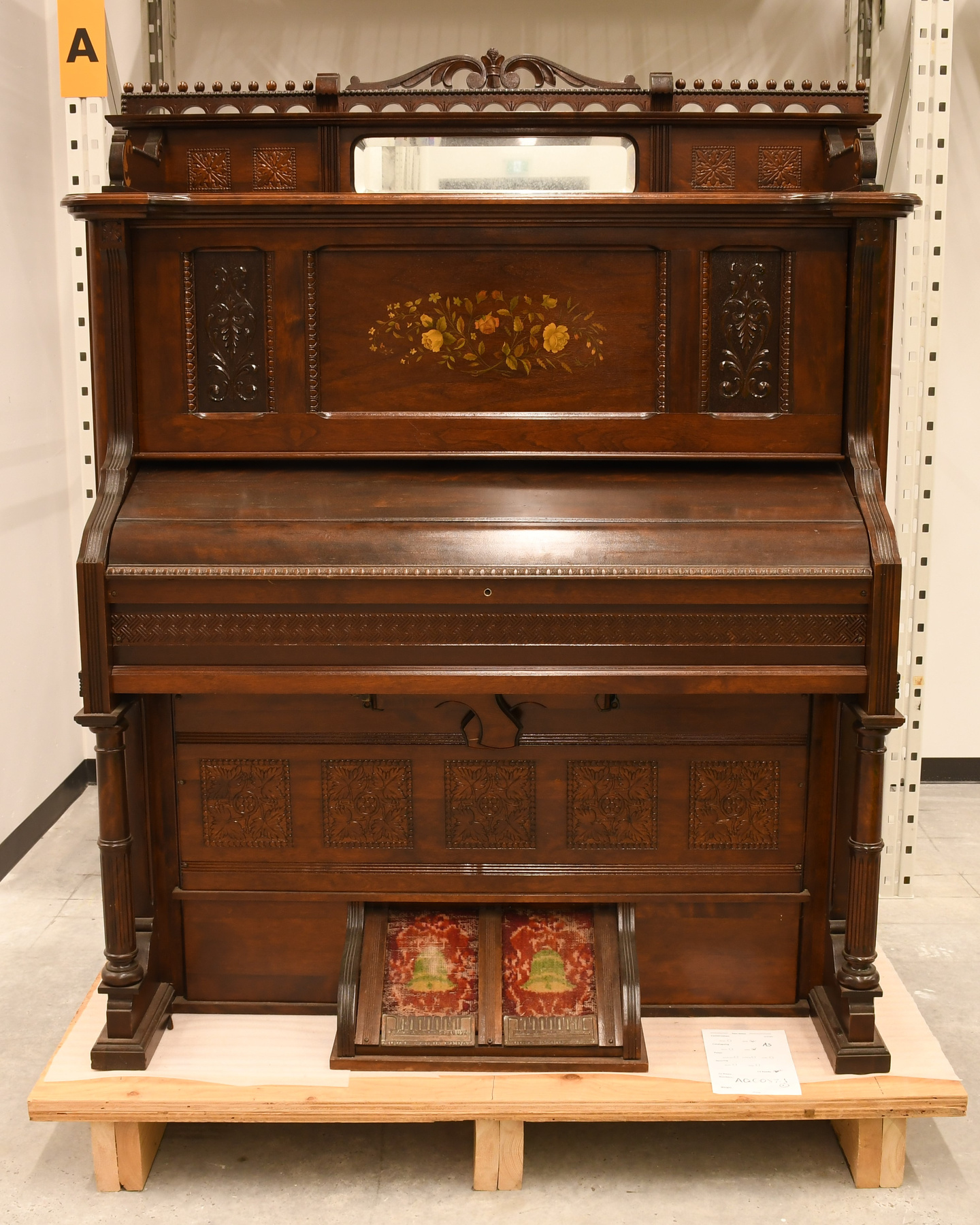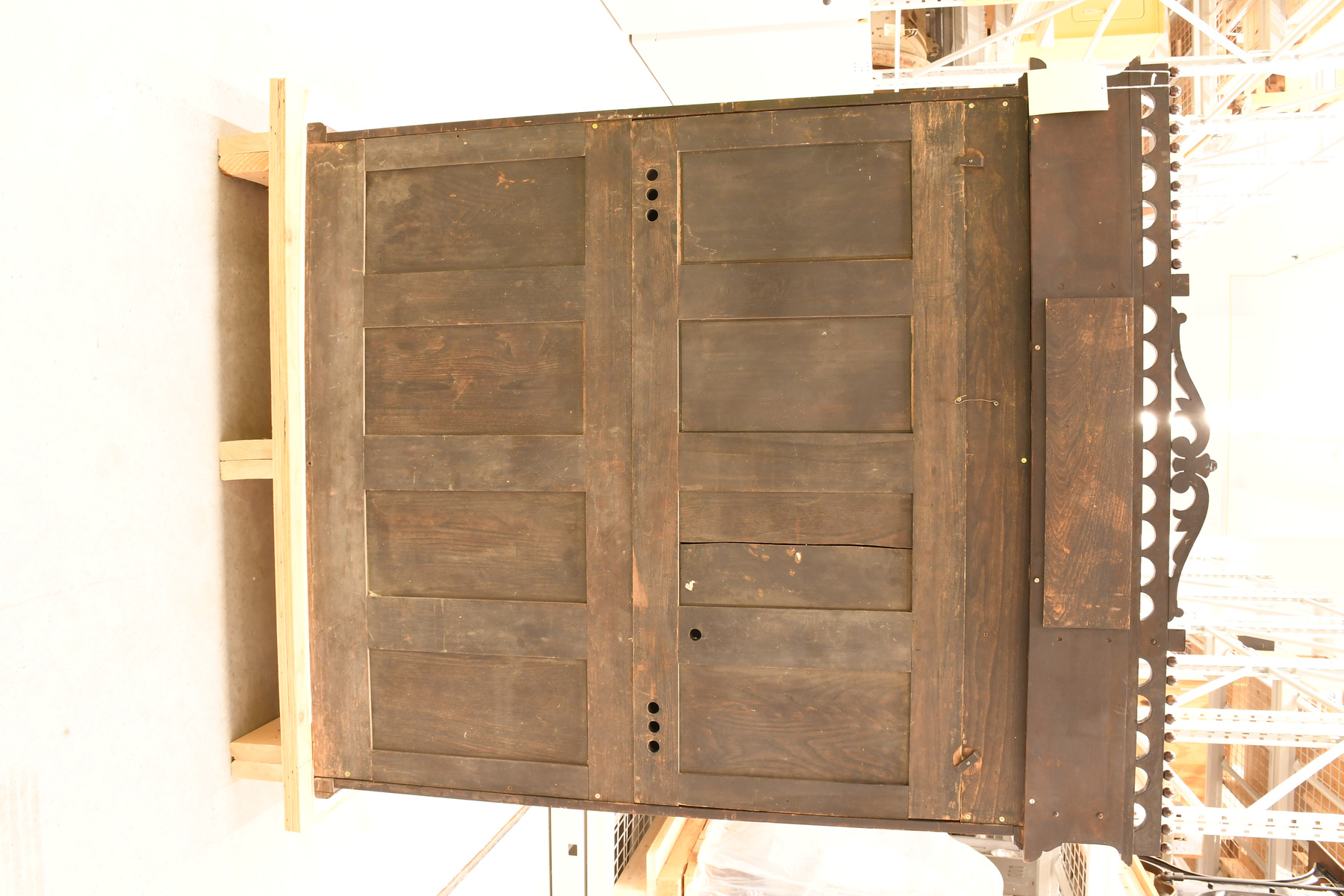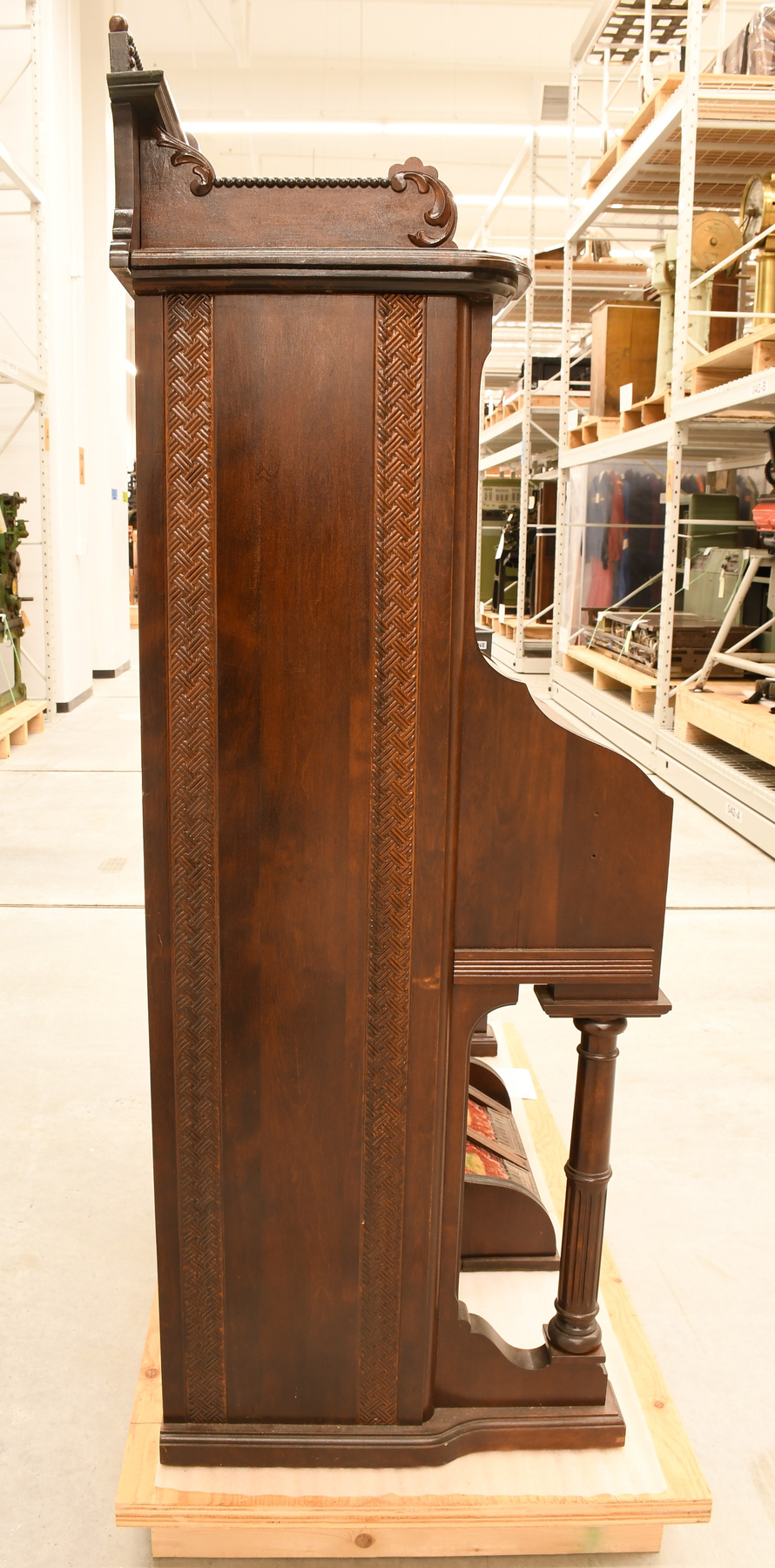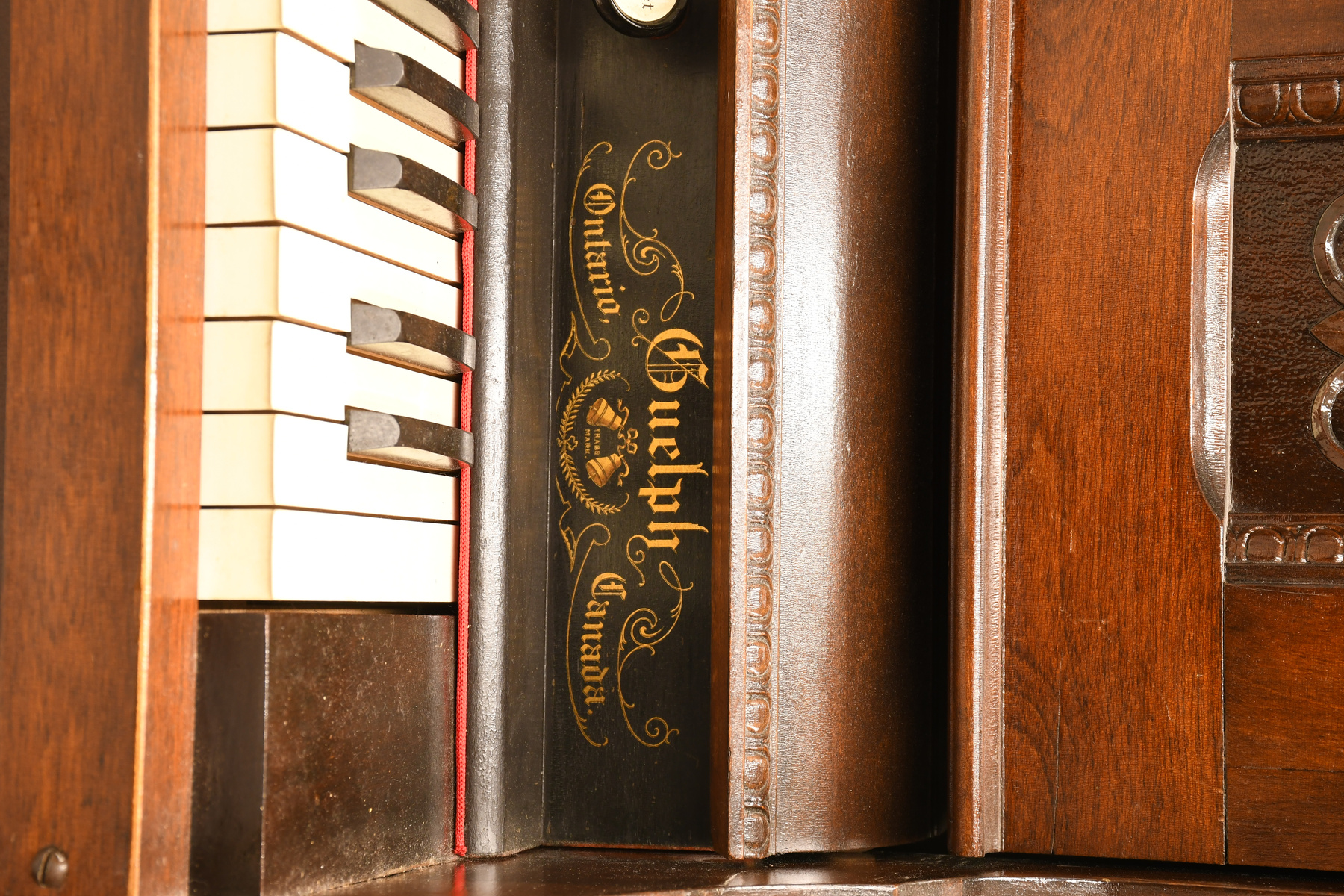Organ
Use this image
Can I reuse this image without permission? Yes
Object images on the Ingenium Collection’s portal have the following Creative Commons license:
Copyright Ingenium / CC BY-NC-ND (Attribution-NonCommercial 4.0 International (CC BY-NC 4.0)
ATTRIBUTE THIS IMAGE
Ingenium,
2007.0806.001
Permalink:
Ingenium is releasing this image under the Creative Commons licensing framework, and encourages downloading and reuse for non-commercial purposes. Please acknowledge Ingenium and cite the artifact number.
DOWNLOAD IMAGEPURCHASE THIS IMAGE
This image is free for non-commercial use.
For commercial use, please consult our Reproduction Fees and contact us to purchase the image.
- OBJECT TYPE
- Harmonium/pump/reed
- DATE
- 1907
- ARTIFACT NUMBER
- 2007.0806.001
- MANUFACTURER
- Bell Piano & Organ Co. Ltd.
- MODEL
- 380
- LOCATION
- Guelph, Ontario, Canada
More Information
General Information
- Serial #
- 112815
- Part Number
- 1
- Total Parts
- 1
- AKA
- N/A
- Patents
- N/A
- General Description
- Wooden reed pump organ.
Dimensions
Note: These reflect the general size for storage and are not necessarily representative of the object's true dimensions.
- Length
- 100.0 cm
- Width
- 60.0 cm
- Height
- 160.0 cm
- Thickness
- N/A
- Weight
- 106.0
- Diameter
- N/A
- Volume
- N/A
Lexicon
- Group
- Communications
- Category
- Music
- Sub-Category
- N/A
Manufacturer
- AKA
- Bell
- Country
- Canada
- State/Province
- Ontario
- City
- Guelph
Context
- Country
- Canada
- State/Province
- Ontario
- Period
- Used up until 1997 when it was found in a newly purchased house in the east end of Ottawa.
- Canada
-
The instrument was made and used in Canada. The organ was made in Guelph, Ontario by a Canadian manufacturer of pianos and organs, the Bell Piano and Organ Co. Ltd. It was first purchased in 1907. The Bell Piano and Organ Co. is an important Canadian instrument builder. The company was established in 1864 in Guelph by William and Robert Bell. The company grew fast; by 1880 it produced over 1200 pianos and organs per year. When it closed down in 1934, the company had manufactured almost 200,000 pianos and organs. These were excellent instruments, and Bell exported all over the world. Bell pianos and organs were purchased by Queen Victoria, kings and queens of Italy and Spain, and even by a Turkish sultan. The company also sold records, phonographs, and sheet music, and published a trade magazine. In 1934, it was sold to Lesage Pianos. Cet instrument a été fabriqué et utilisé au Canada. Cet orgue a été fabriqué à Guelph en Ontario par un manufacturier canadien de pianos et d’orgue; « Bell Piano and Organ Co. Ltd. » est un fabricant important d’instruments canadiens. La compagnie a été établie en 1864 à Guelph par William et Robert Bell. La compagnie a grandi rapidement. Vers 1880, la compagnie produisait au-delà de 1200 pianos et d’orgues par années. Lorsque la compagnie a fermé ces portes en 1934, Bell a fabriqué environ 200, 000 pianos et orgues. Bell fabriquait des instruments excellents et ils étaient exportés partout à travers le monde. Les pianos et les orgues de Bell ont été achetés par la Reine Victoria, les rois et reines d’Italie et d’Espagne et même un sultan Turc. La compagnie vendait aussi des disques de musiques, des phonographes, des feuilles de musiques et publiaient une publication spécialisée. - Function
-
A free-reed musical instrument in which air is forced through the reeds by bellows to produce sound. Un instrument de musique qui utilise l'air qui est poussé à travers les anches par les soufflets pour produire un son. - Technical
-
Bell Co. was one of the first organ manufacturers who introduced Reed organs to Canada. There were two types of reed organs built around mid-19th century; Small organs popular in the 1840s and 1850s were called melodeons or cottage organs; the larger type introduced in the 1860s was known as a cabinet organ and were often reffered to as pump organs. Bell Piano and Organ Co. operated two factories in Guelph, along with its own lumberyard. Unlike many other manufacturers, Bell made entire instruments. Woodworking, staining and finishing, polishing and varnishing were done within Factory 1. Bellow making, trimming and action making were done within Factory 2. The reed organs were promoted as less expensive, lighter and easier to maintain instruments than pianos. Their volume and tonal range however was limited. The organs made by Bell had keyboards of four to five octaves, two small horizontal bellows and decorated foot treadles to pump the bellows. This organ is a good example of a Bell high-end, good quality, parlour instrument, made at the time when organs were still popular on the market. It was intended for home use and had no decorative pipes. Bell Co. était un des premiers manufacturiers qui ont introduit l’orgue de type Reed au Canada. On peut retrouver deux types d’orgues Reed fabriqué vers le milieu du 19e siècle. Les petits orgues populaires dans les années 1840 et 1850 étaient appelés des mélodéons et le type le plus large introduit dans les années 1860 était reconnu comme des orgues de cabinet ou référé simplement comme orgue à soufflerie manuelle. La compagnie avait deux usines opérationnelles à Guelph ainsi que leur propre cours à bois. Au contraire de plusieurs manufacturiers de l’époque, Bell fabriquait les instruments à l’entier. La charpenterie, la teinture et la finition, le polissage et le vernissage étaient accompli dans l’usine 1. Le soufflet d’orgue, la rognure et la traction mécanique était accompli dans l’usine 2. Les orgues de type Reed était reconnu comme étant un instrument moins dispendieux et plus facile à maintenir comparé au piano. Ceci dit, leur volume et la plage tonale est limitée. Les orgues fabriqués par Bell avaient quatre claviers de quatre à cinq octaves, deux petits soufflets d’orgue horizontale et deux pédales décorés pour pomper les soufflets. Cet orgue est un bel exemple d'un instrument Bell de qualité de haute gamme fabriquée pendant une époque que les orgues étaient encore très populaires sur le marché. L'orgue était conçu pour l'utilisation à la maison et ne contient pas des tuyau décoratifs. - Area Notes
-
Unknown
Details
- Markings
- Above the organ keys: " GUELPH /. ONTARIO, TRADEMARK. /. CANADA " On each of the foot treadles: " PAT'D FEB 24.1887. /. MOUSE PROOF PEDAL "
- Missing
- Two decorative pieces are missing from the inside front of the end panels on top of the organ (the two boards attached to the ends of the mirrored back board.) The entire piece is missing from the bass-side panel, while only the top rear section of carving is missing from the other. The organ apparently had brackets on the ends to support candles or lamps; these are also missing. 5 stop-knob labels are also missing. Deux pièces décoratives venant de l'intérieur du panneau du devant sur le dessus de l'orgue (les deux planches attachés sur les bouts du derrière panneau à miroire.) Un morceau entier n'y est pas présent sur le panneau de la basse tandis que la partie supérieur arrière de la gravure est manquante. L'orgue avait deux supports sur chaque extremité pour appuyer des chandelles ou des lampes. On ne retrouve pas cinq étiquettes pour les boutons.
- Finish
- Large brown wooden organ with cabinet exterior that has a varnish coat. The keys of the organ are celluloid-covered and are slighty yellowed. The back panel of the organ has multiple silver metal screws. Large orgue brun en bois avec le cabinet extérieur qui a une couche de vernis. Les touches d'orgues ont une couverture en celluloïd et elles sont légèrement jaunies. Le panneau en arrière de l'orgue à plusieurs vis en métal argentées.
- Decoration
- N/A
CITE THIS OBJECT
If you choose to share our information about this collection object, please cite:
Bell Piano & Organ Co. Ltd., Organ, circa 1907, Artifact no. 2007.0806, Ingenium – Canada’s Museums of Science and Innovation, http://collection.ingeniumcanada.org/en/id/2007.0806.001/
FEEDBACK
Submit a question or comment about this artifact.
More Like This
